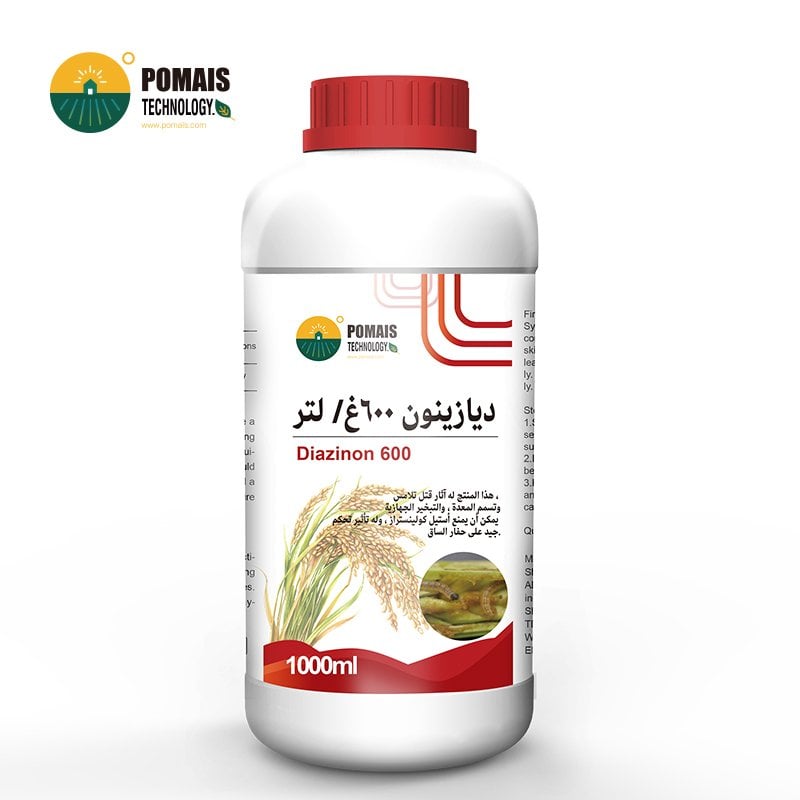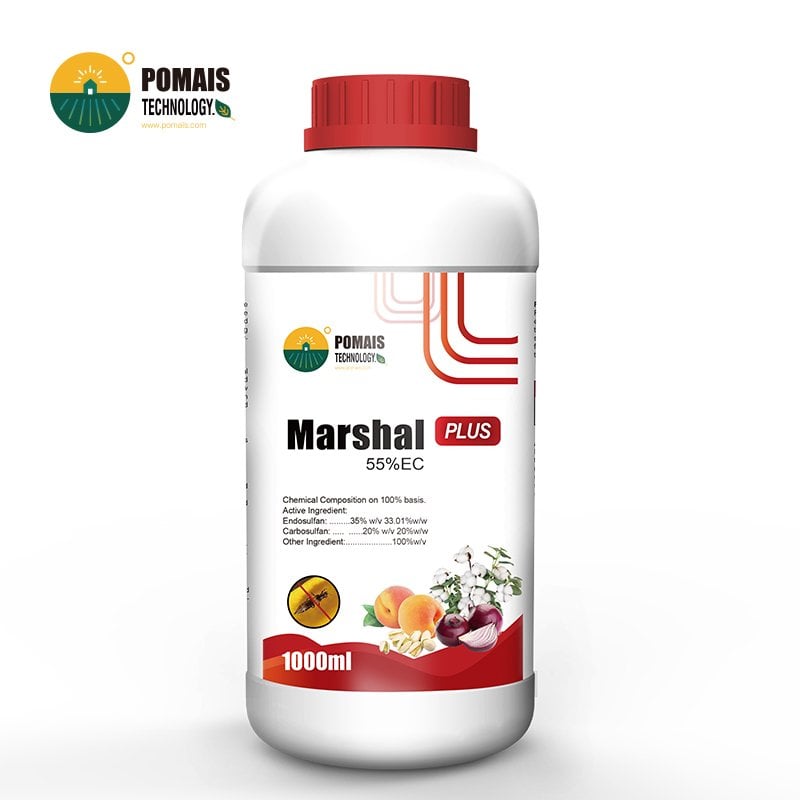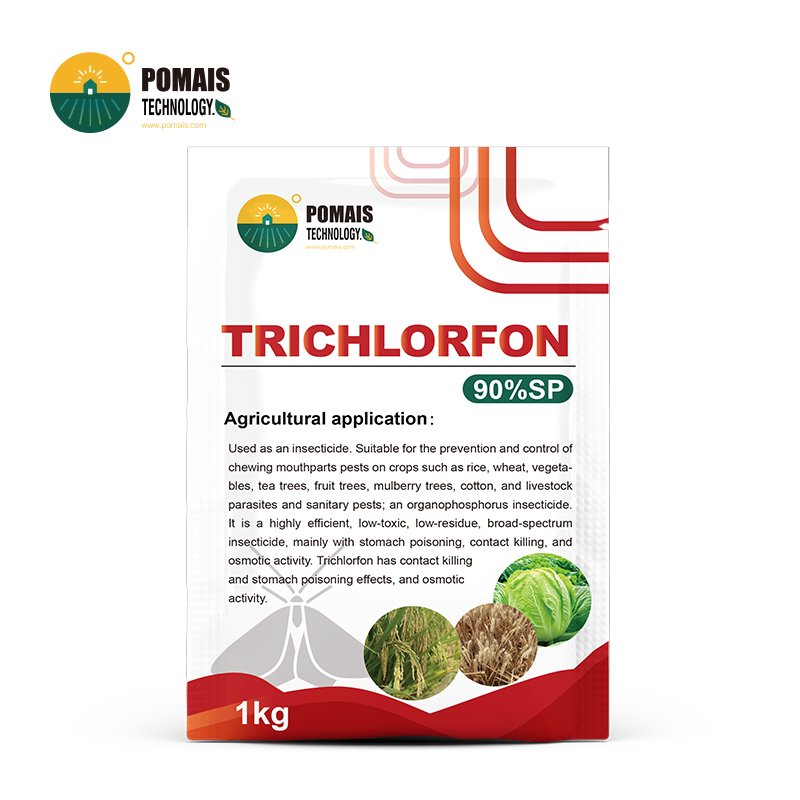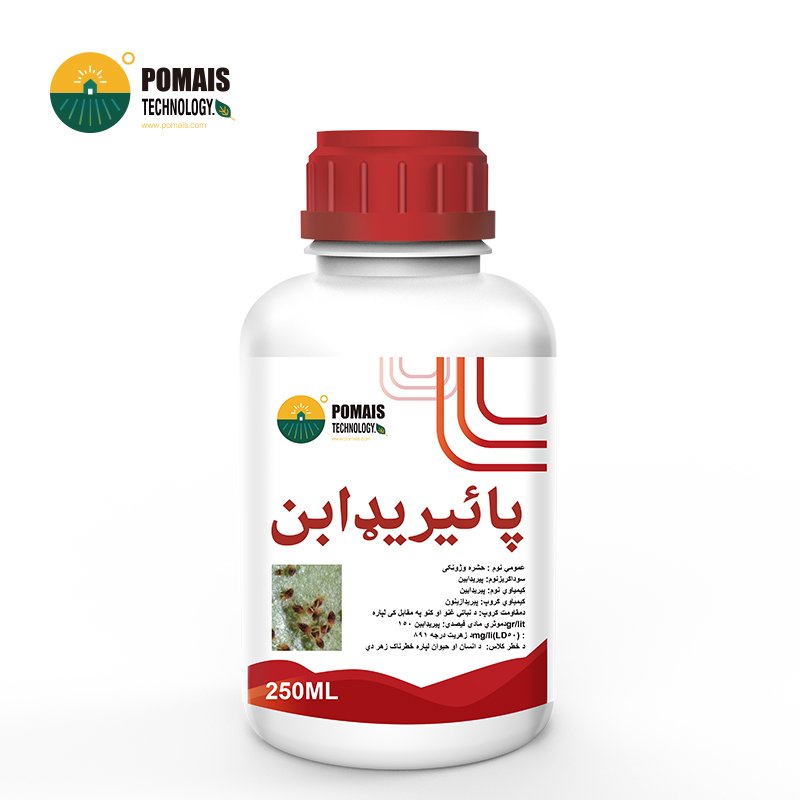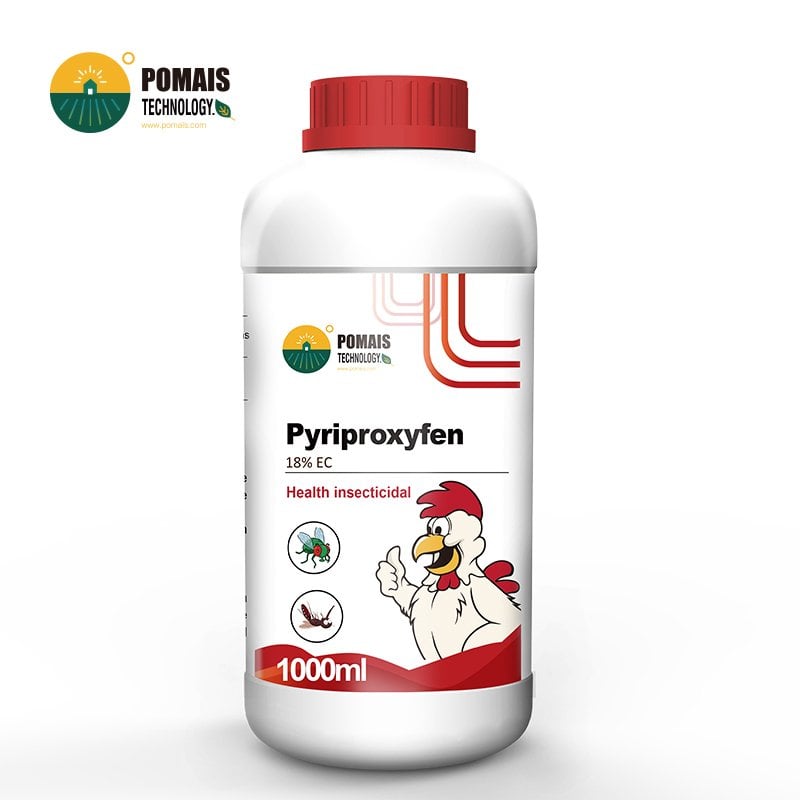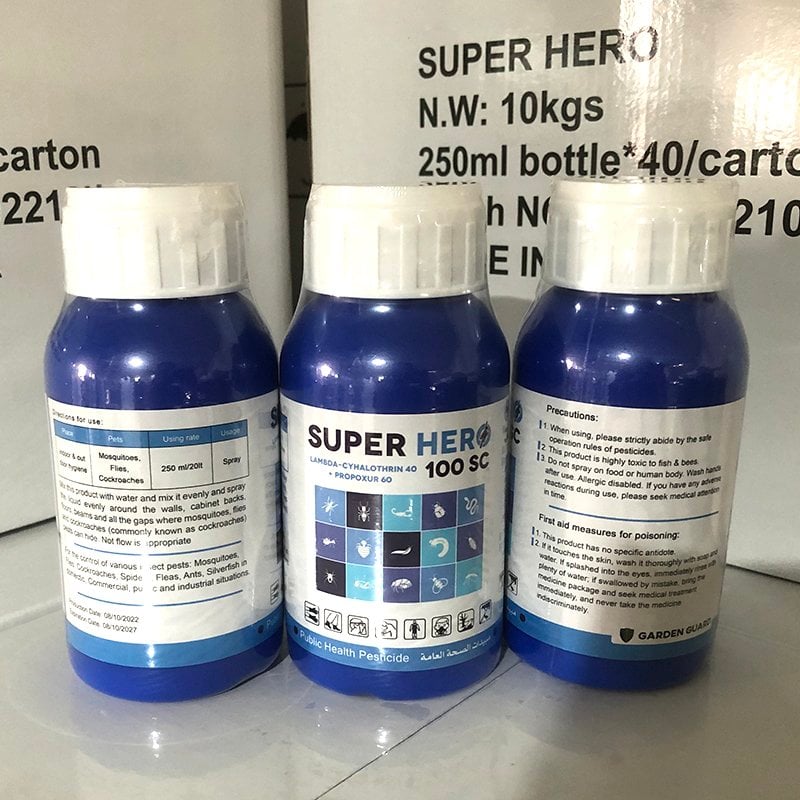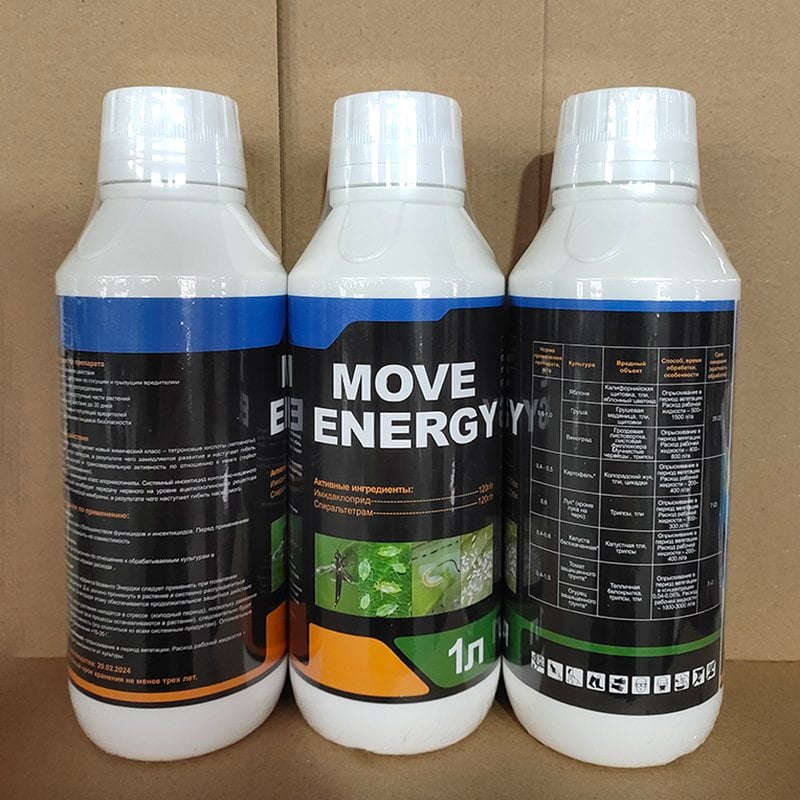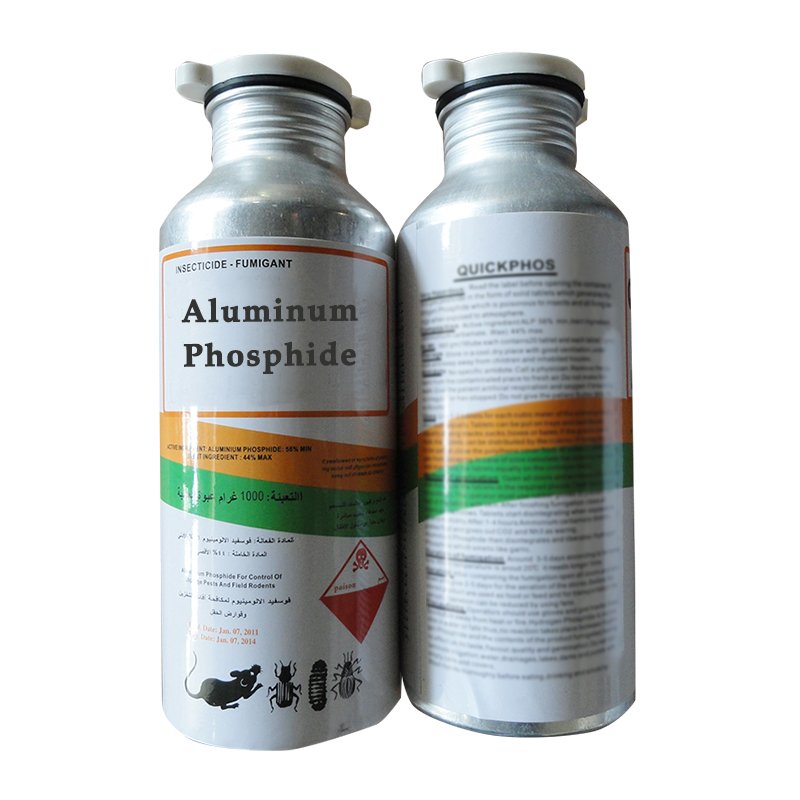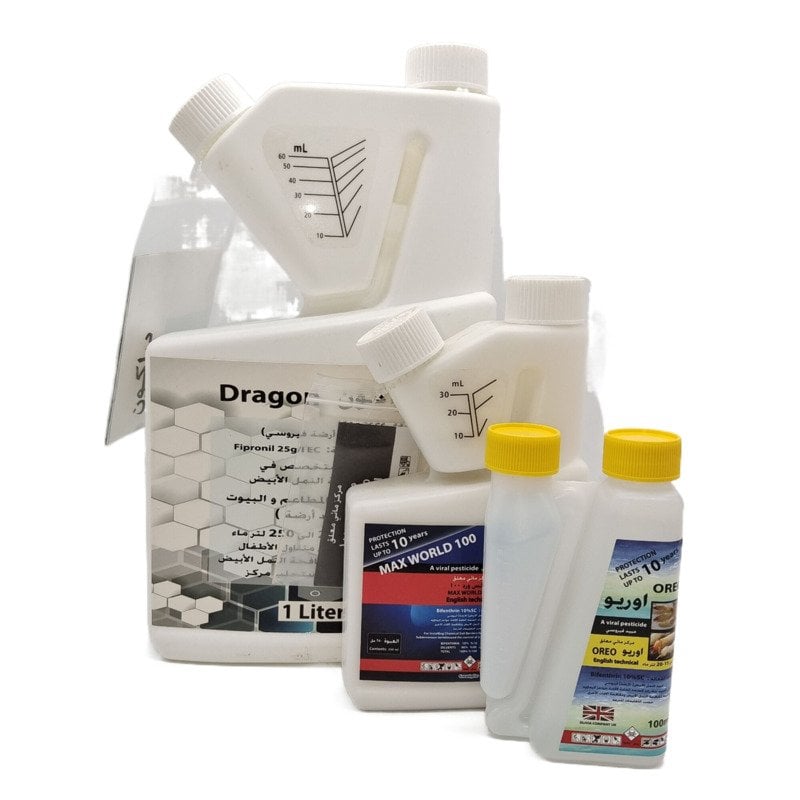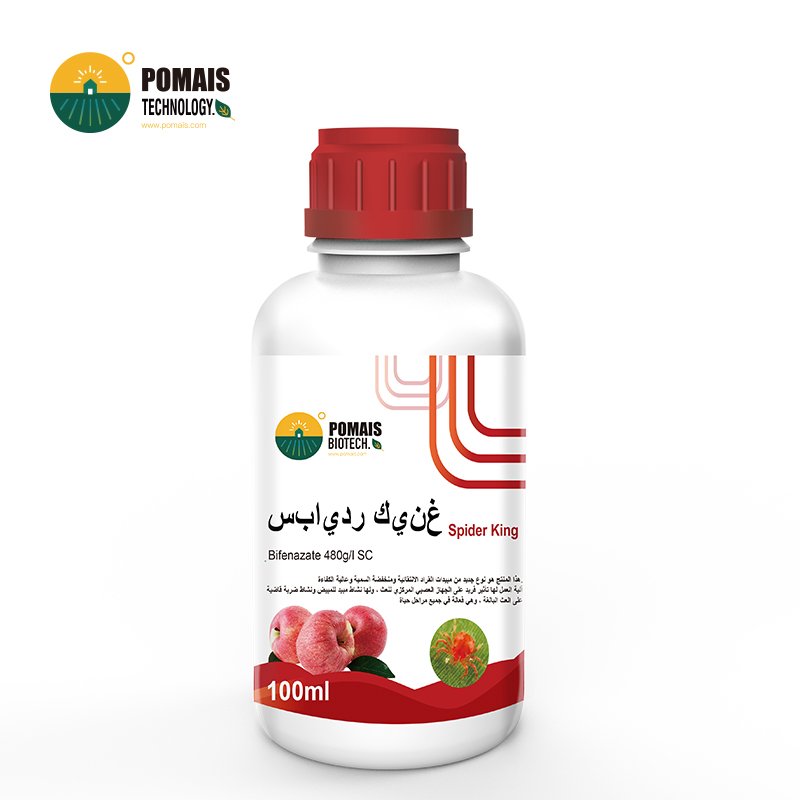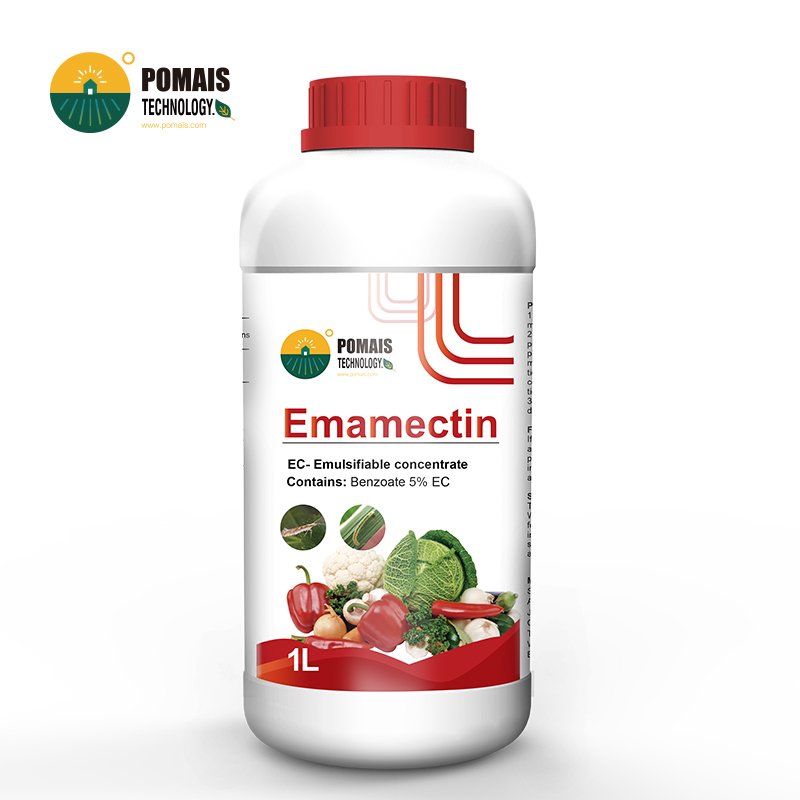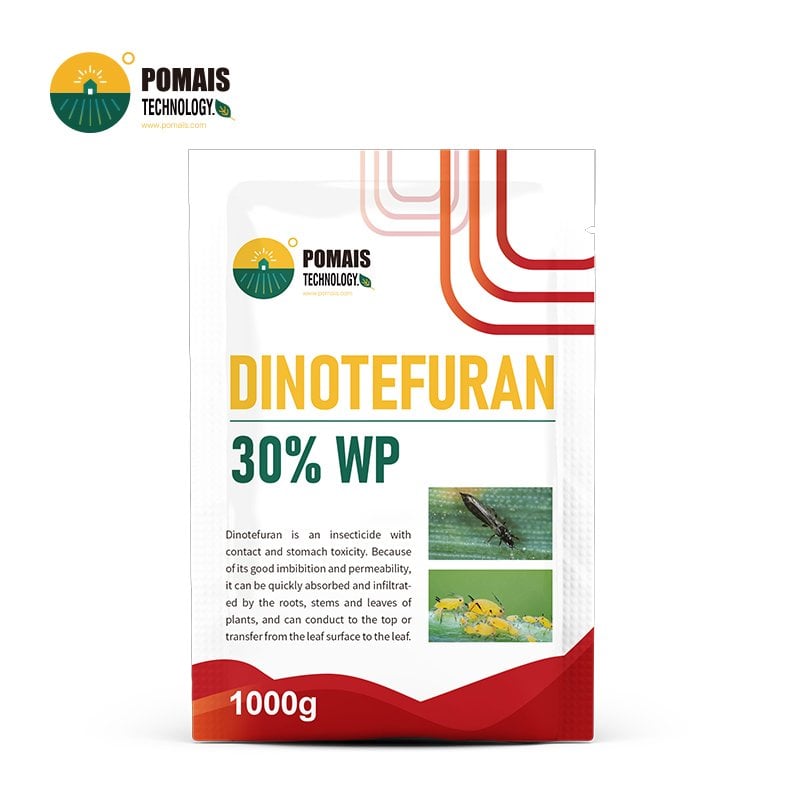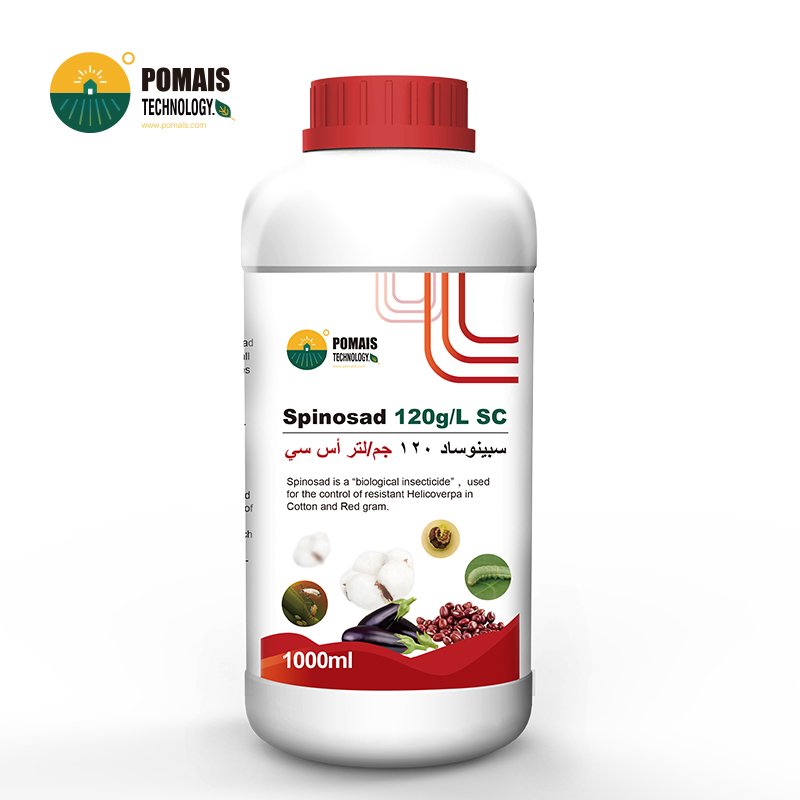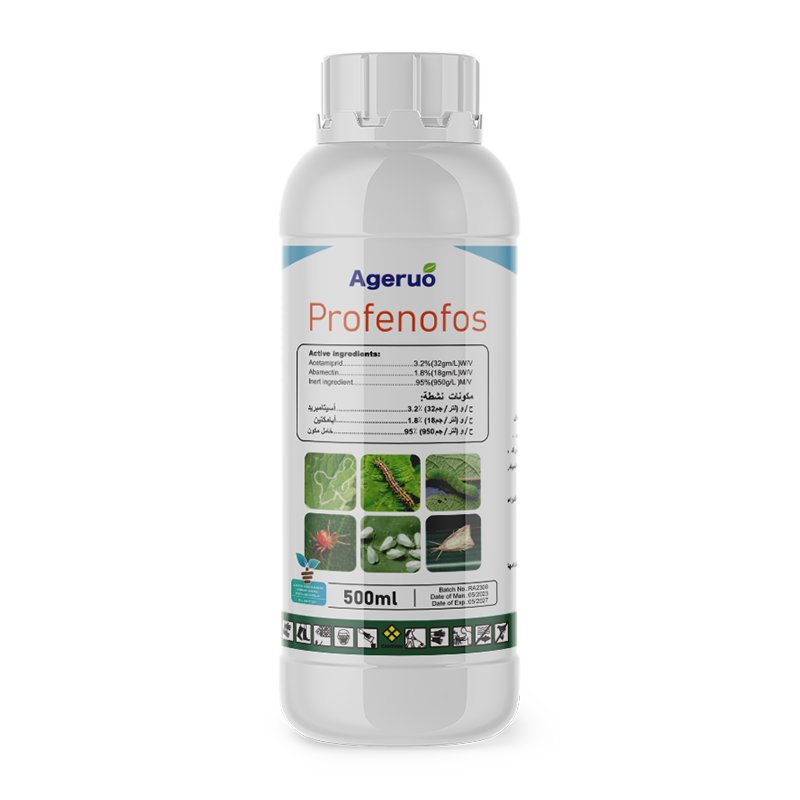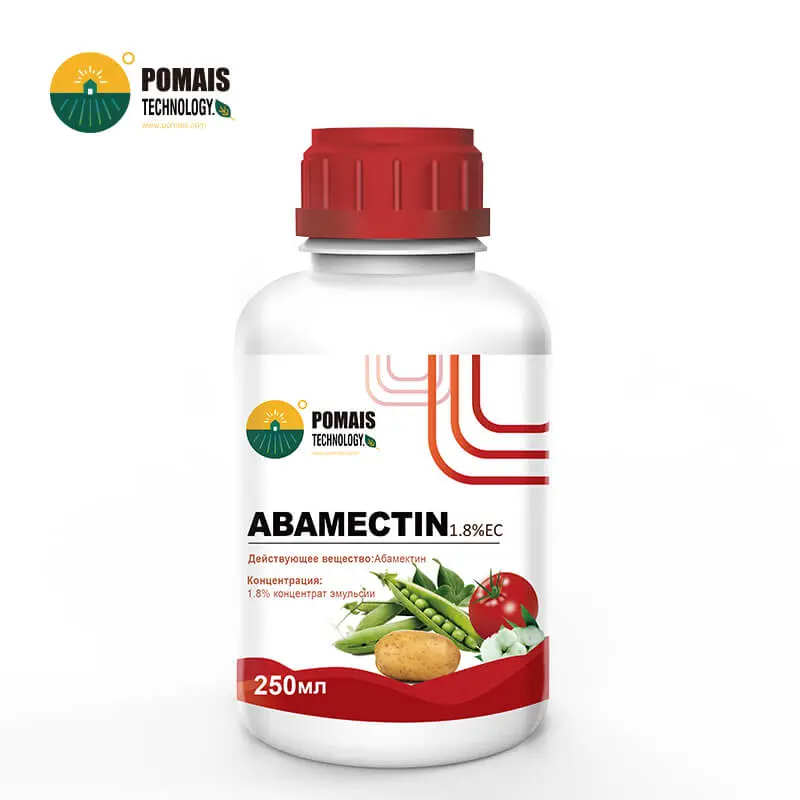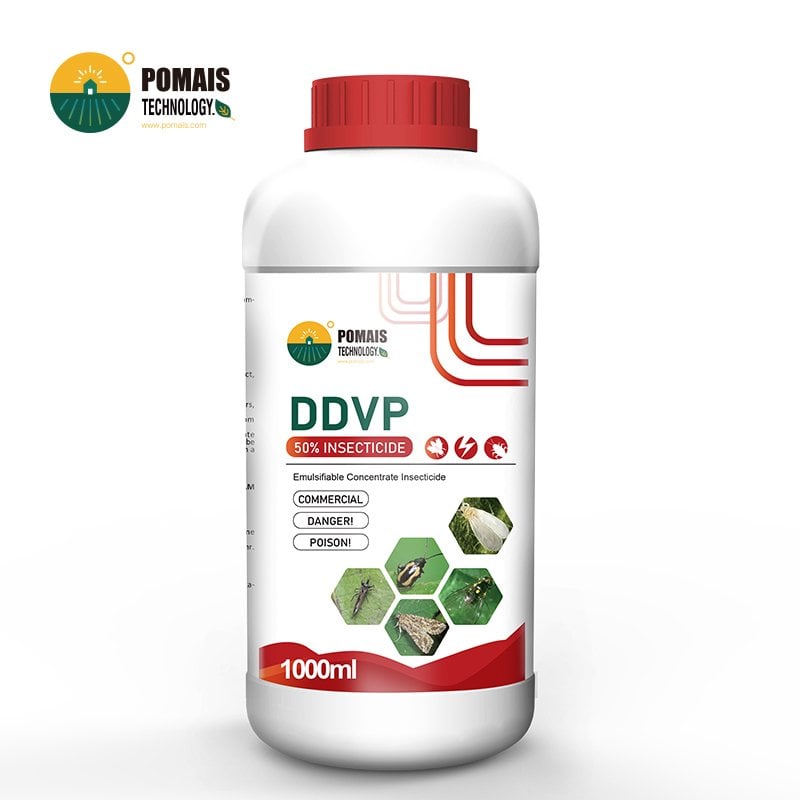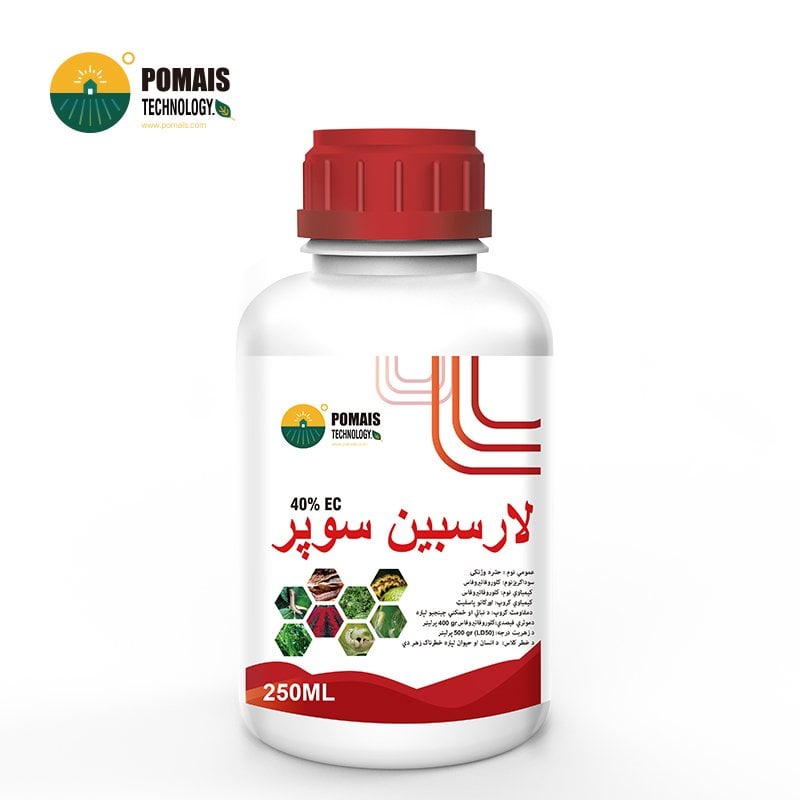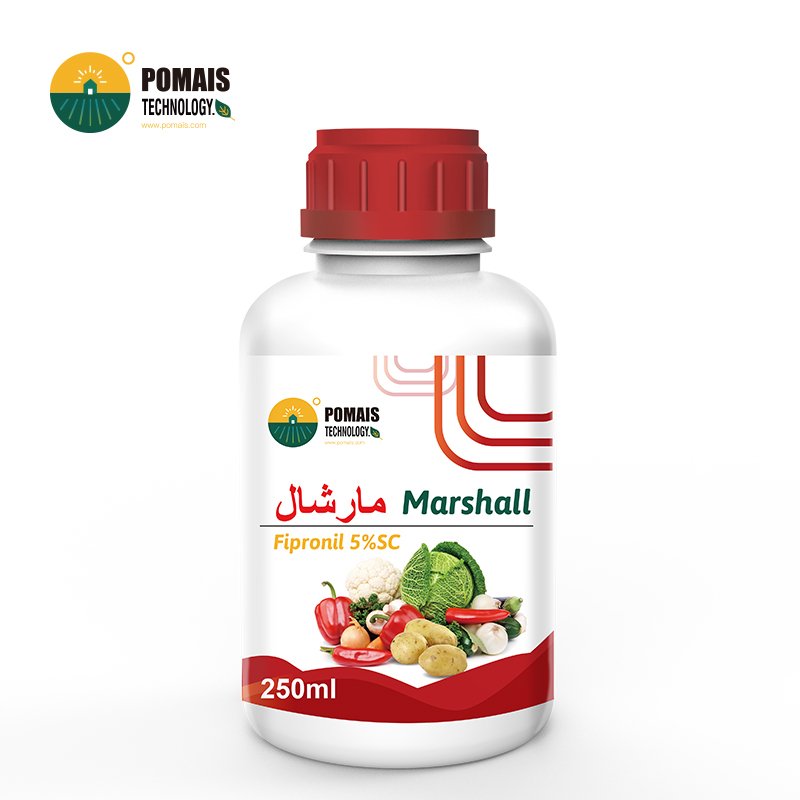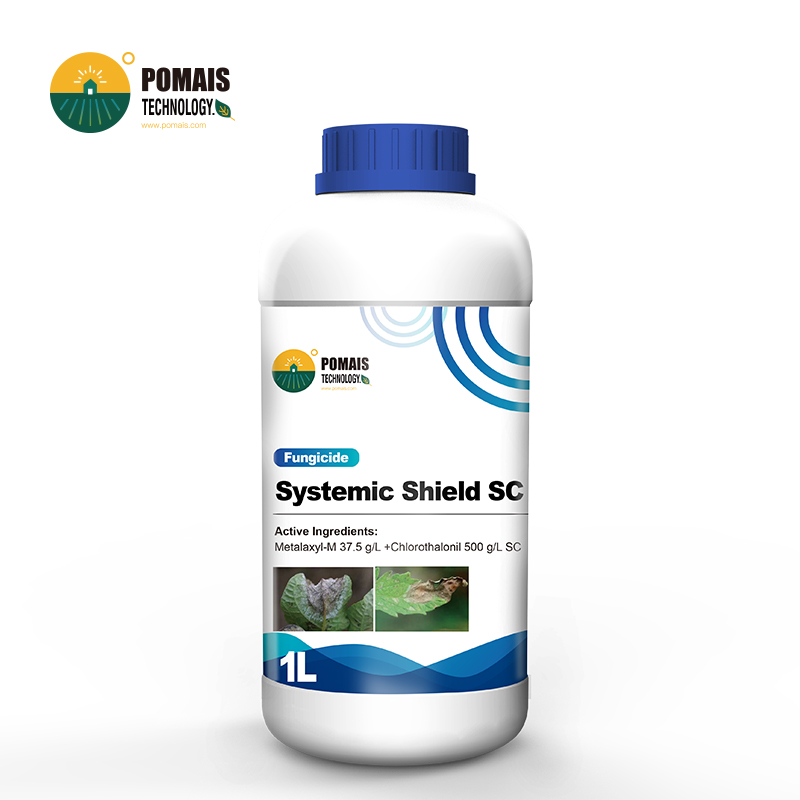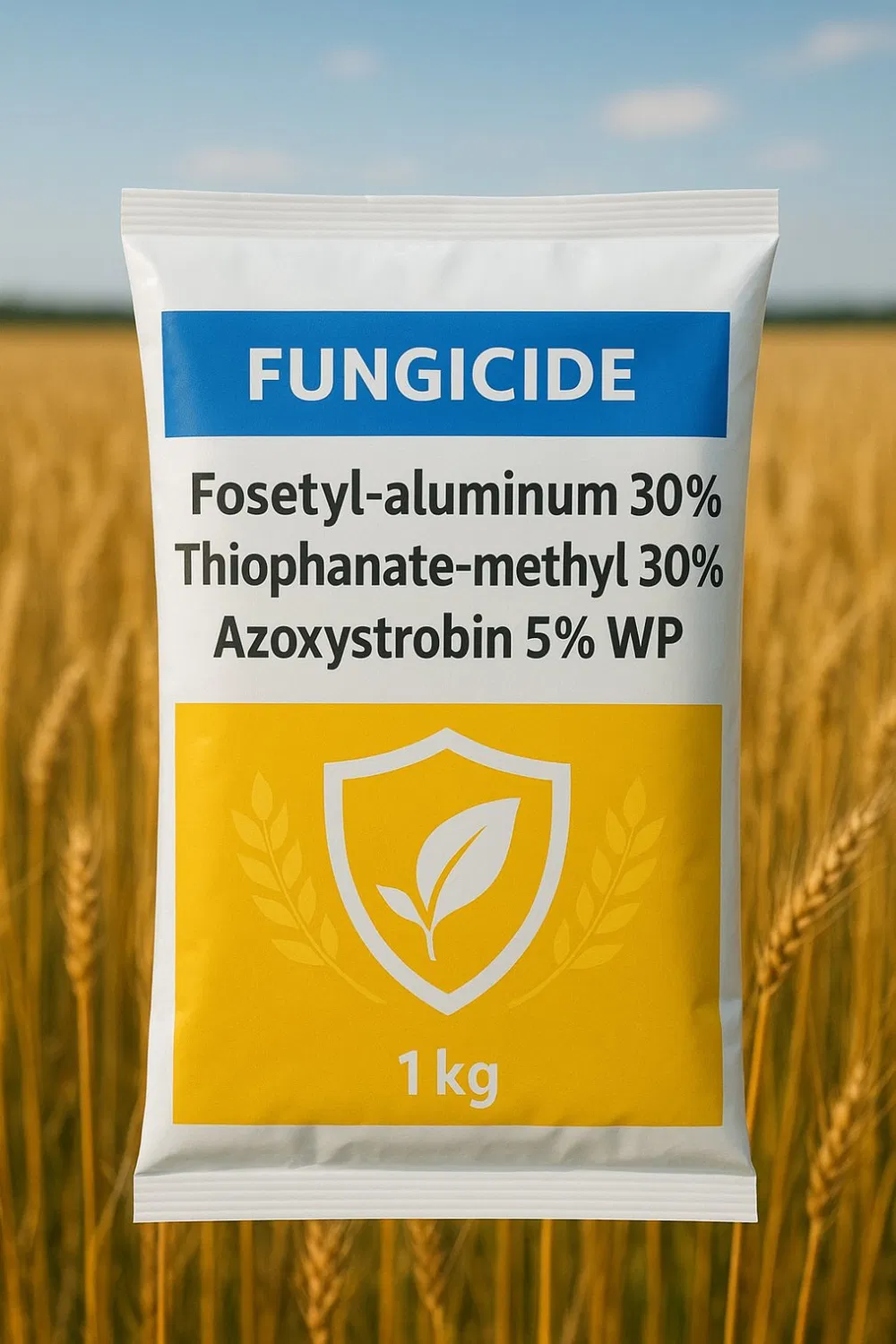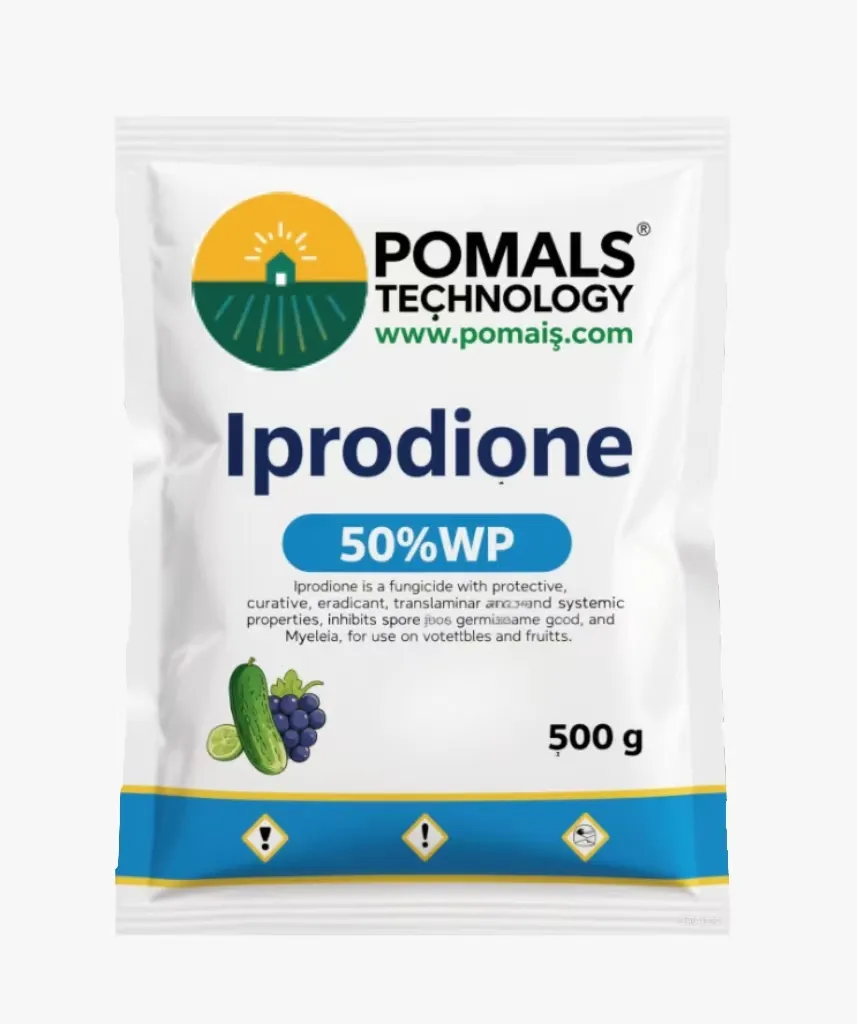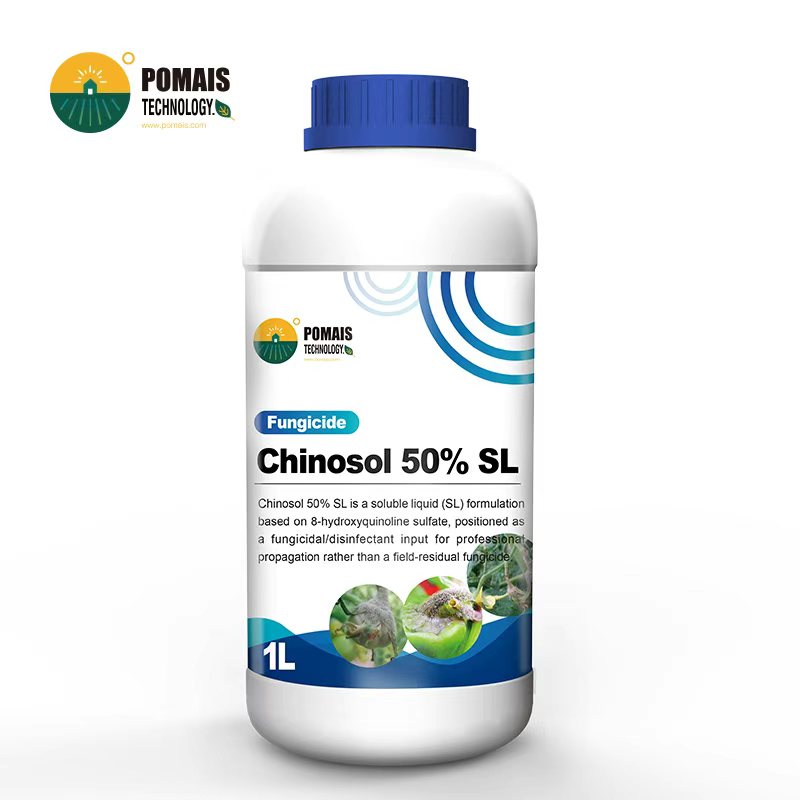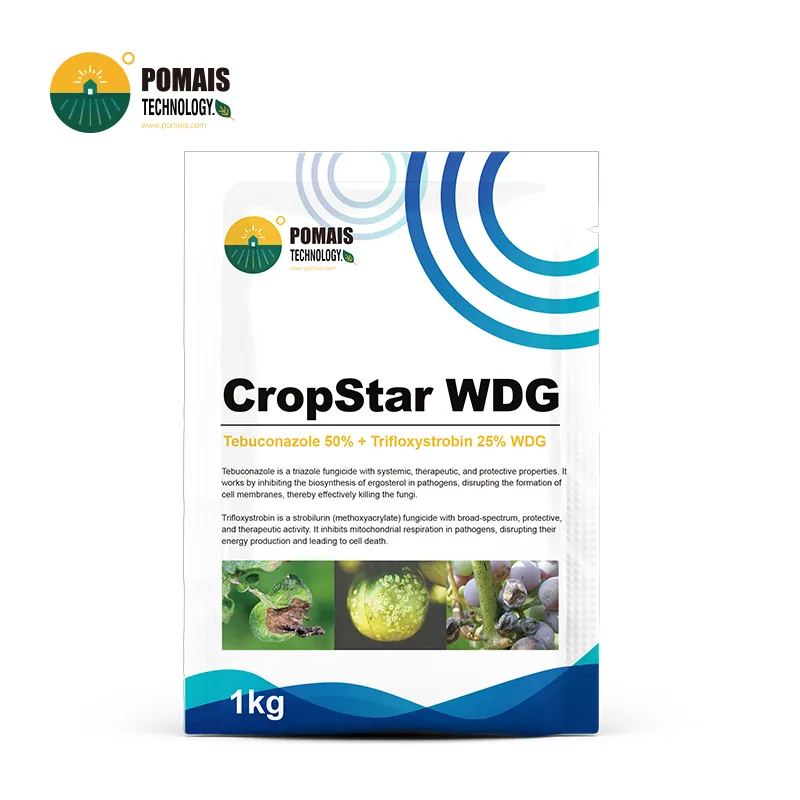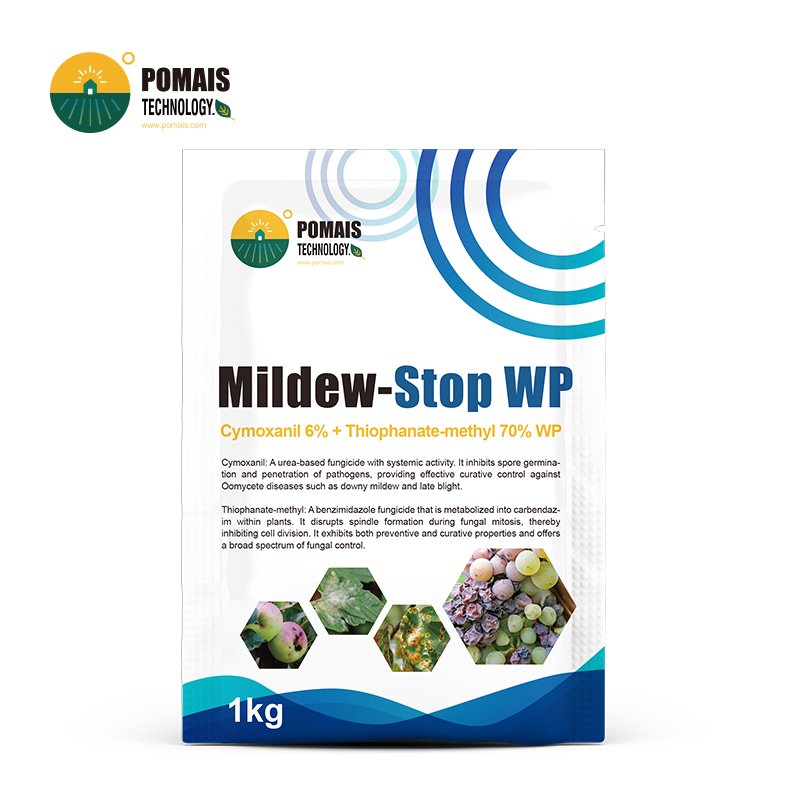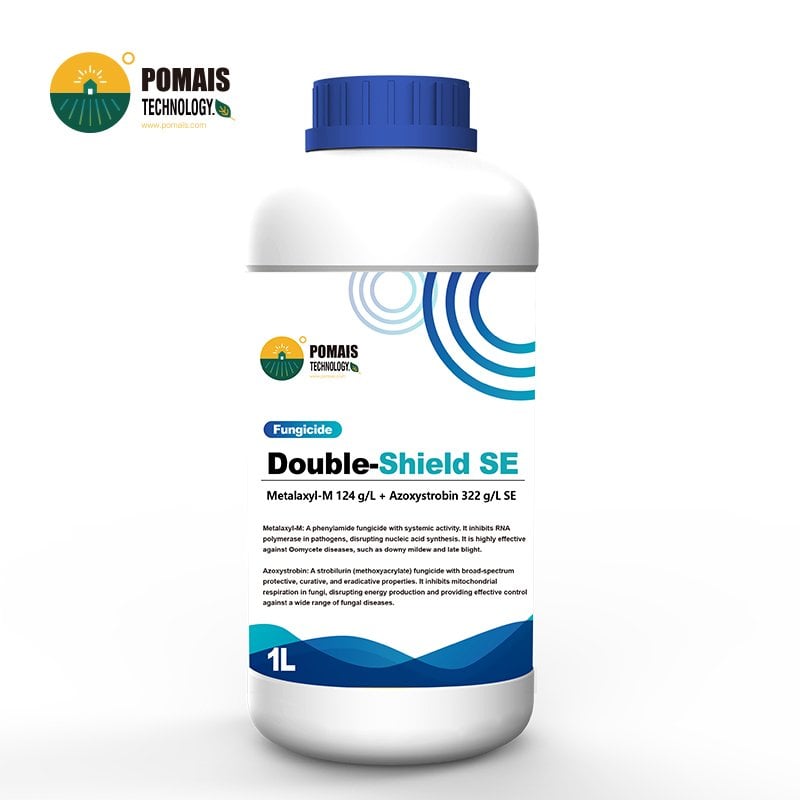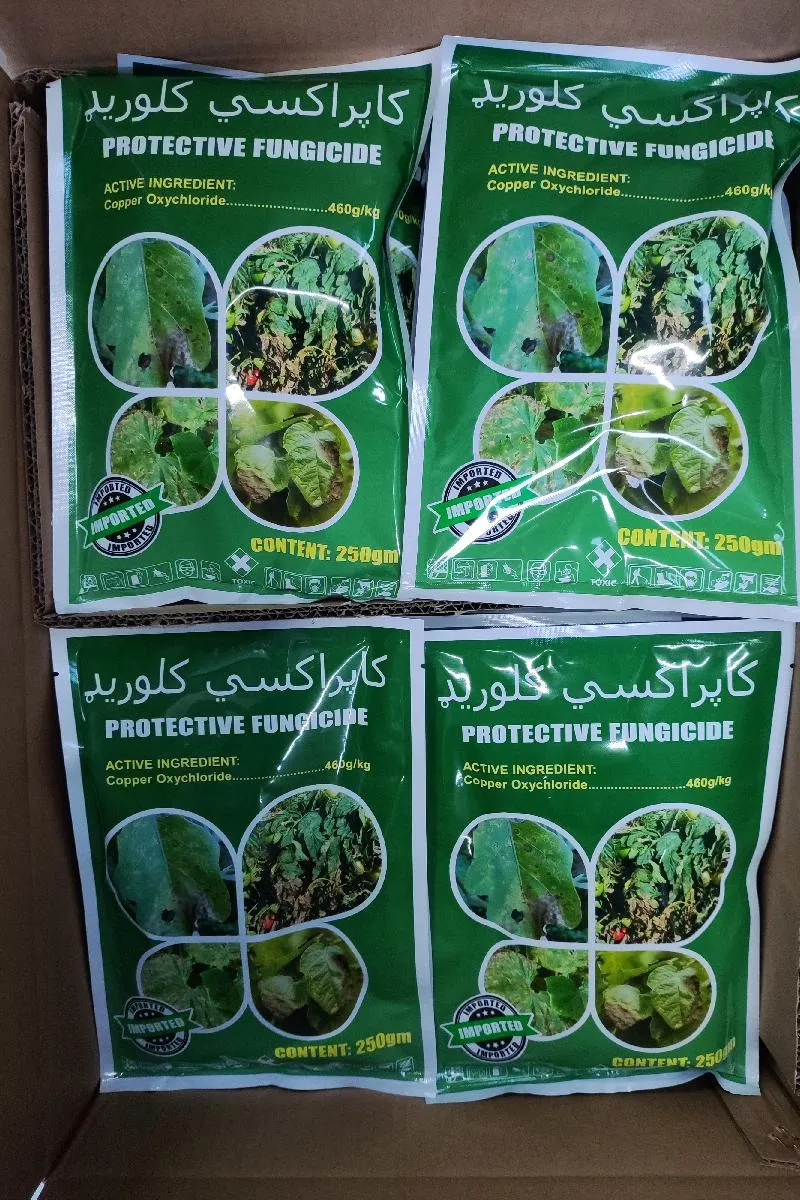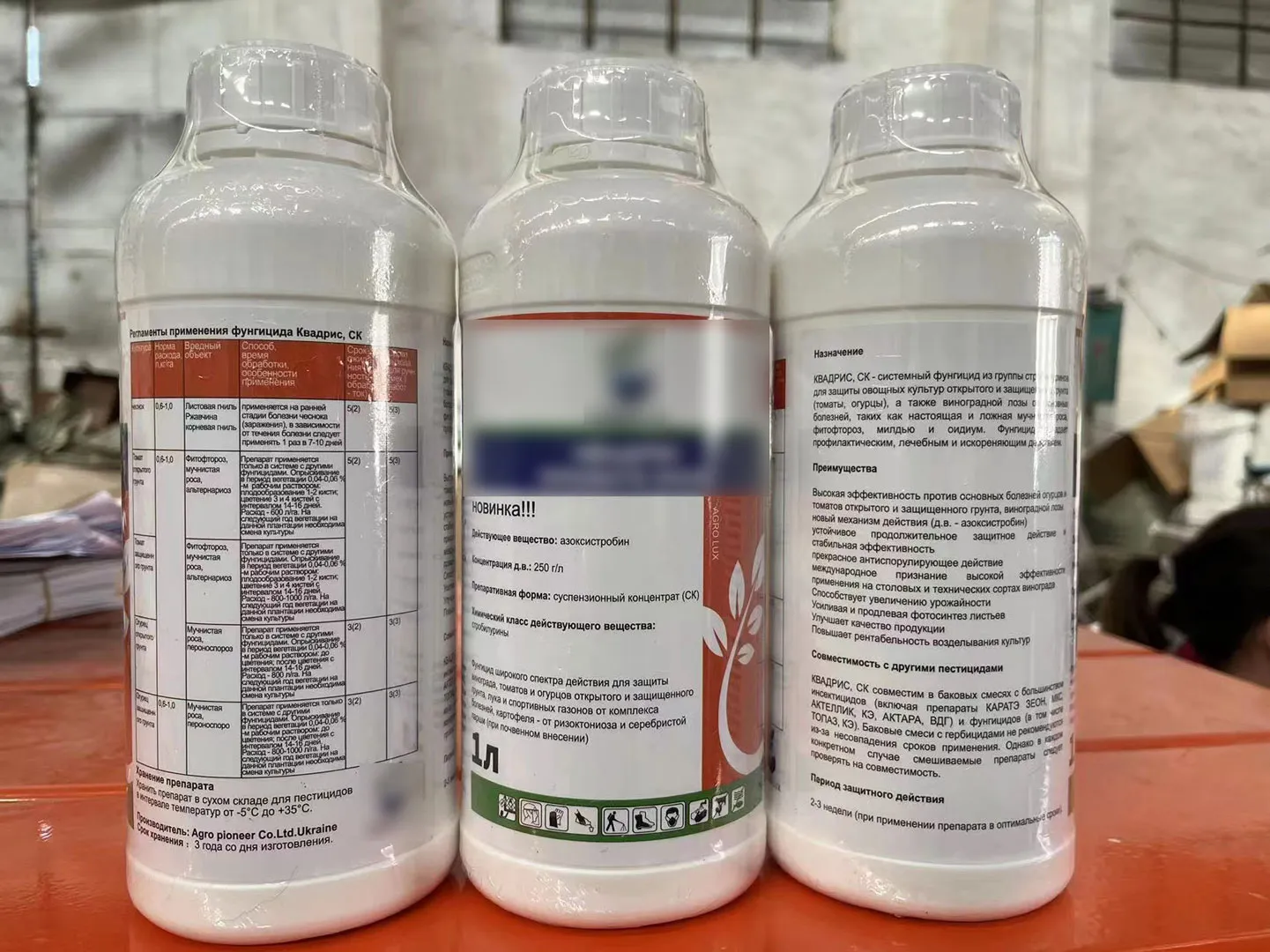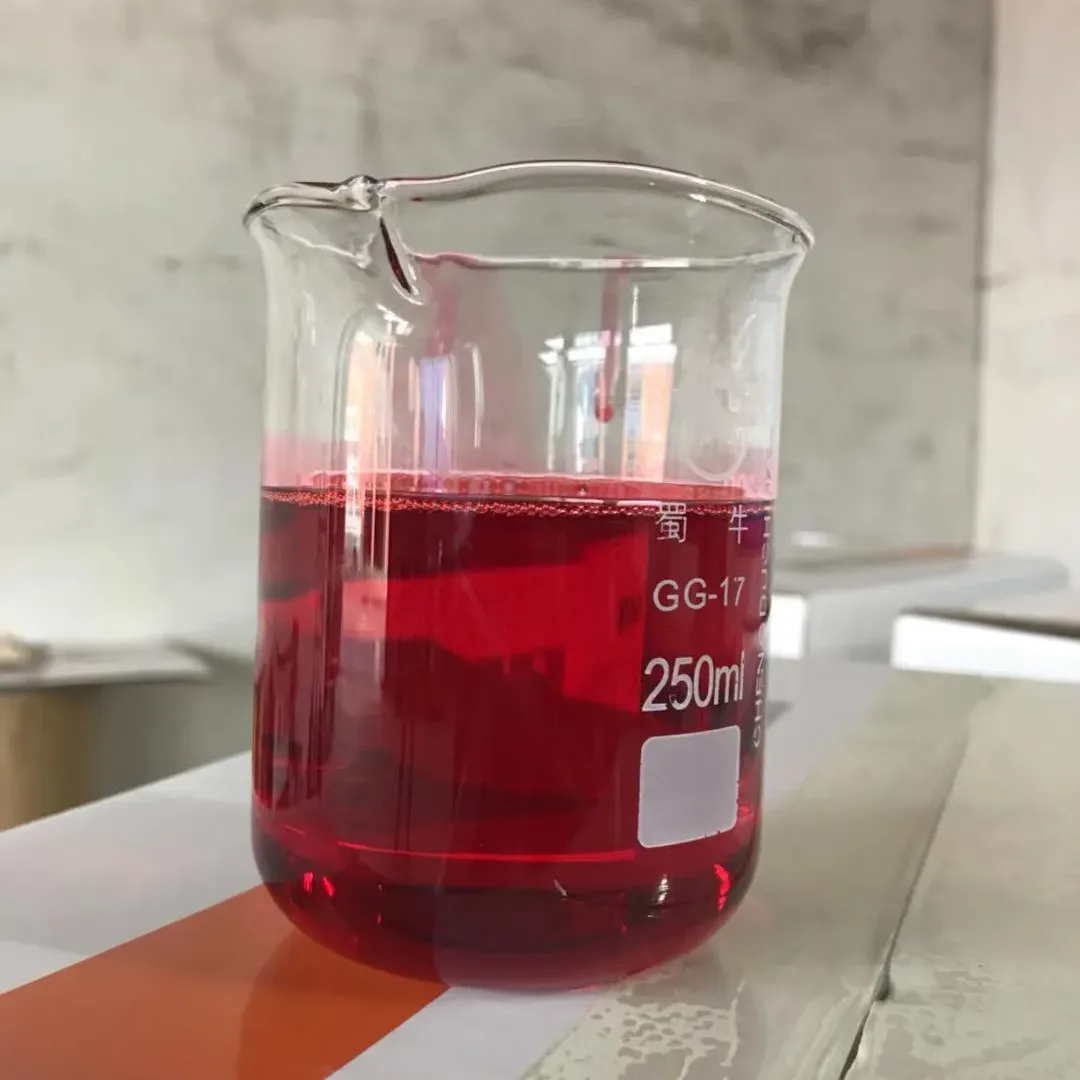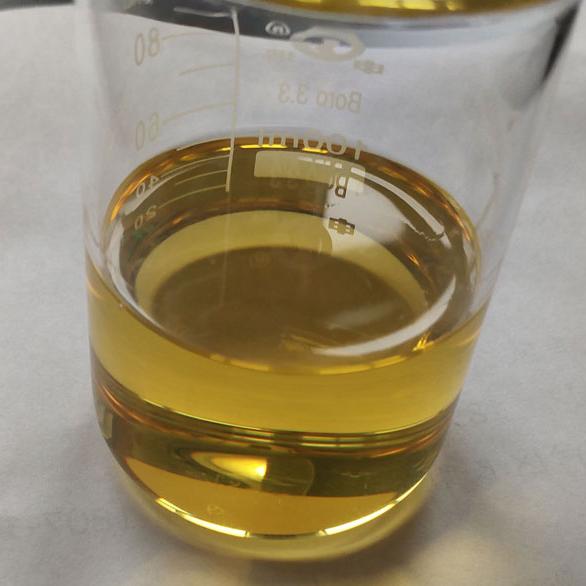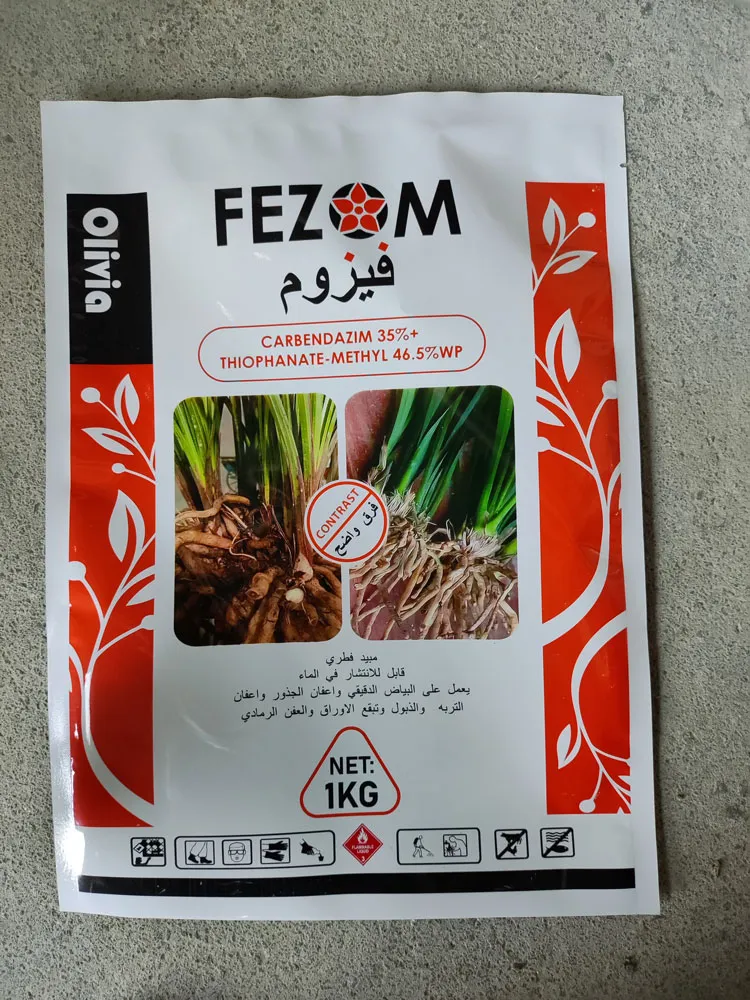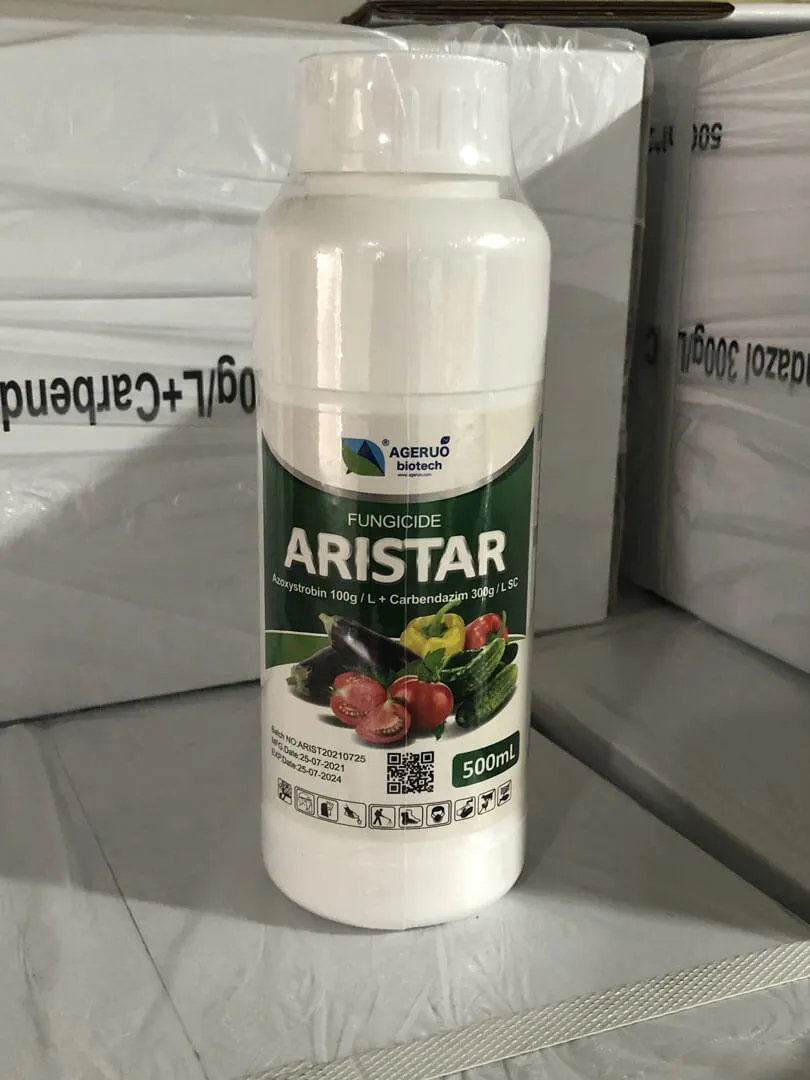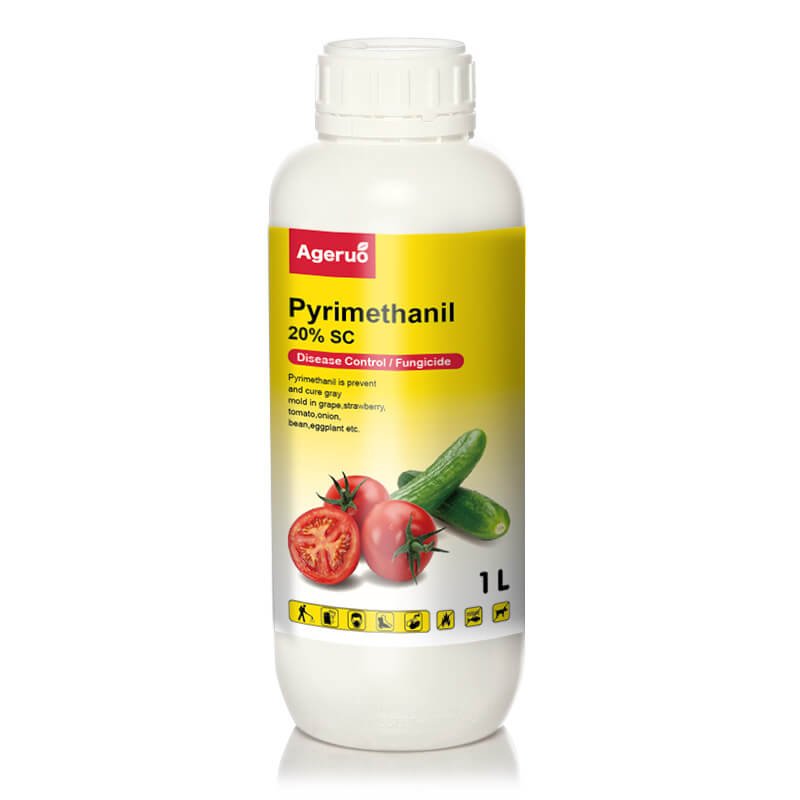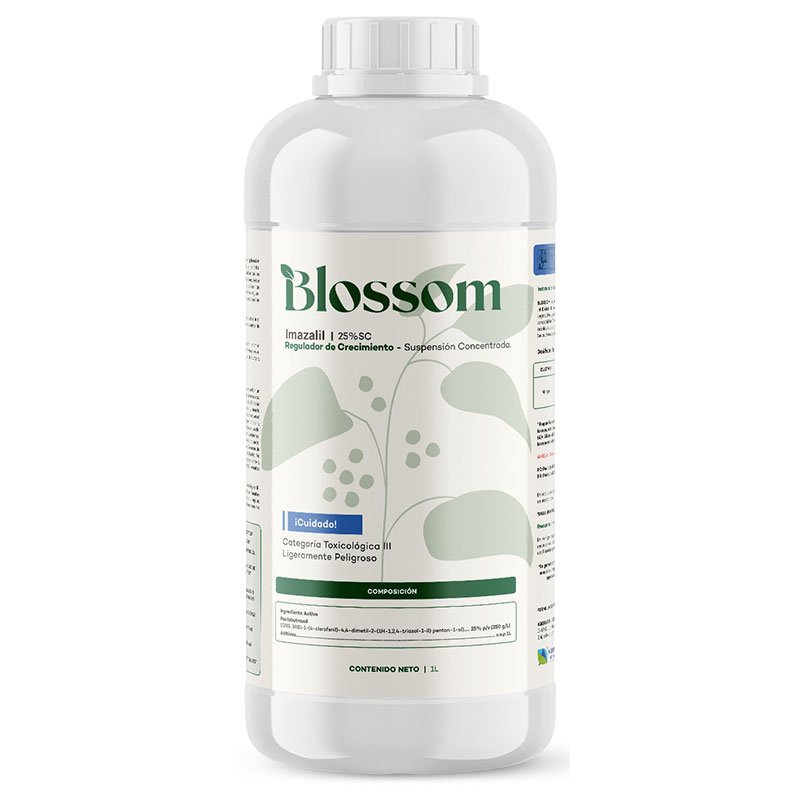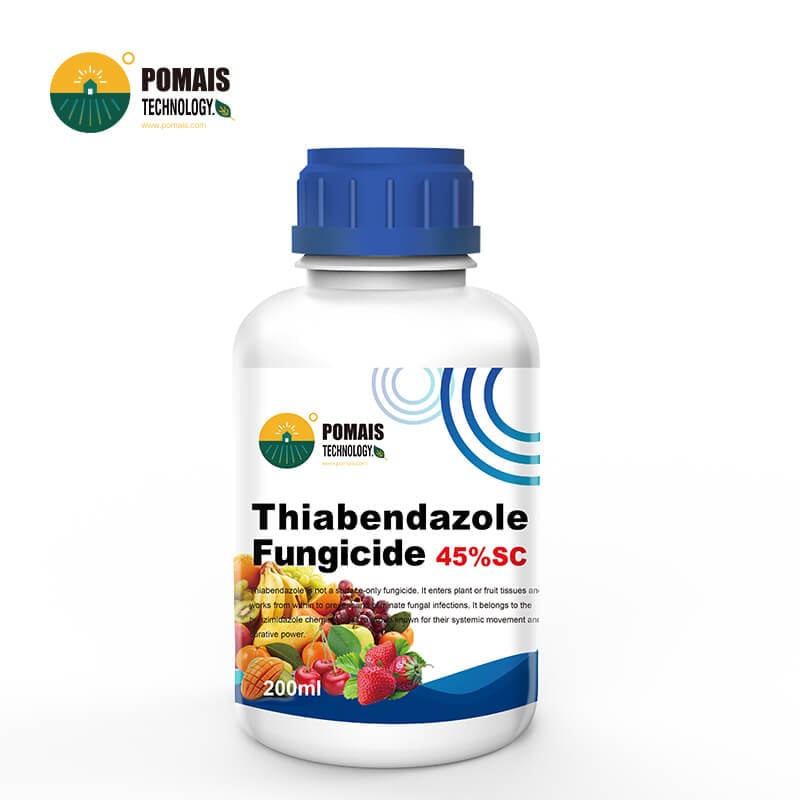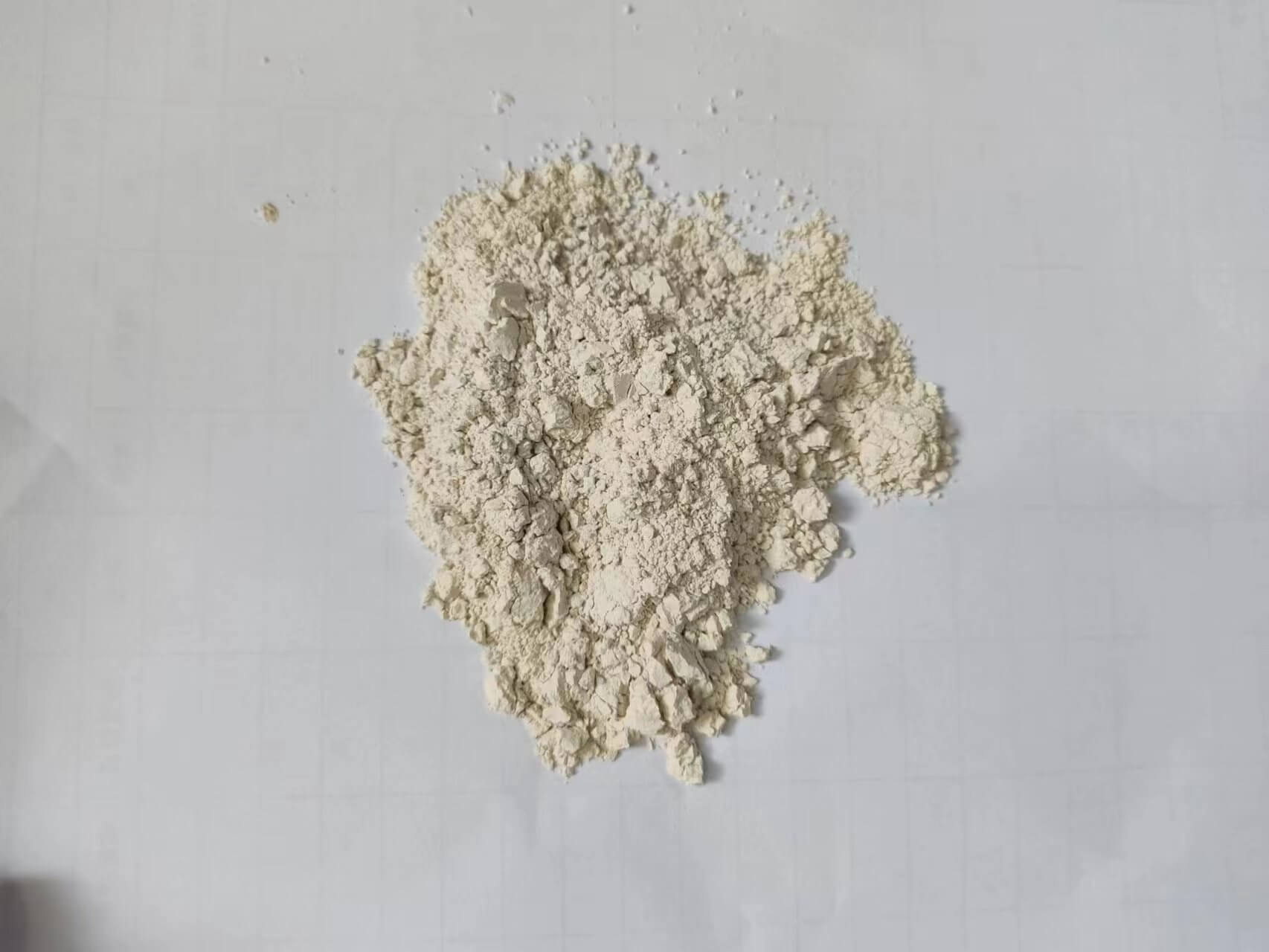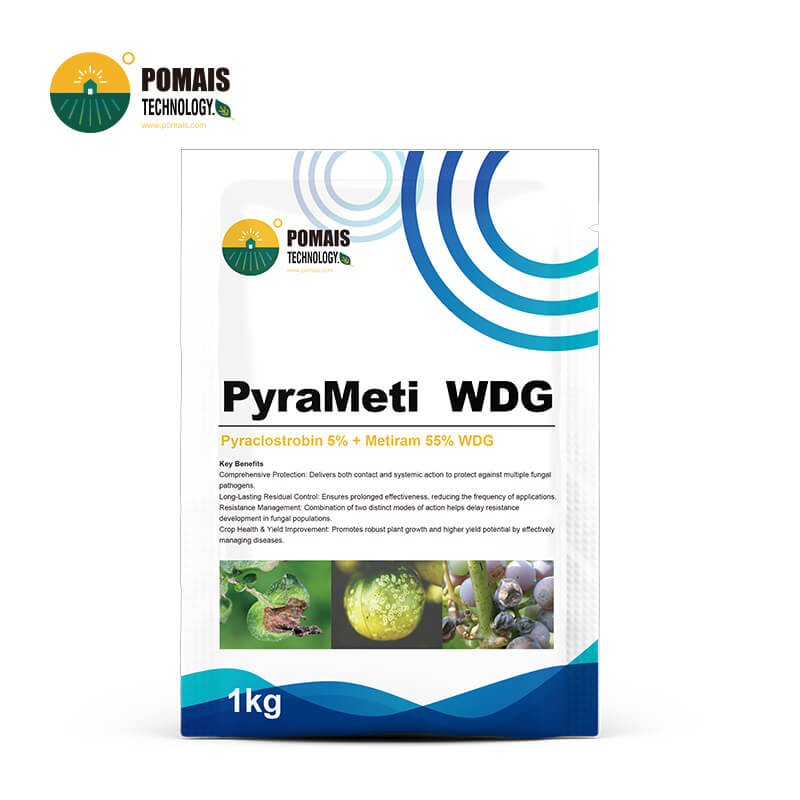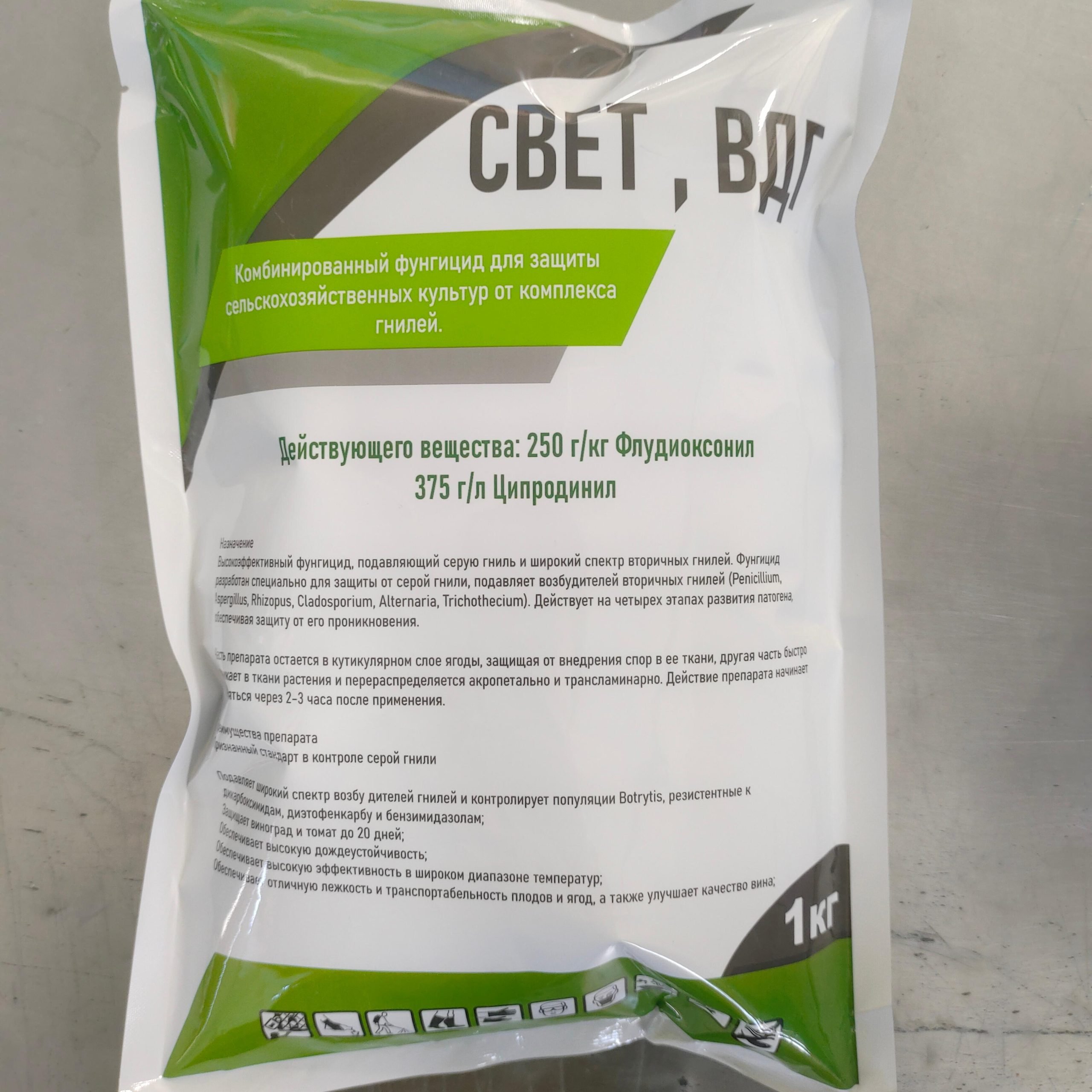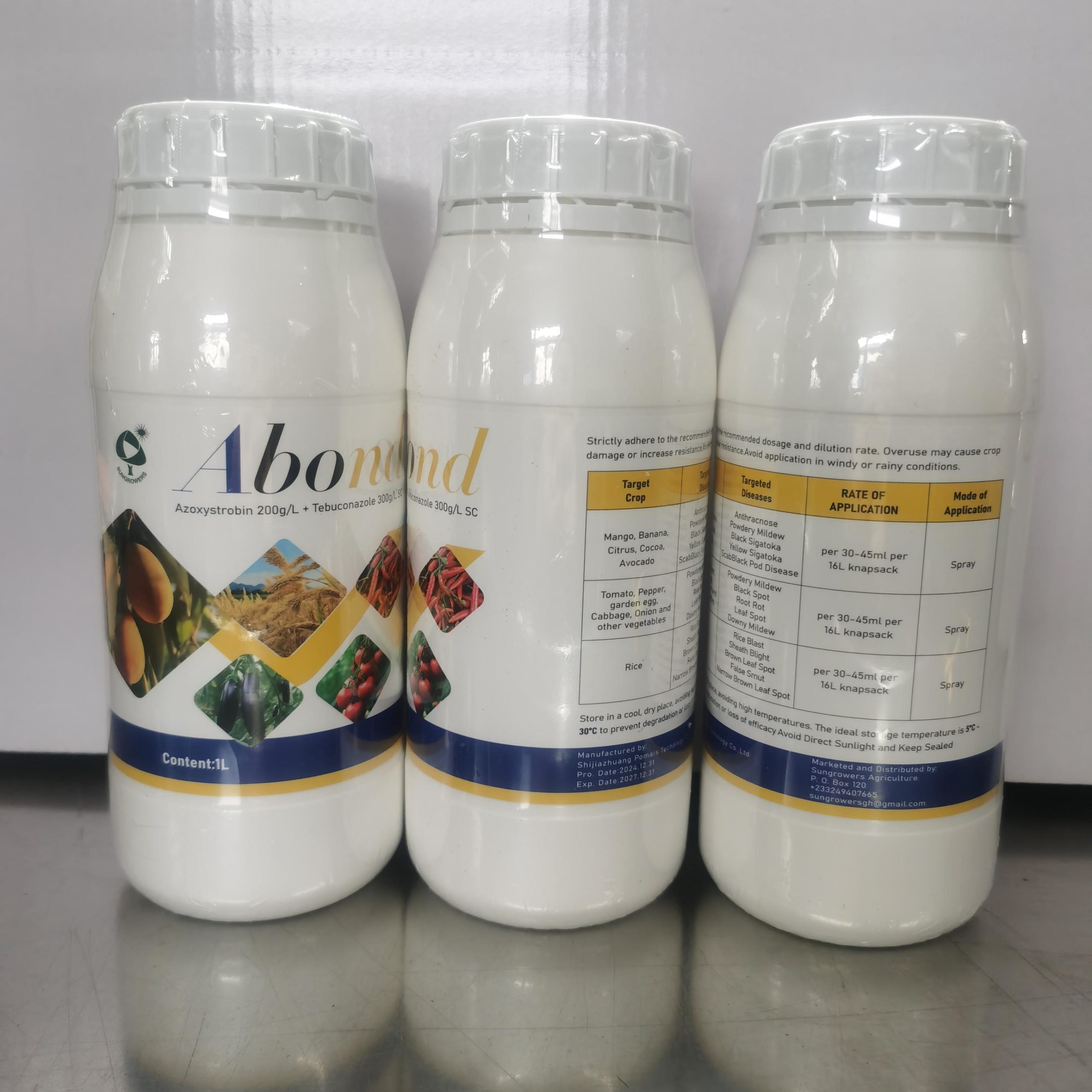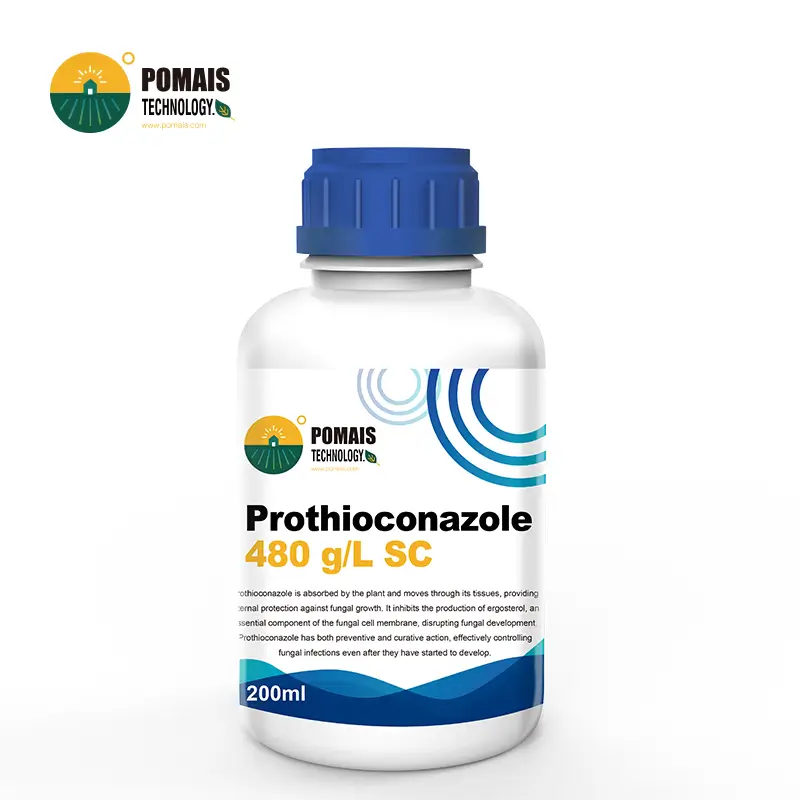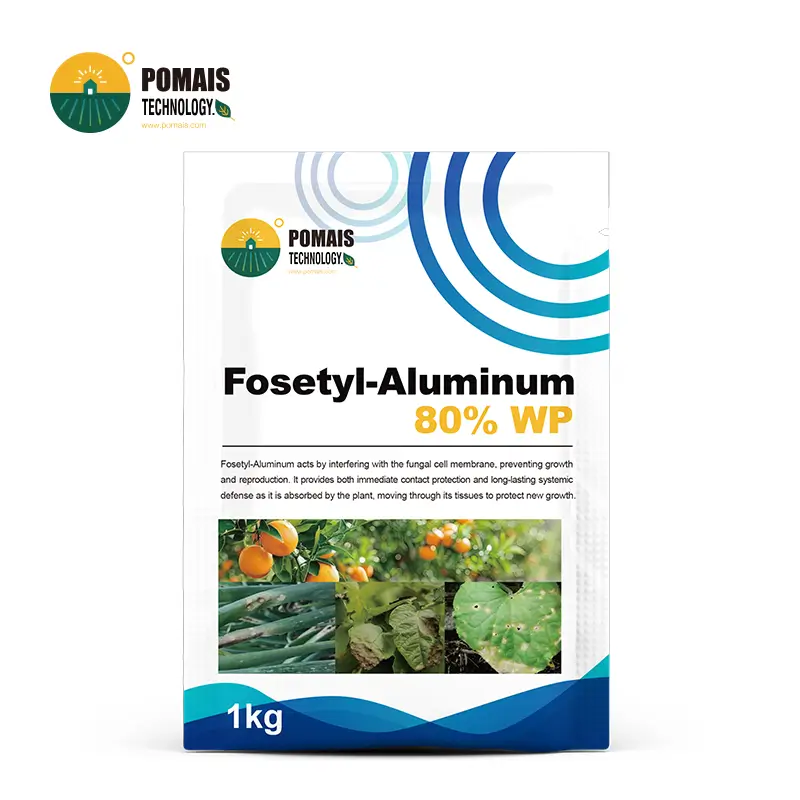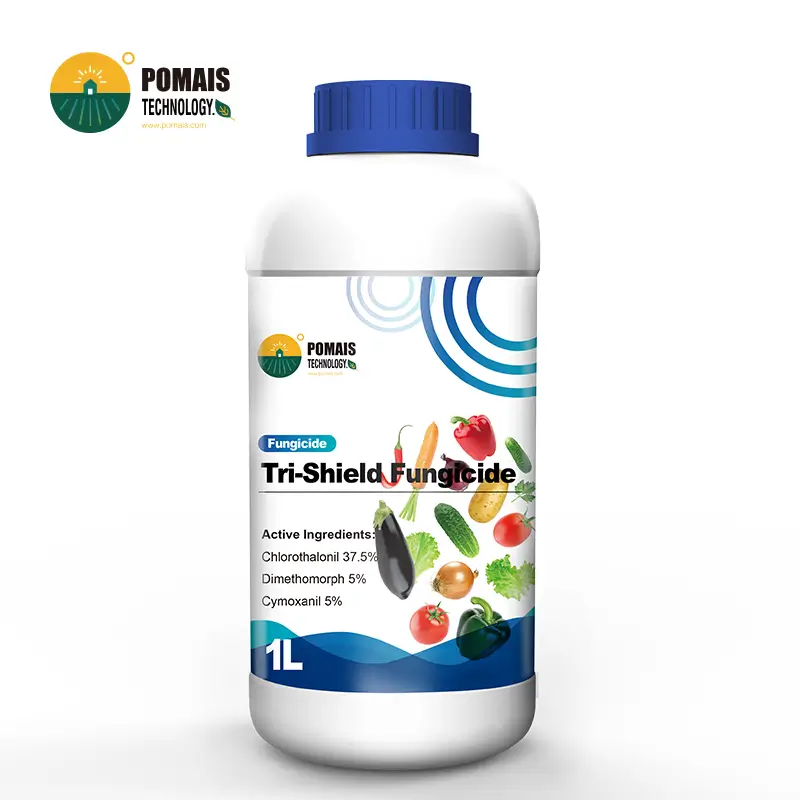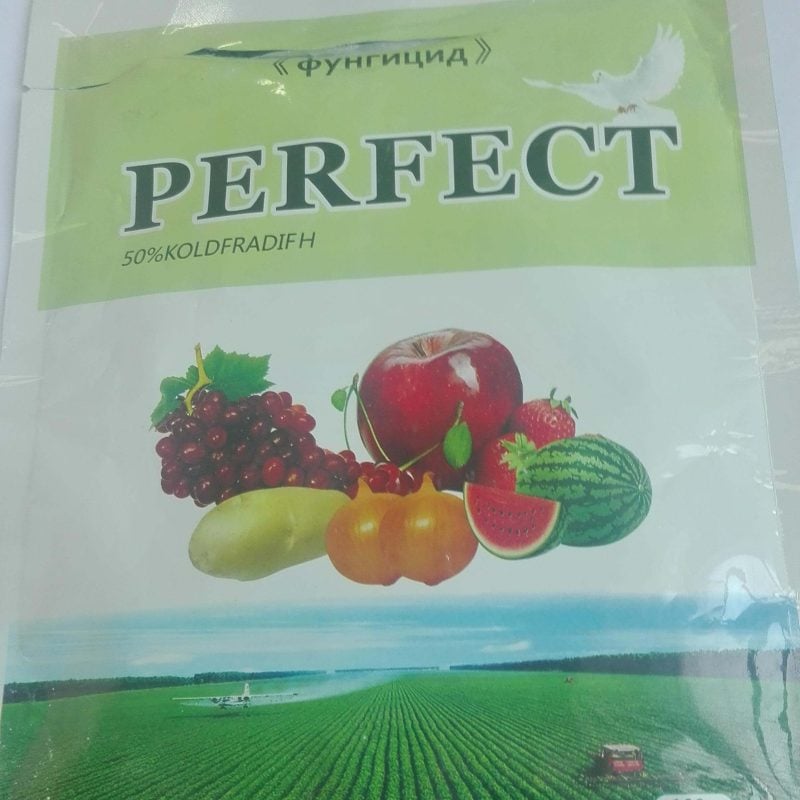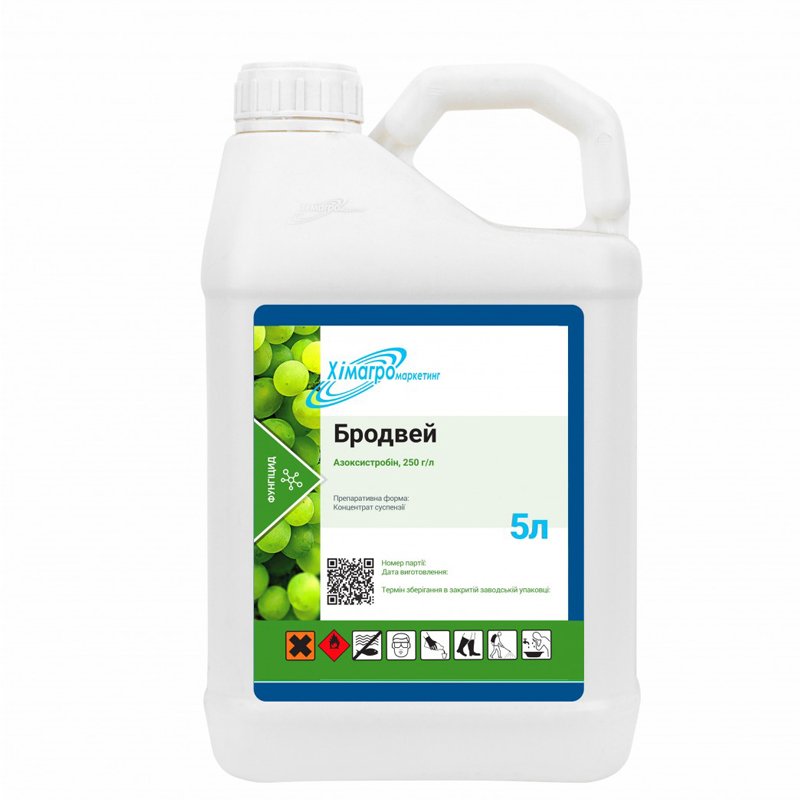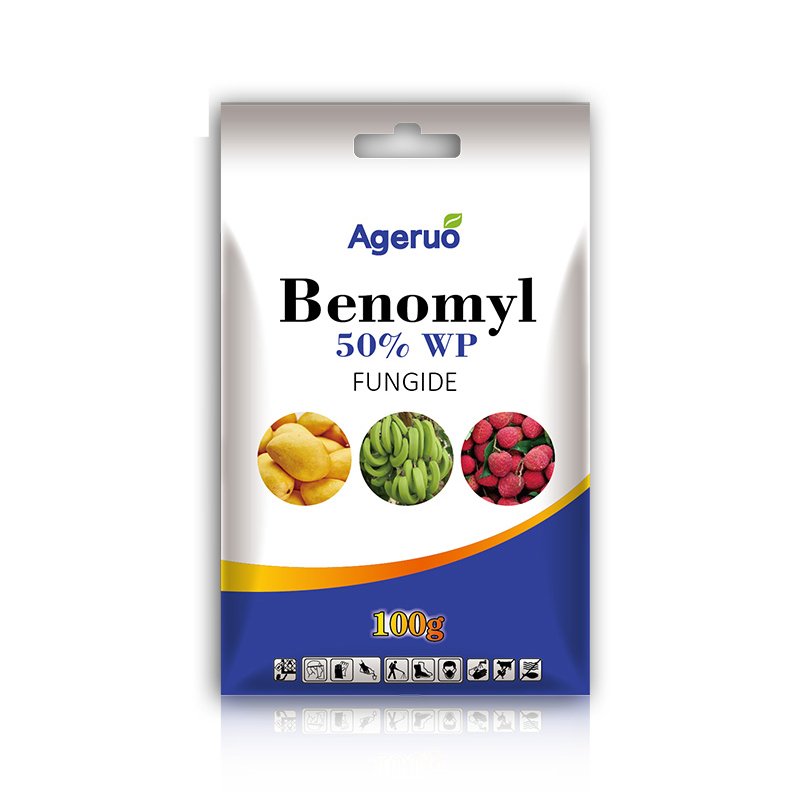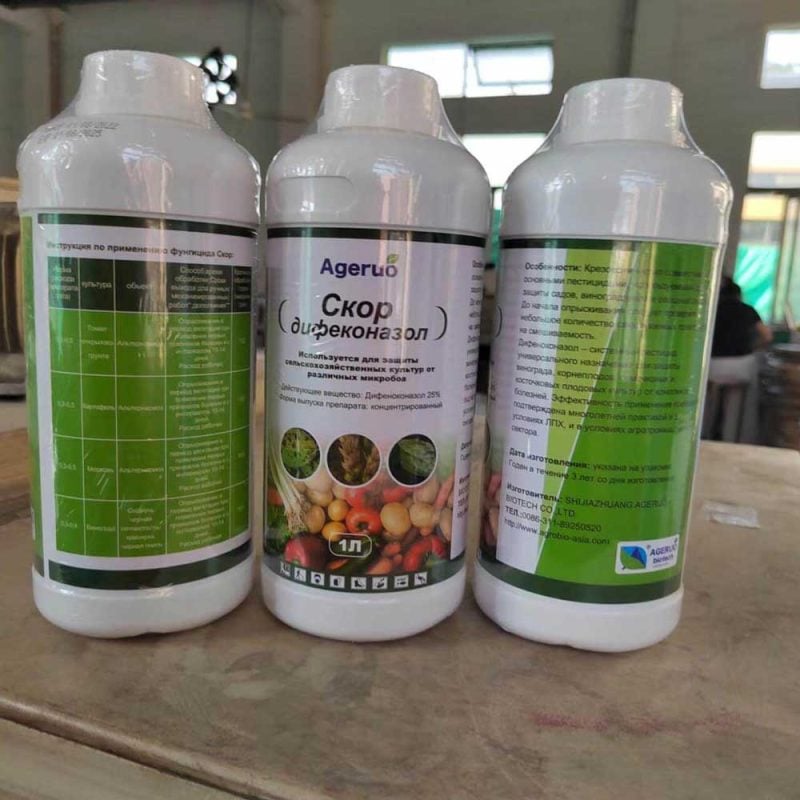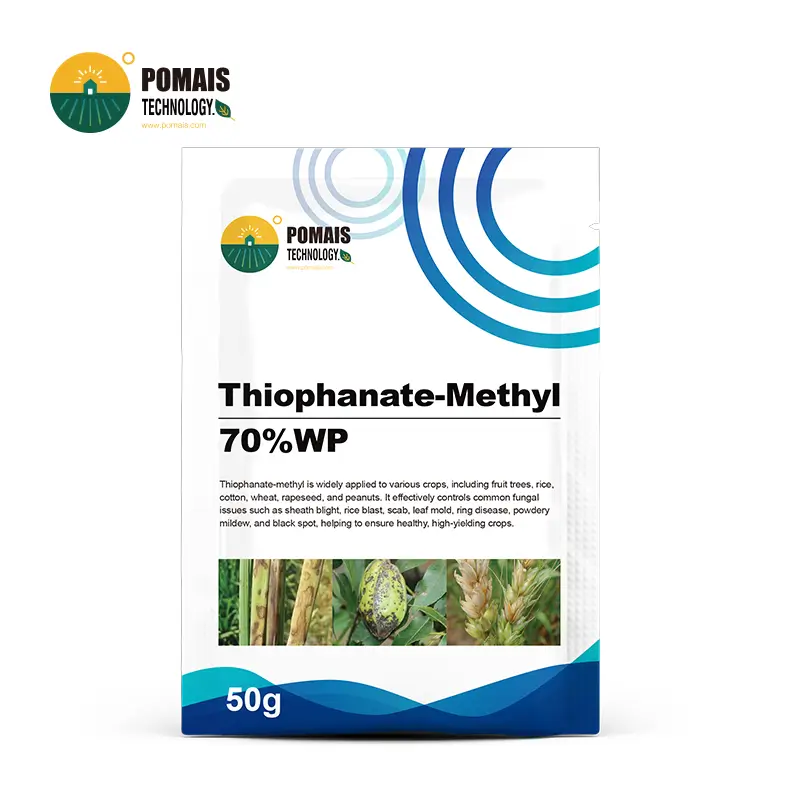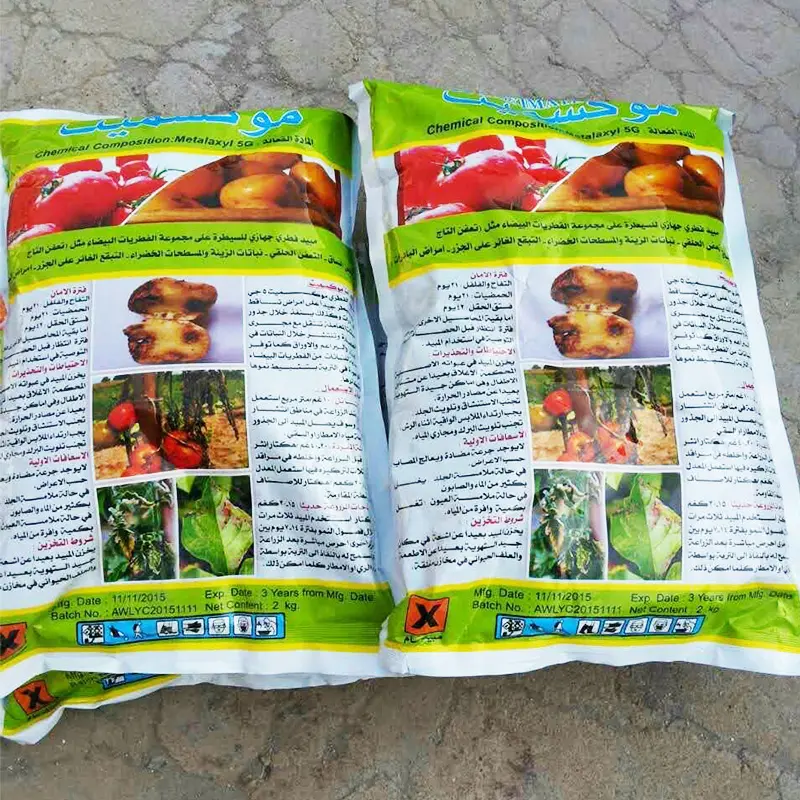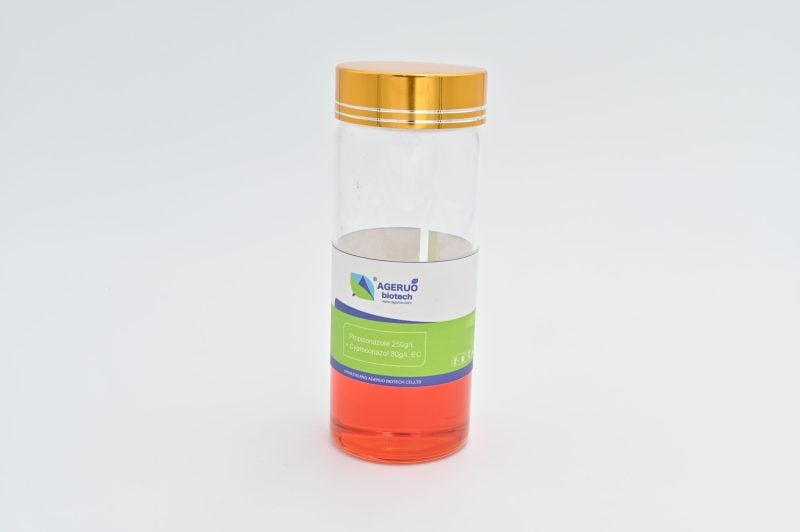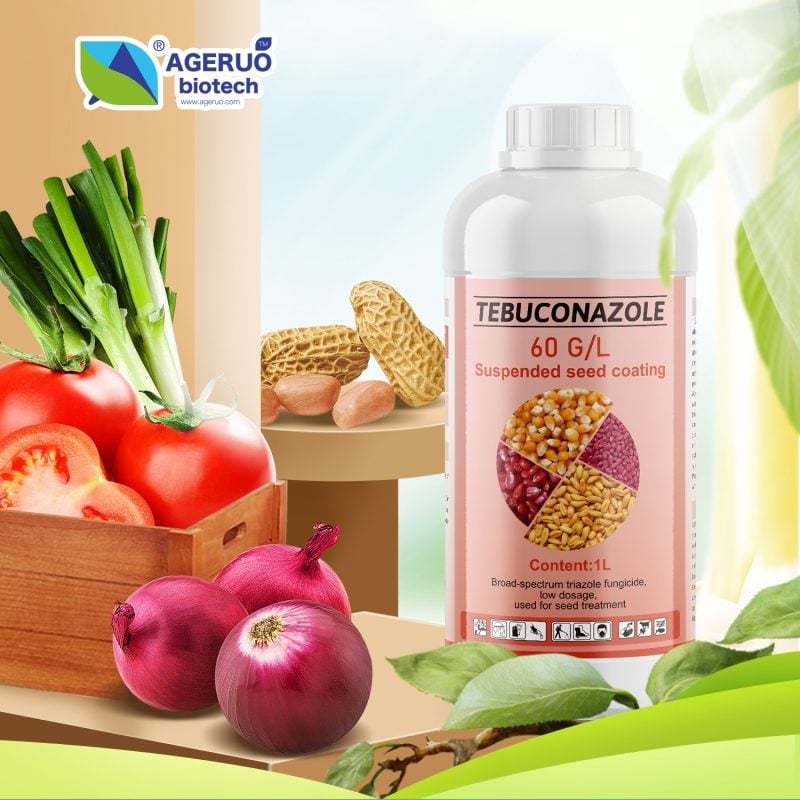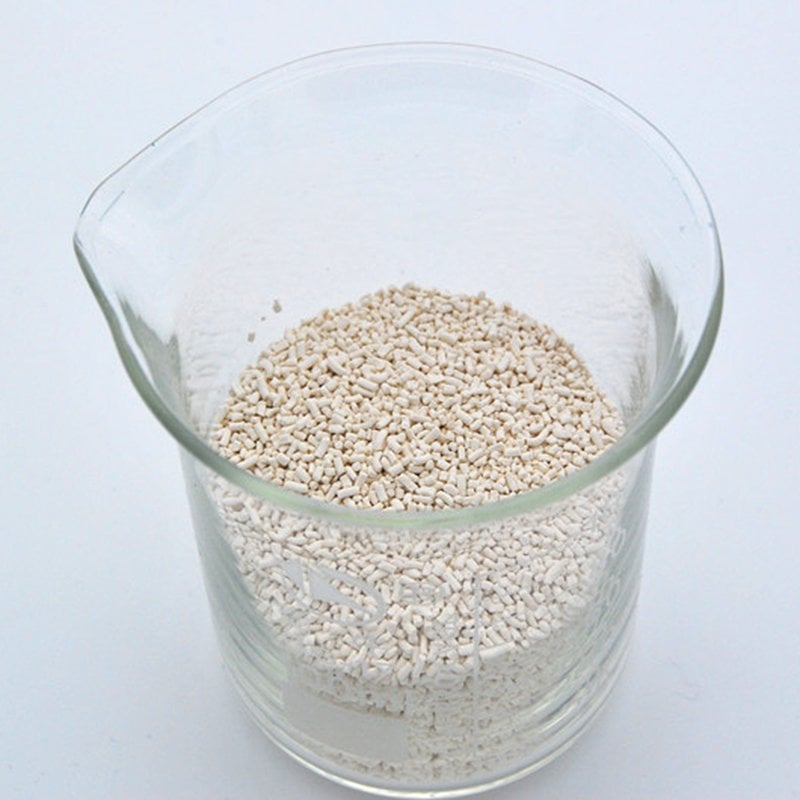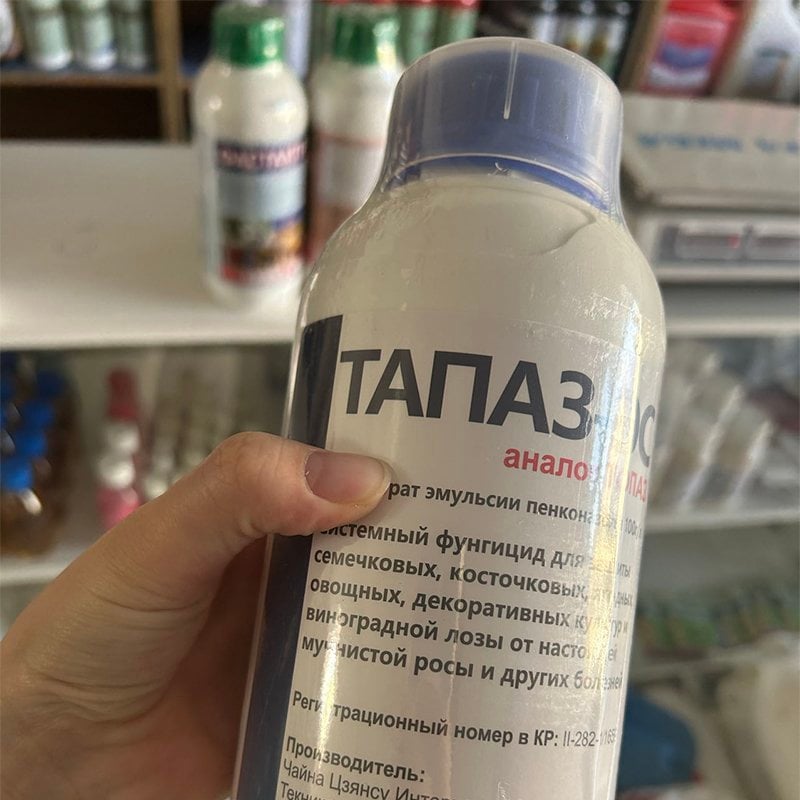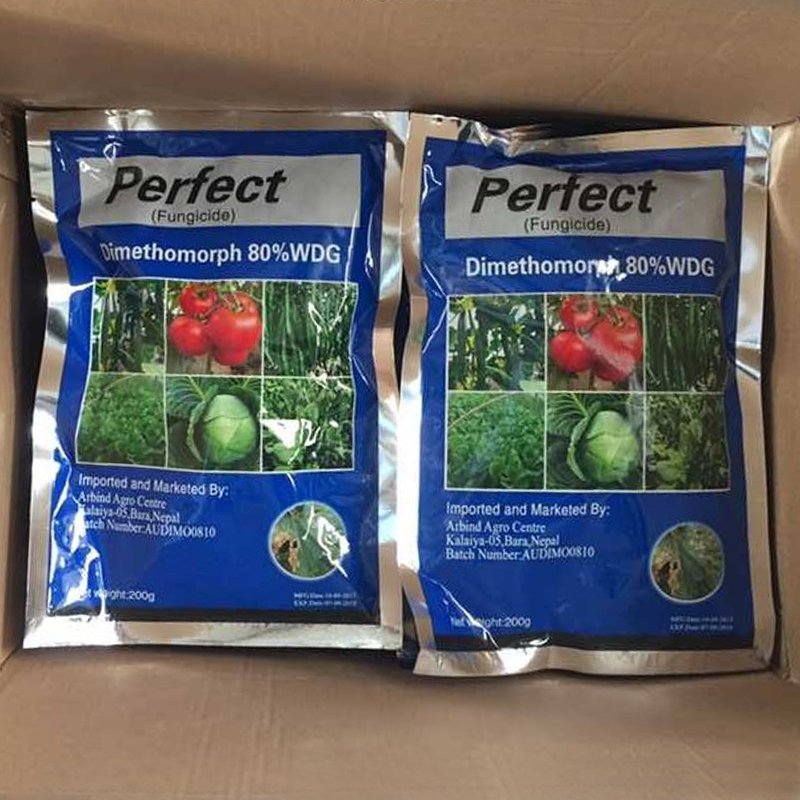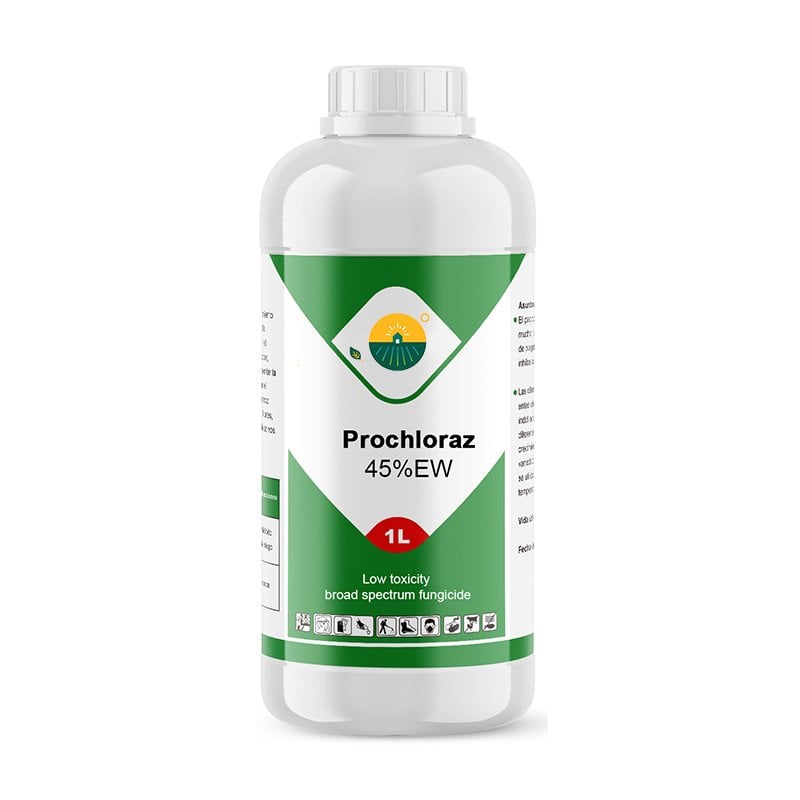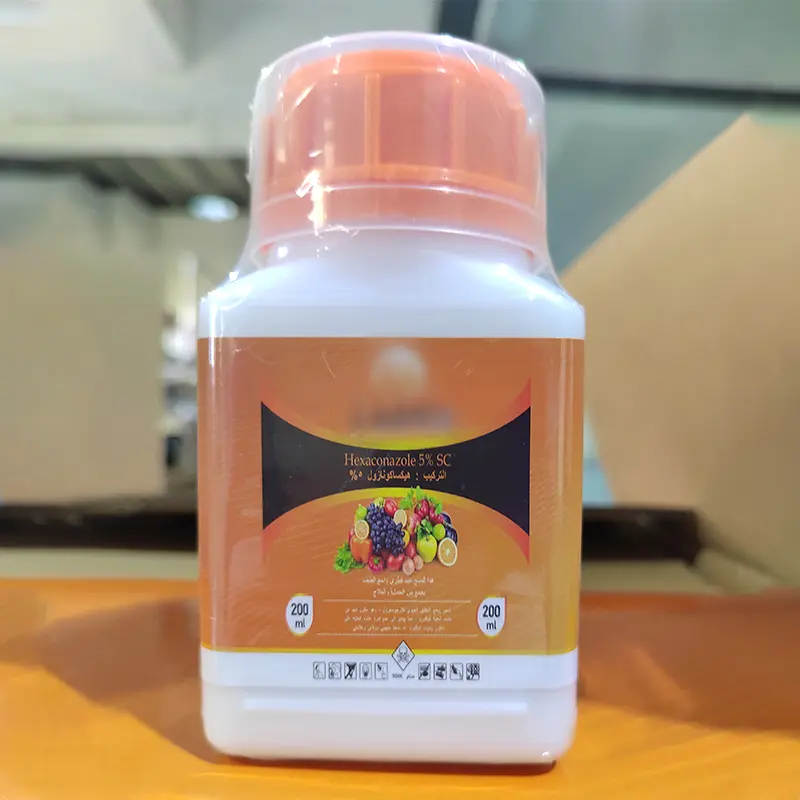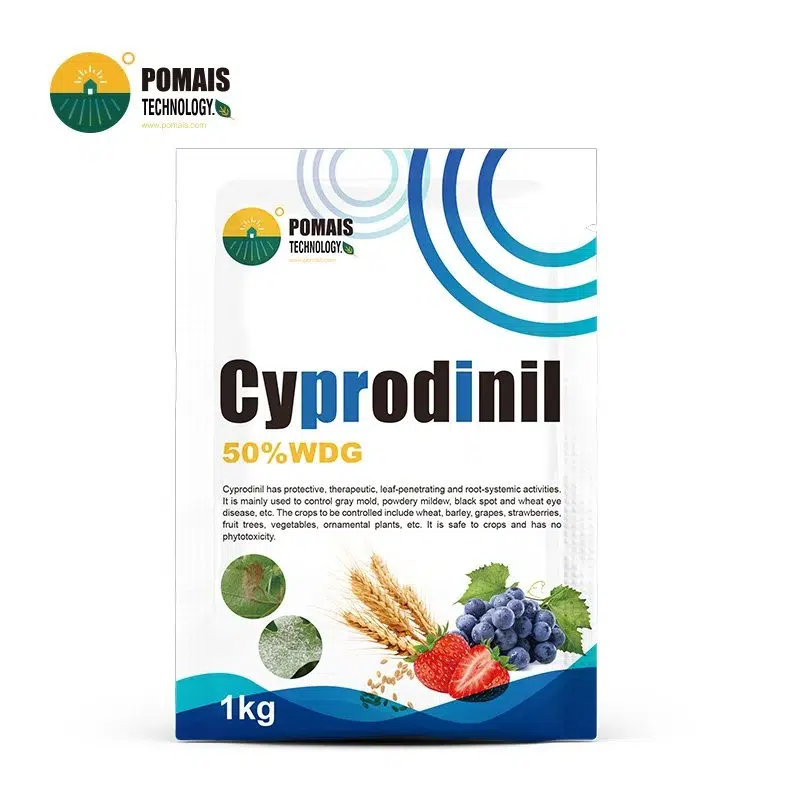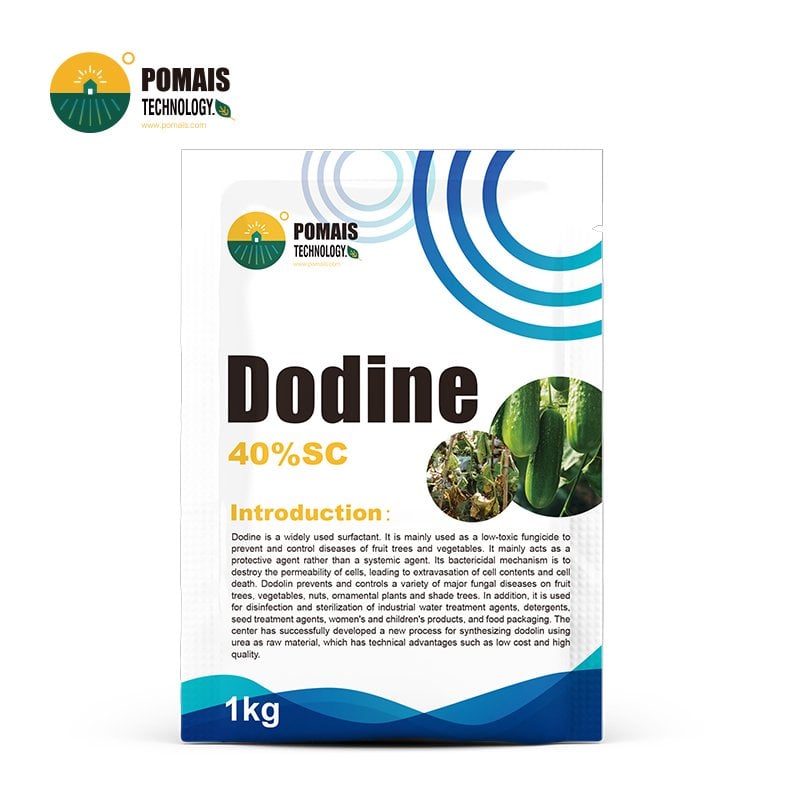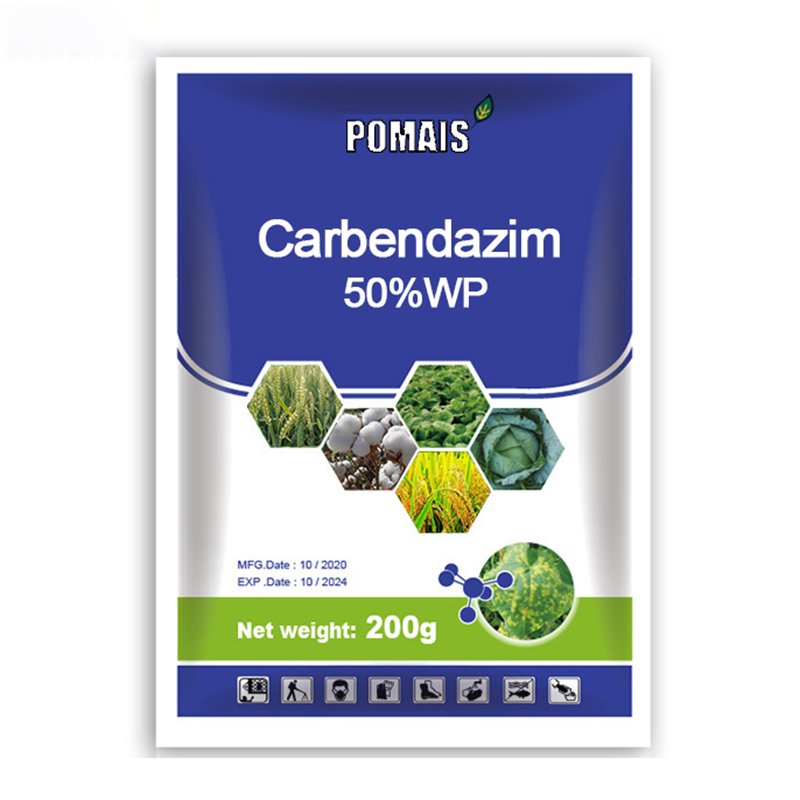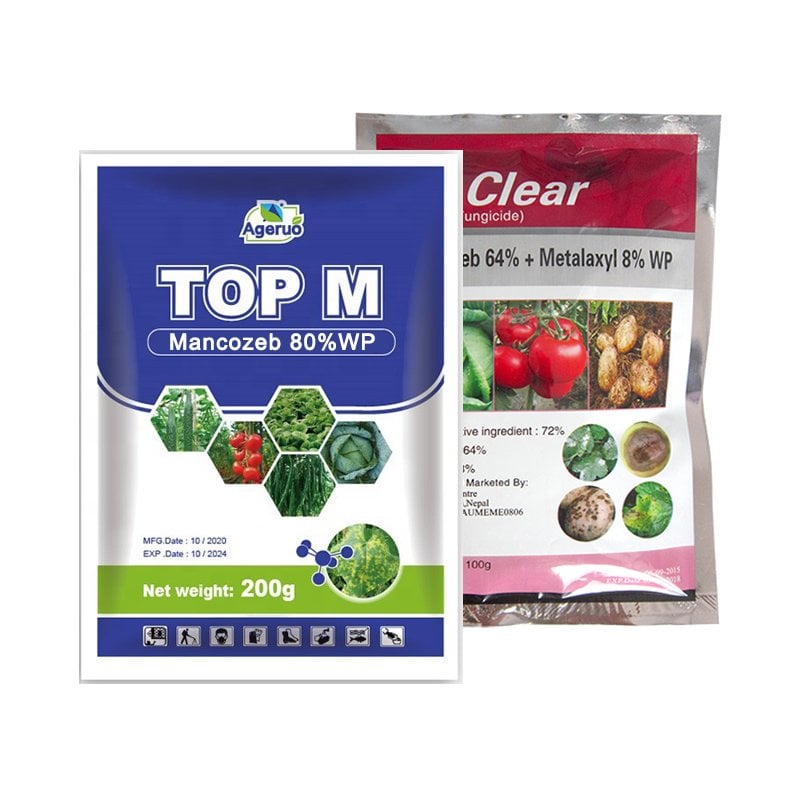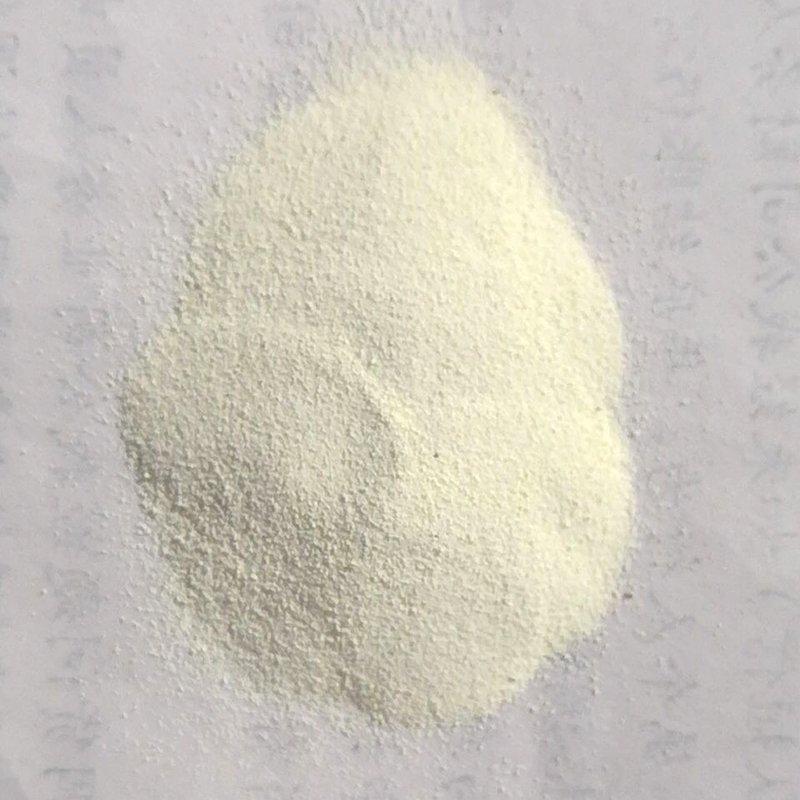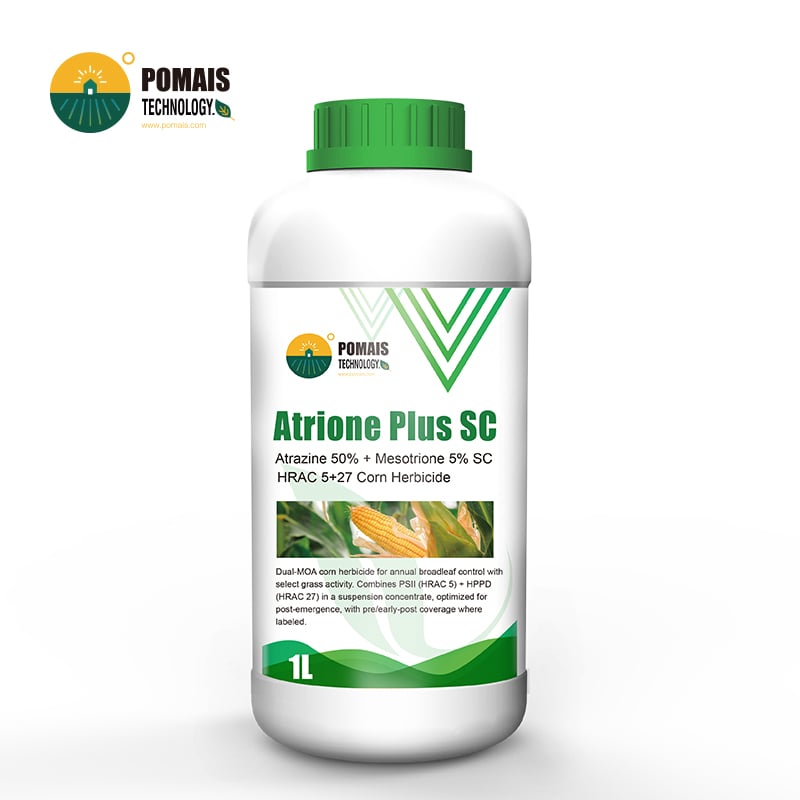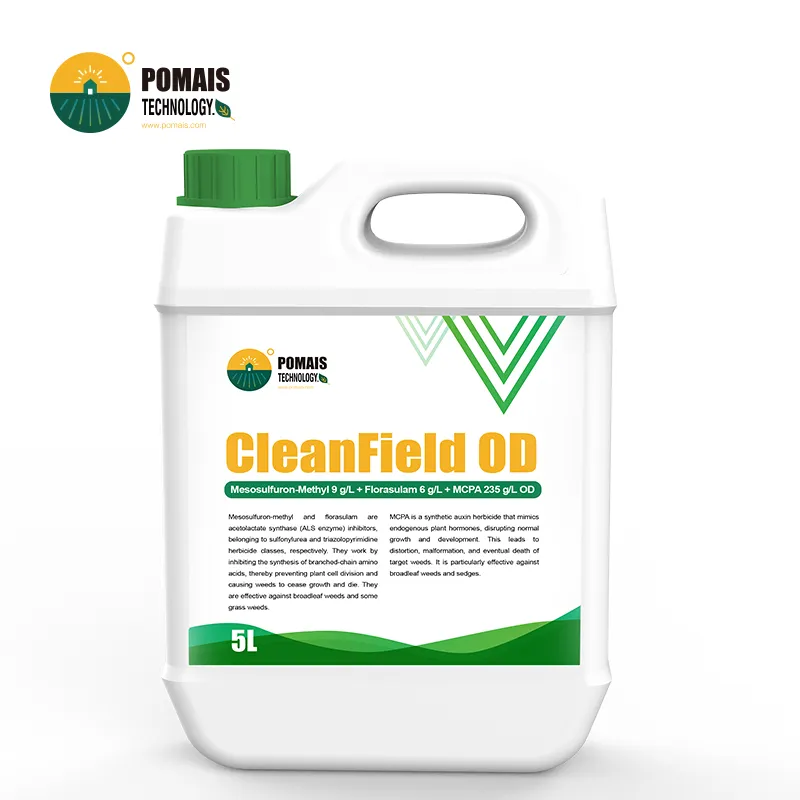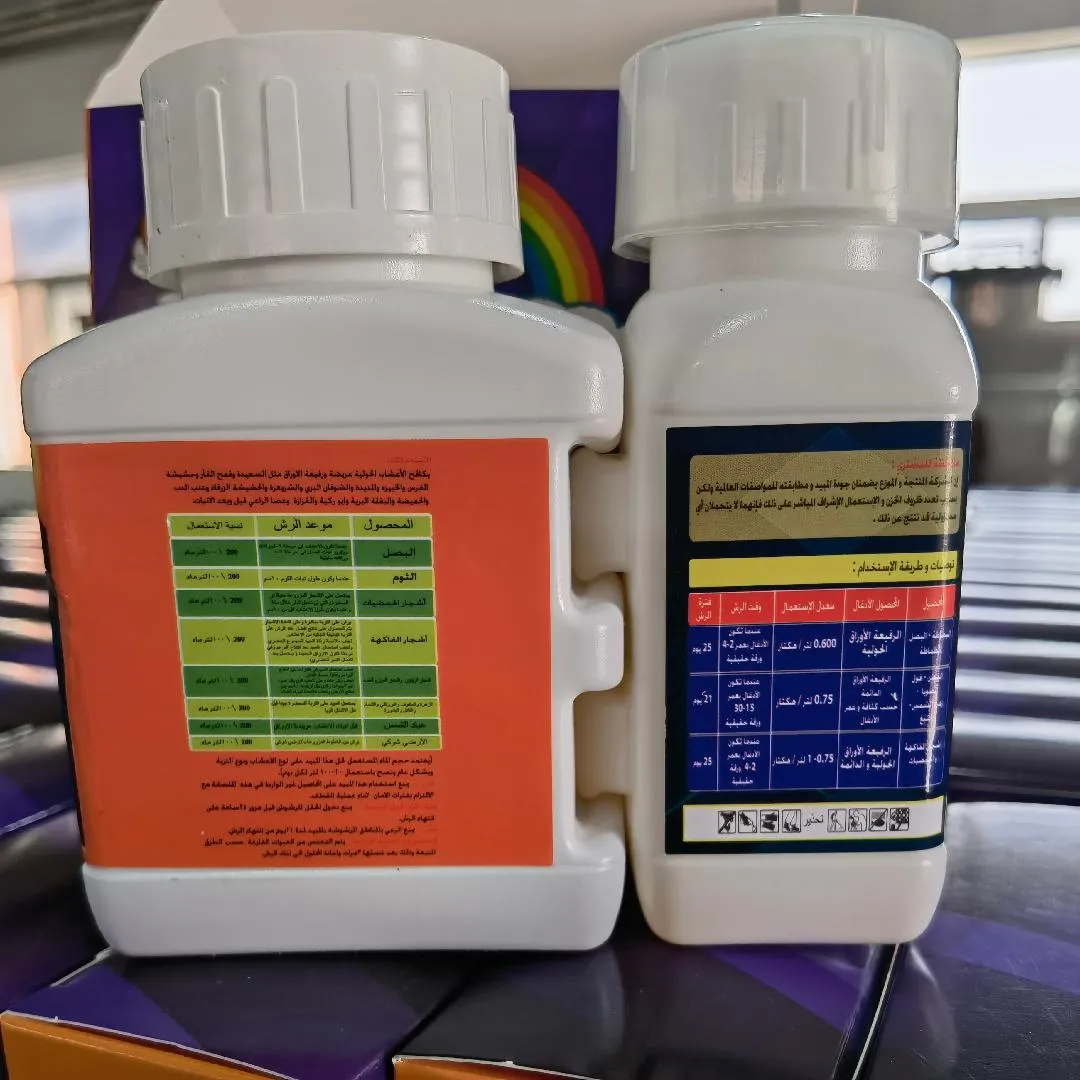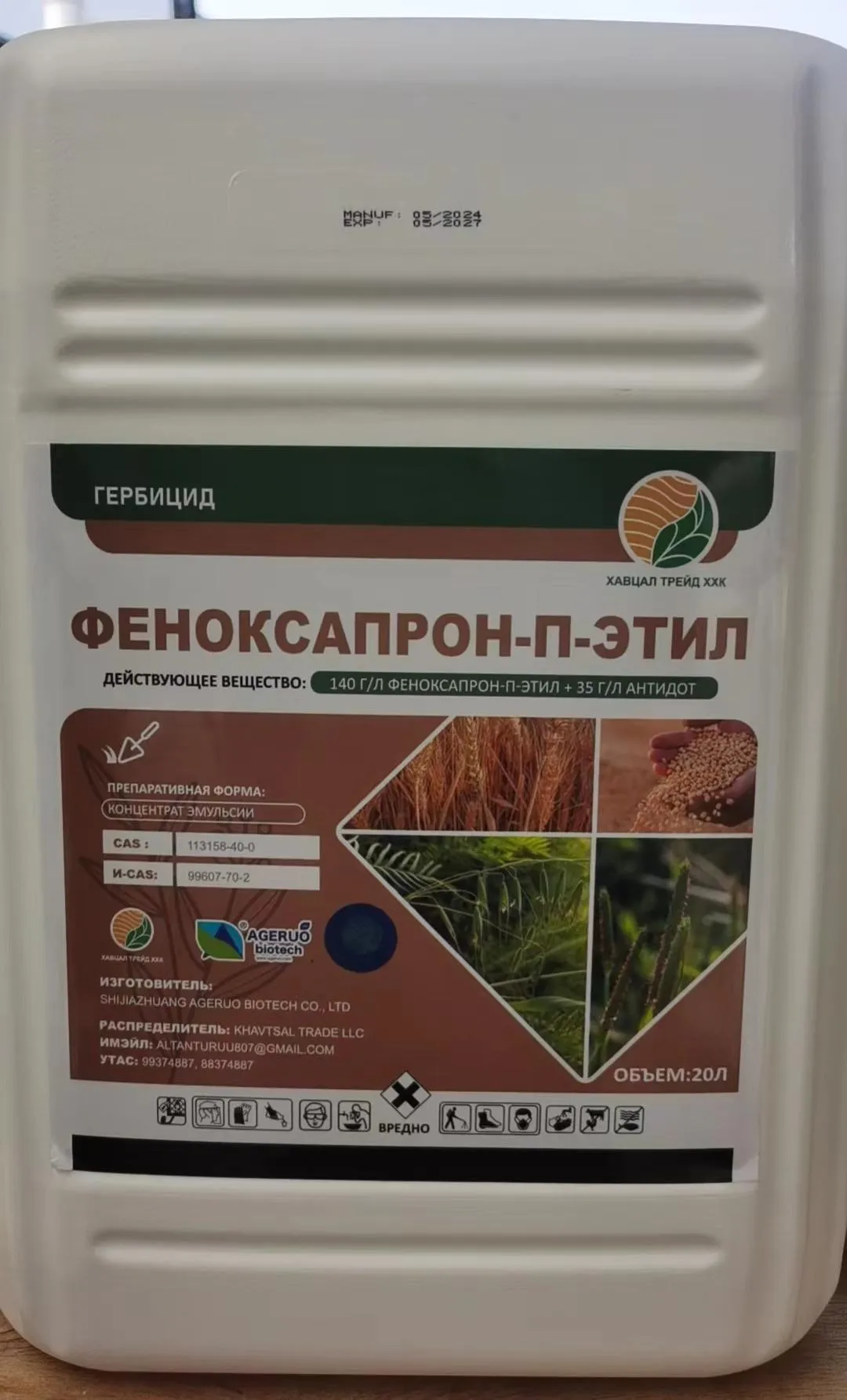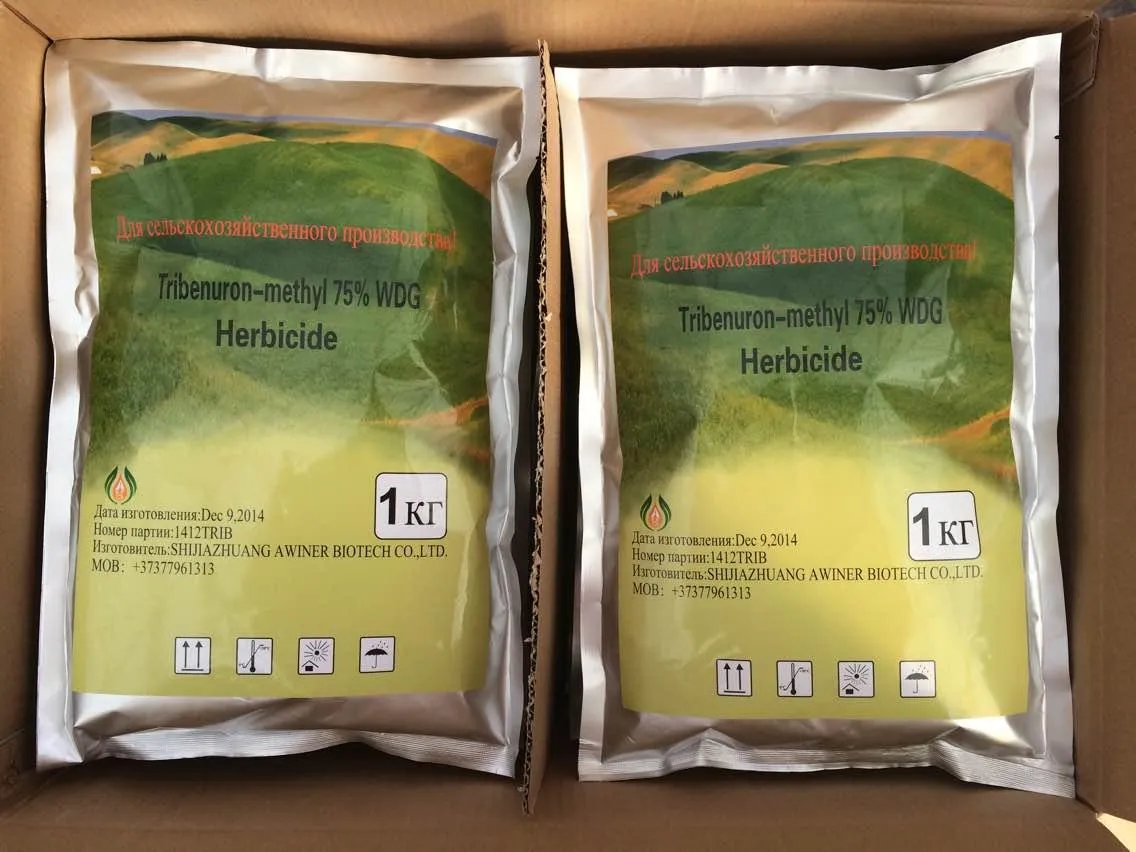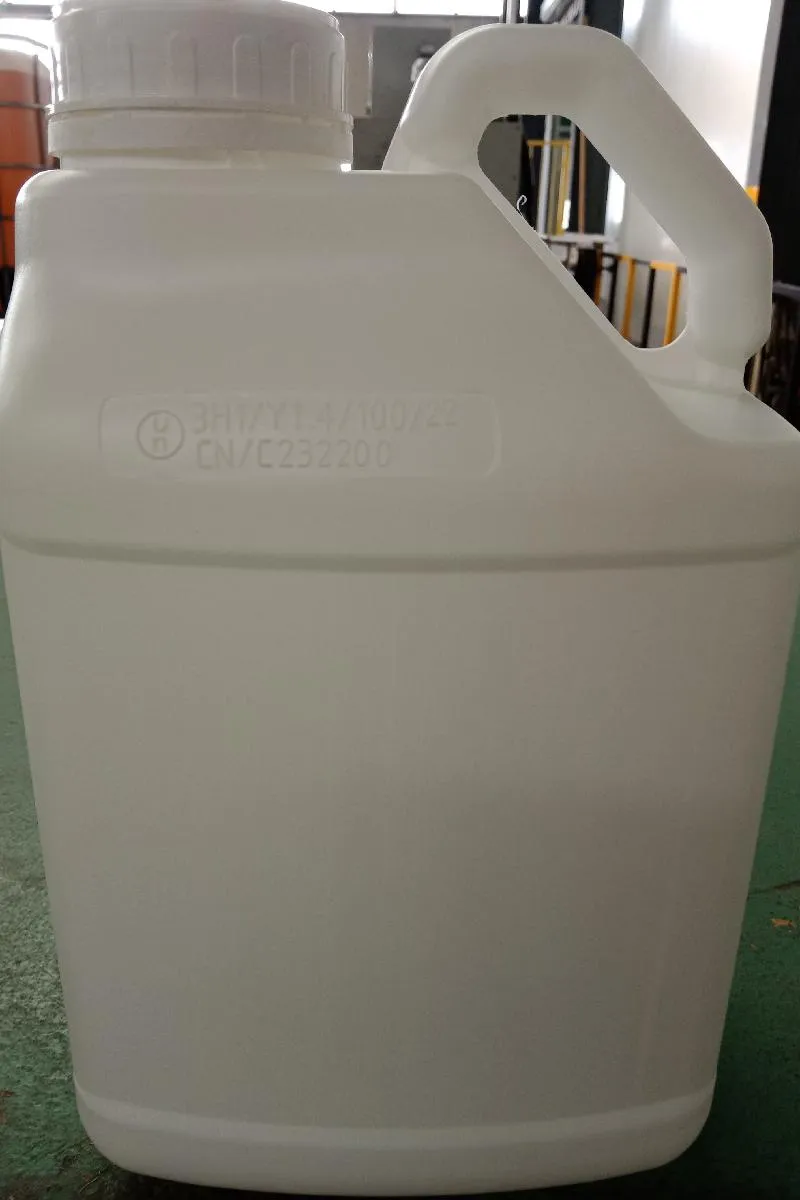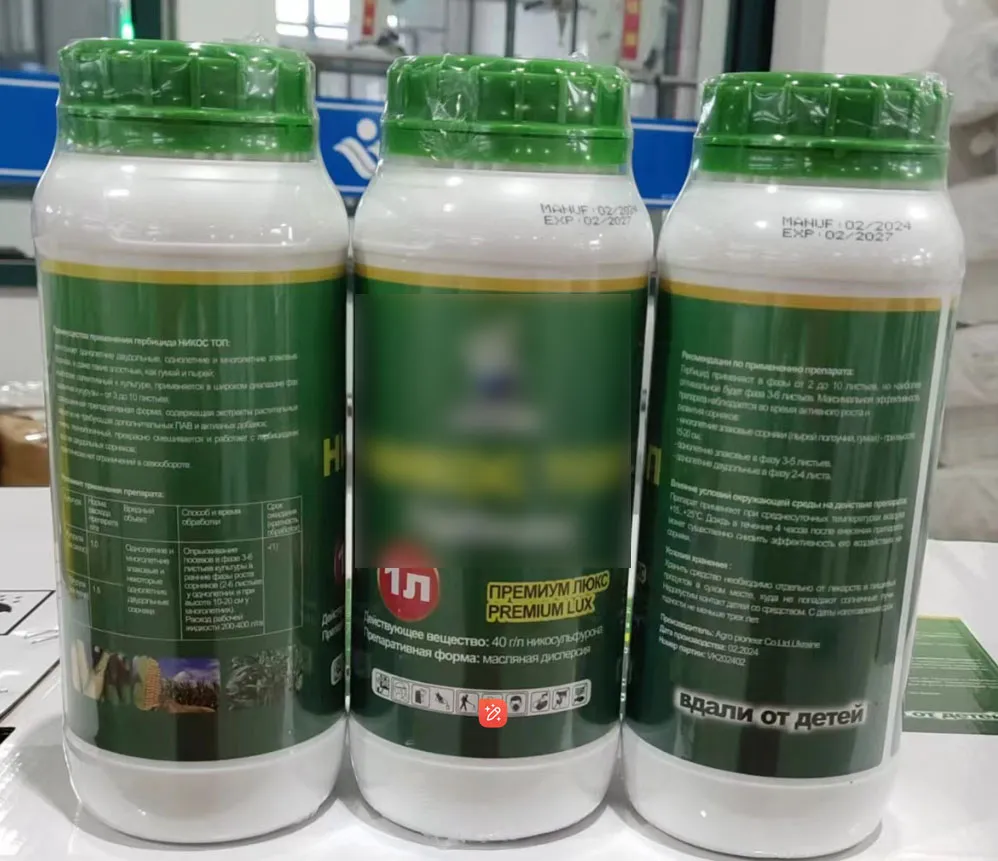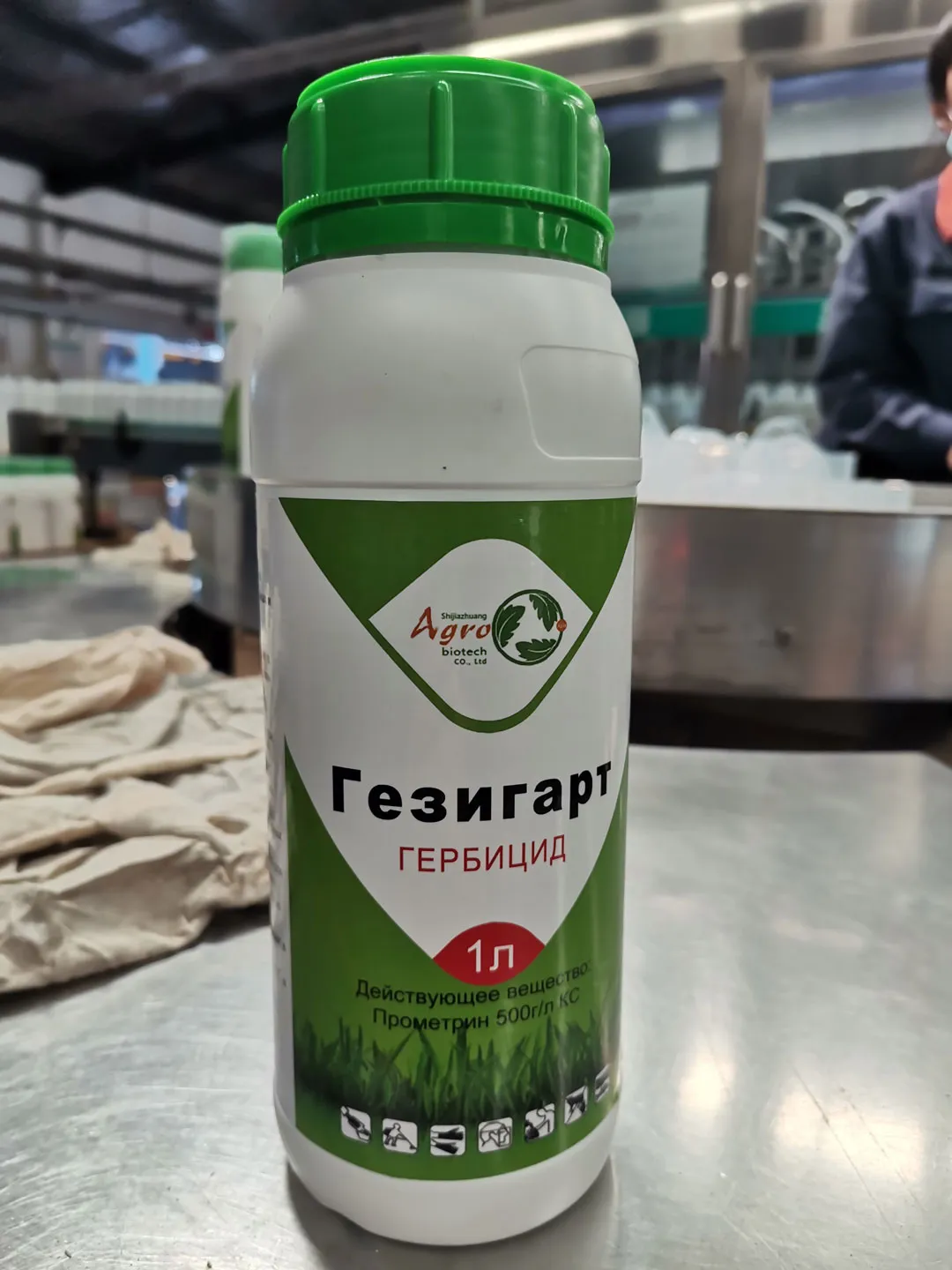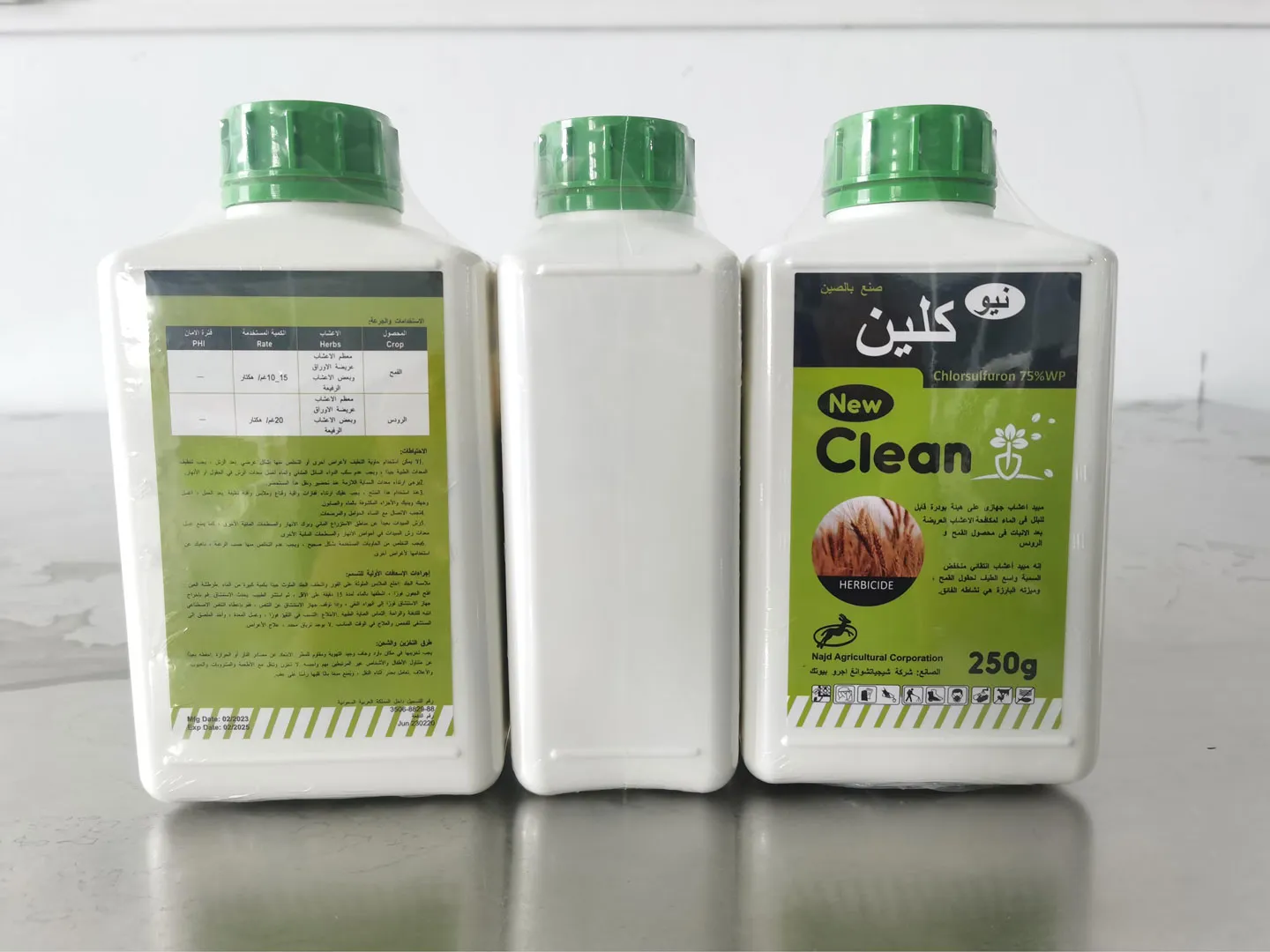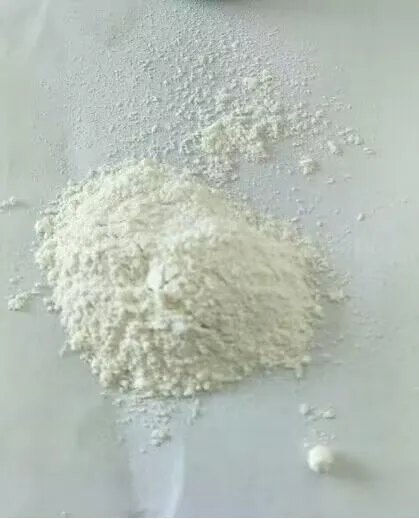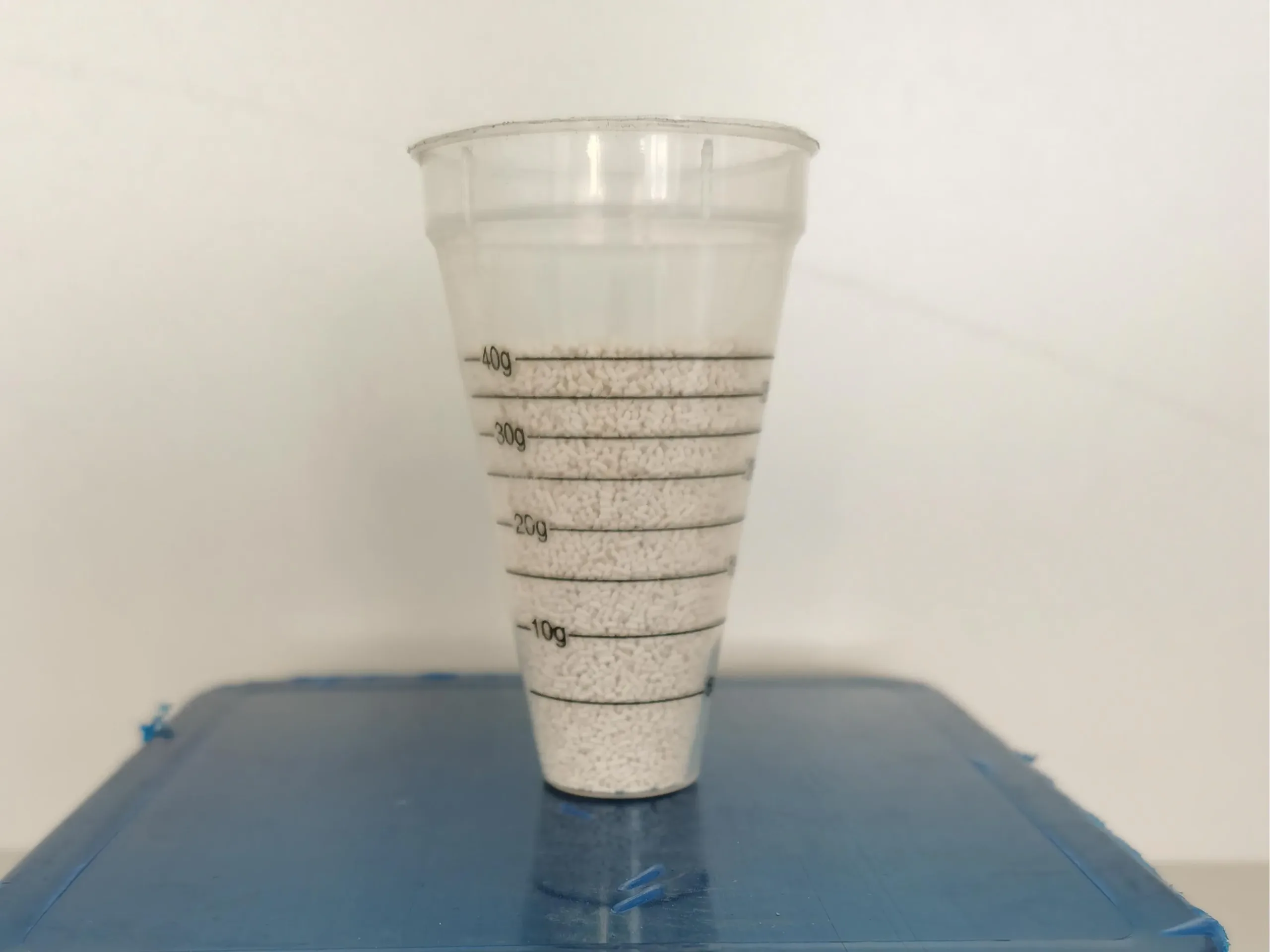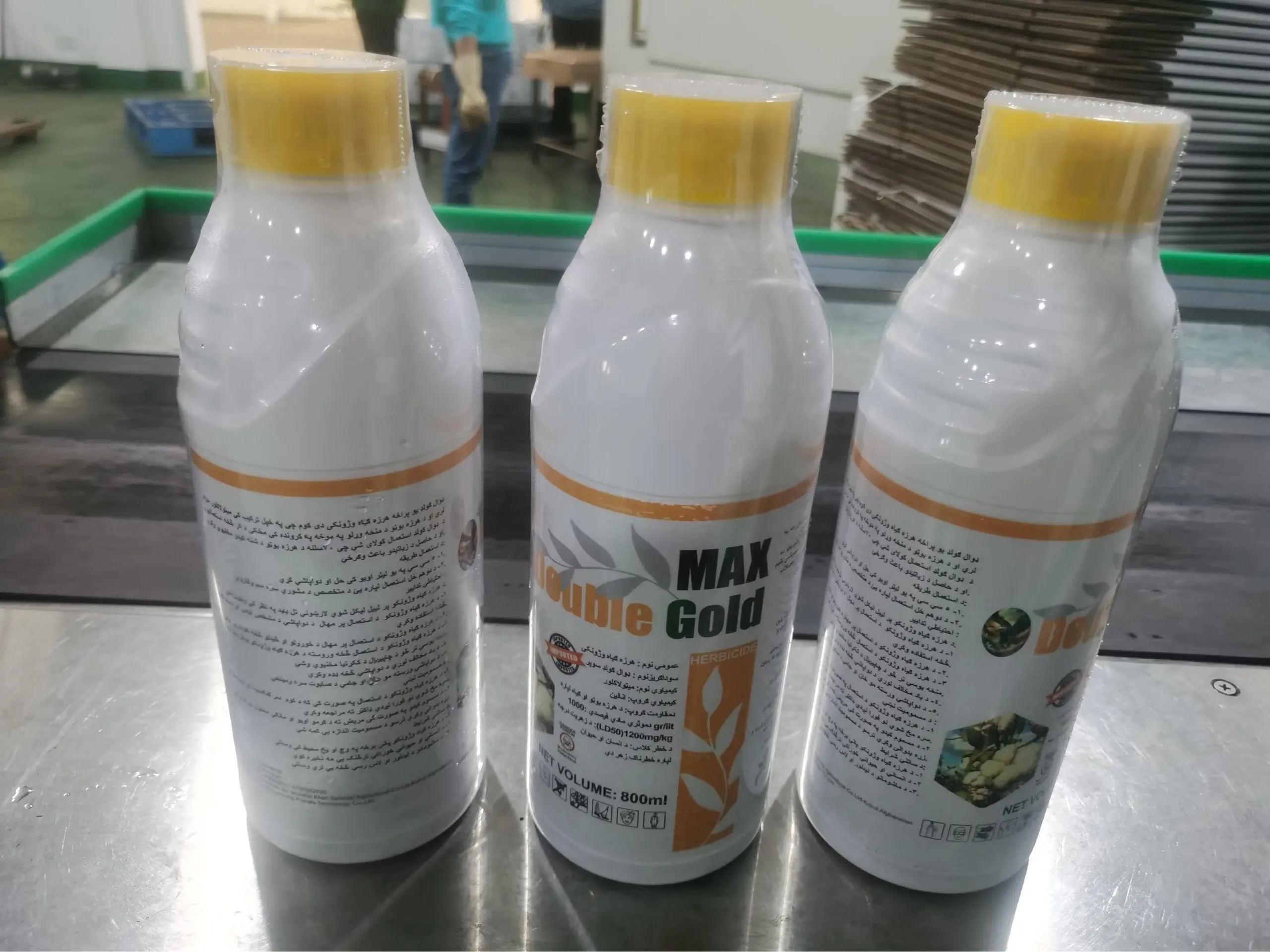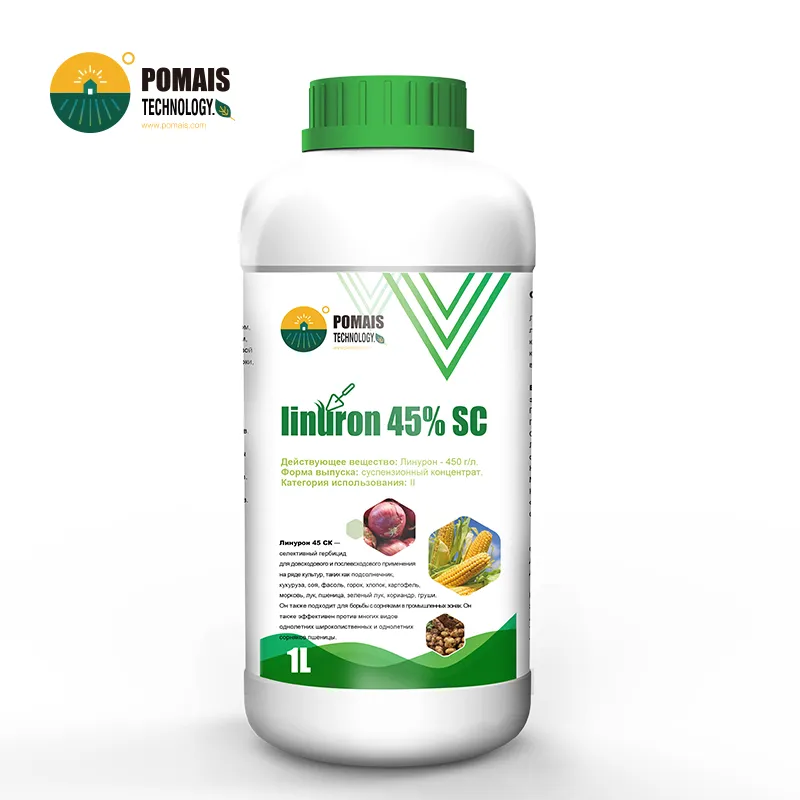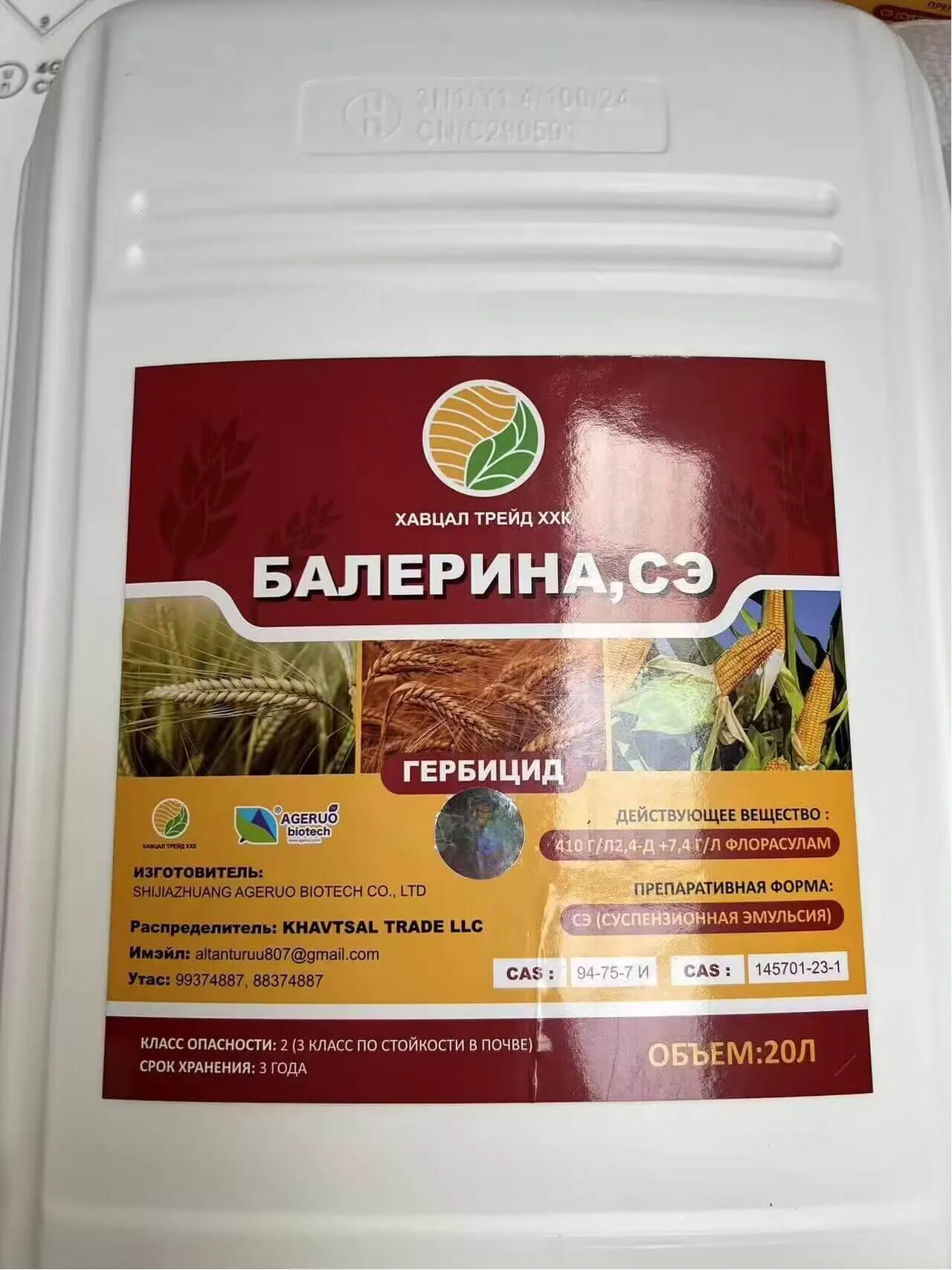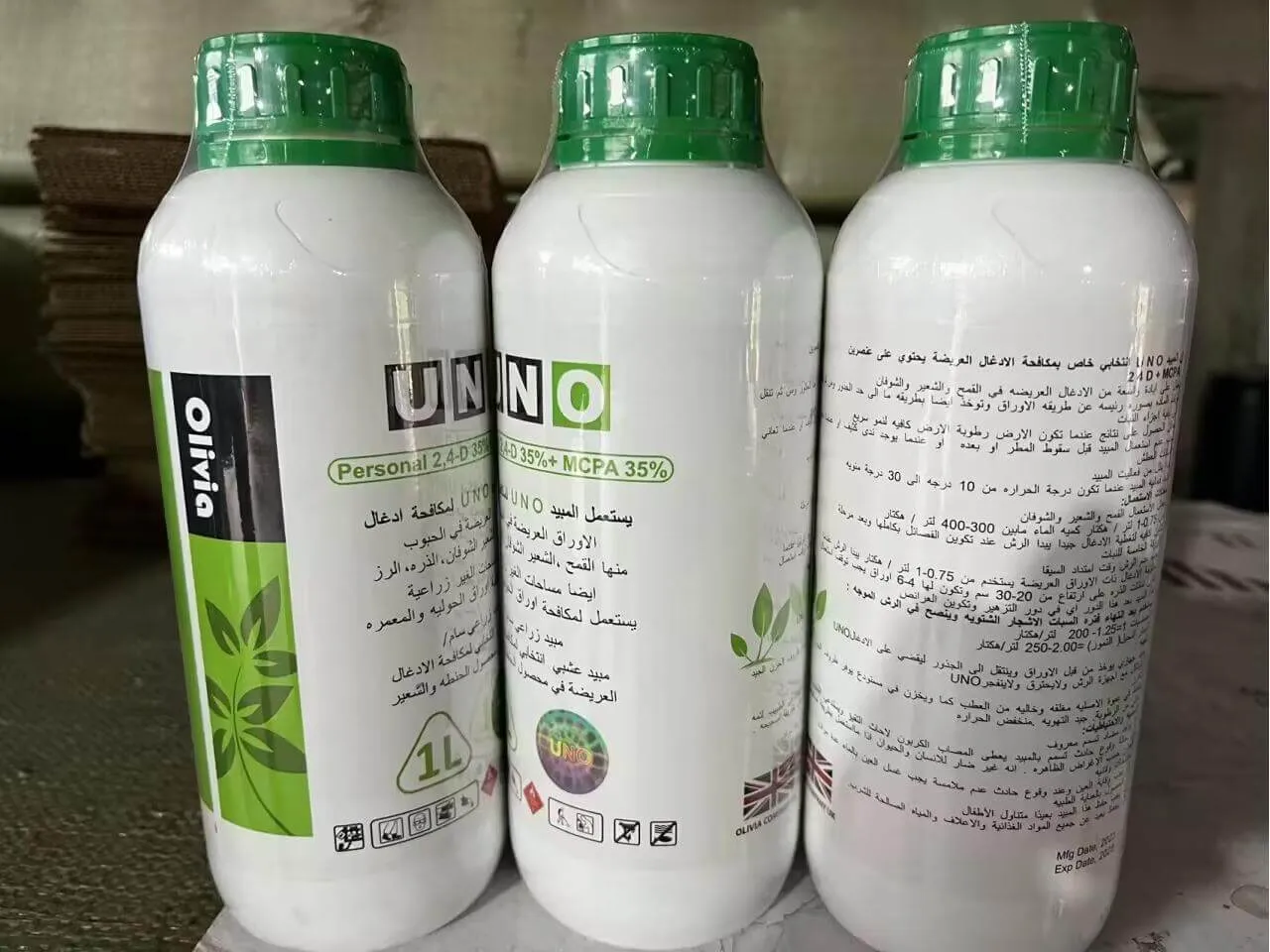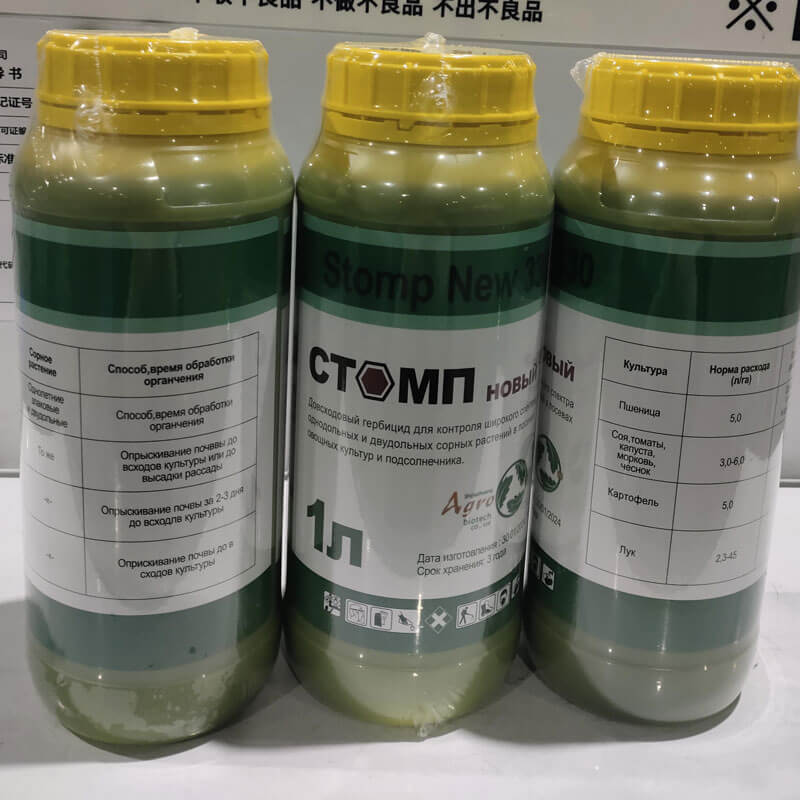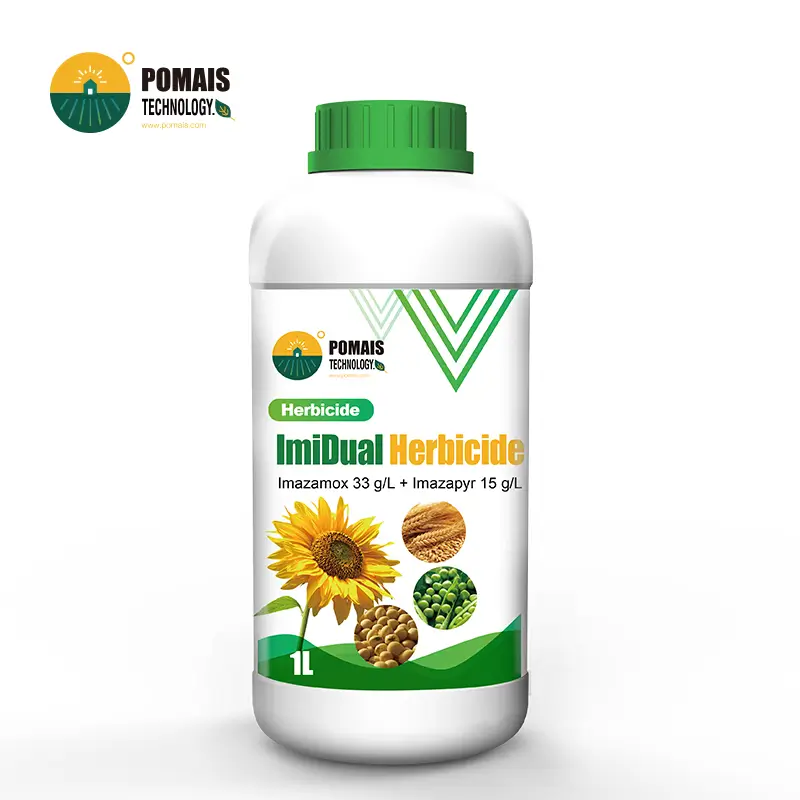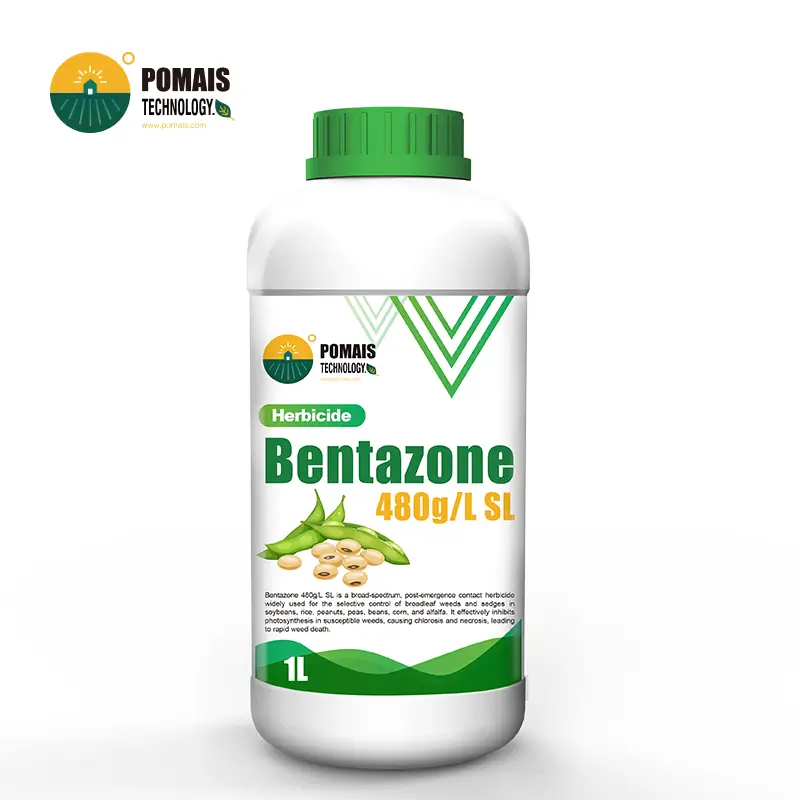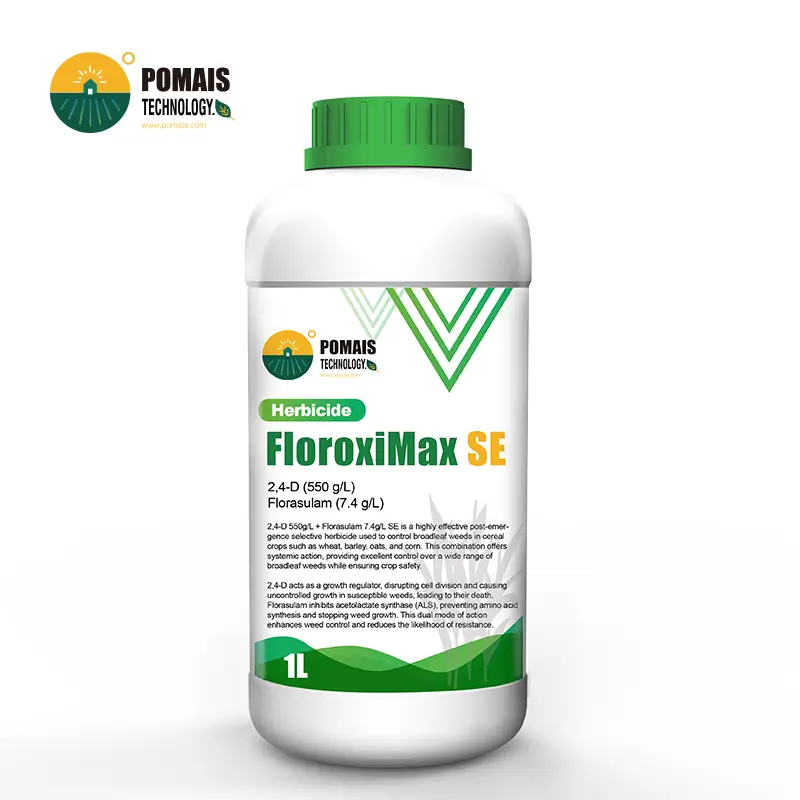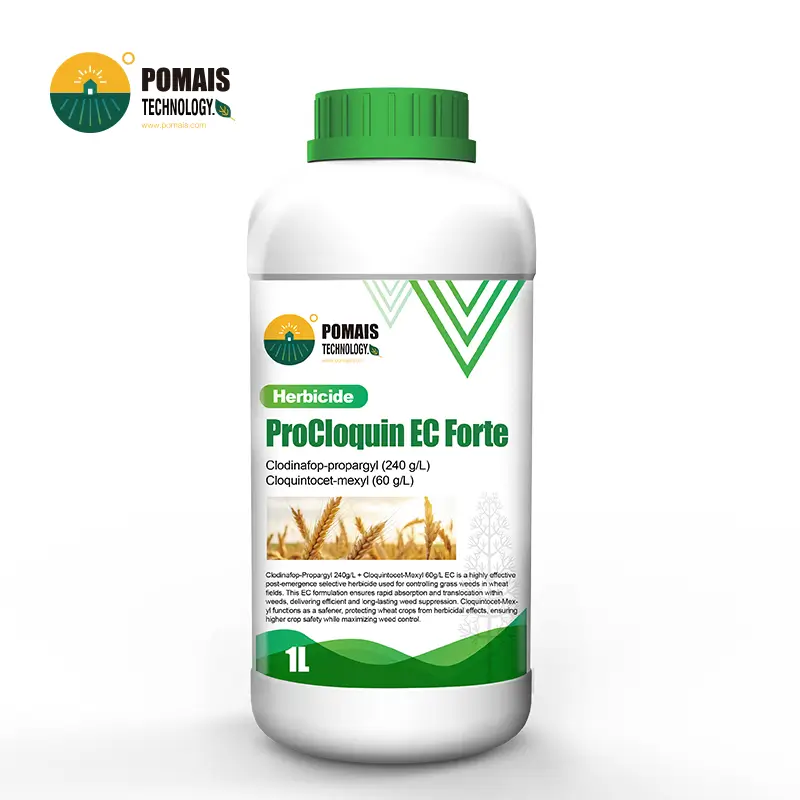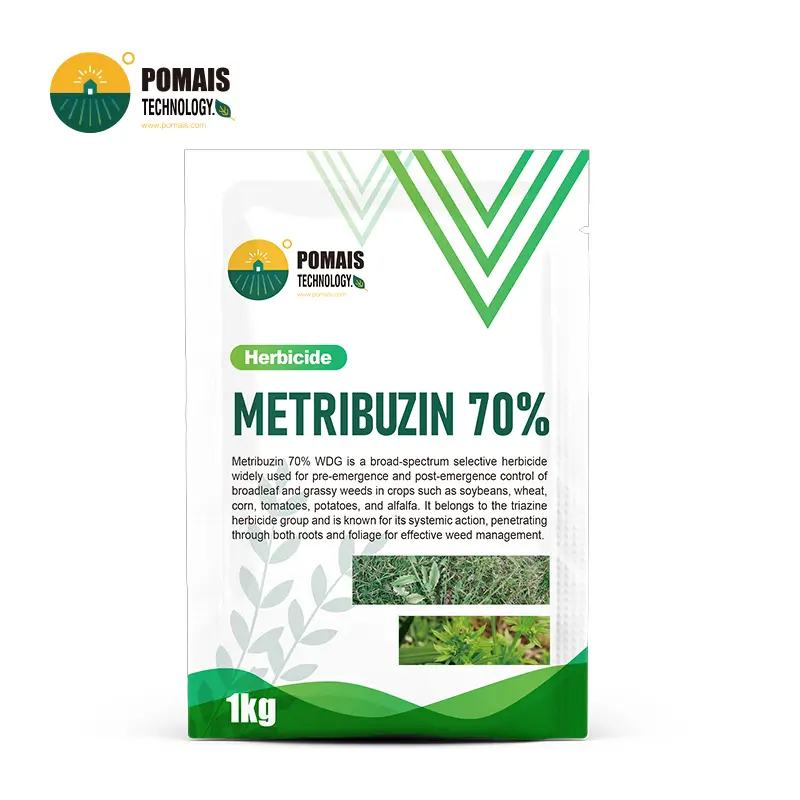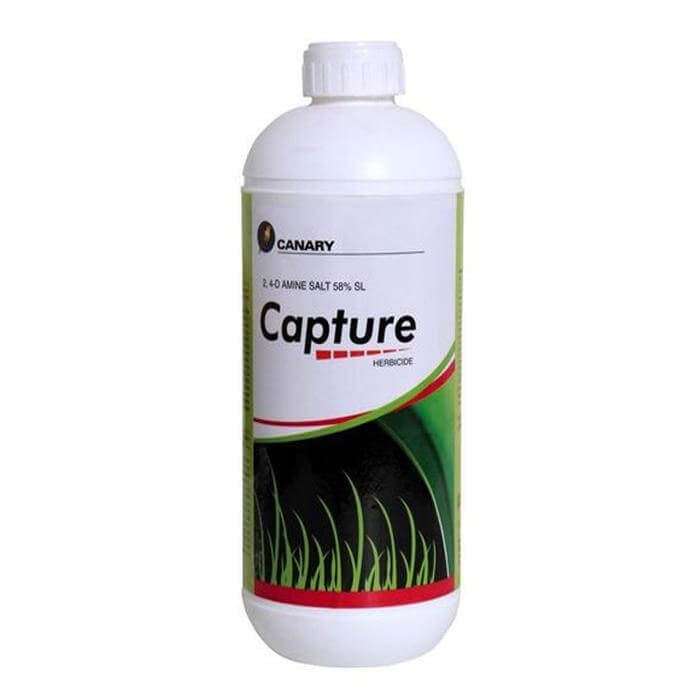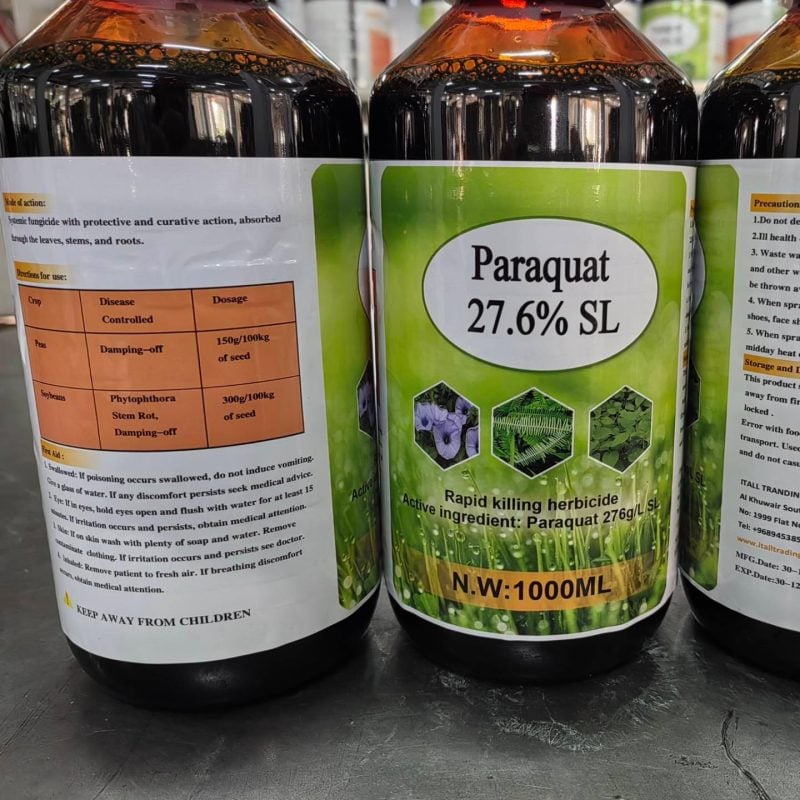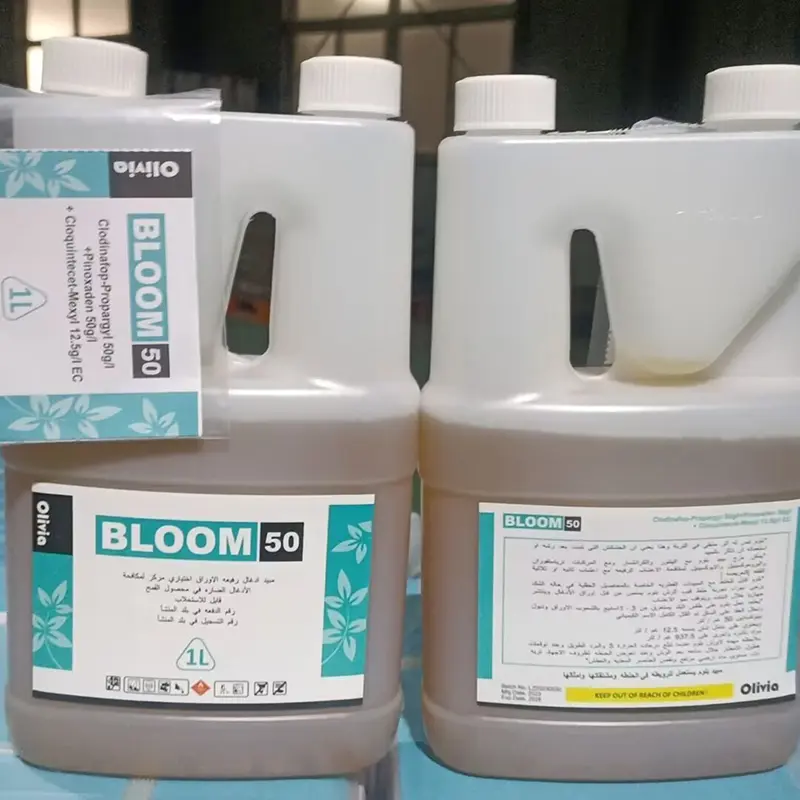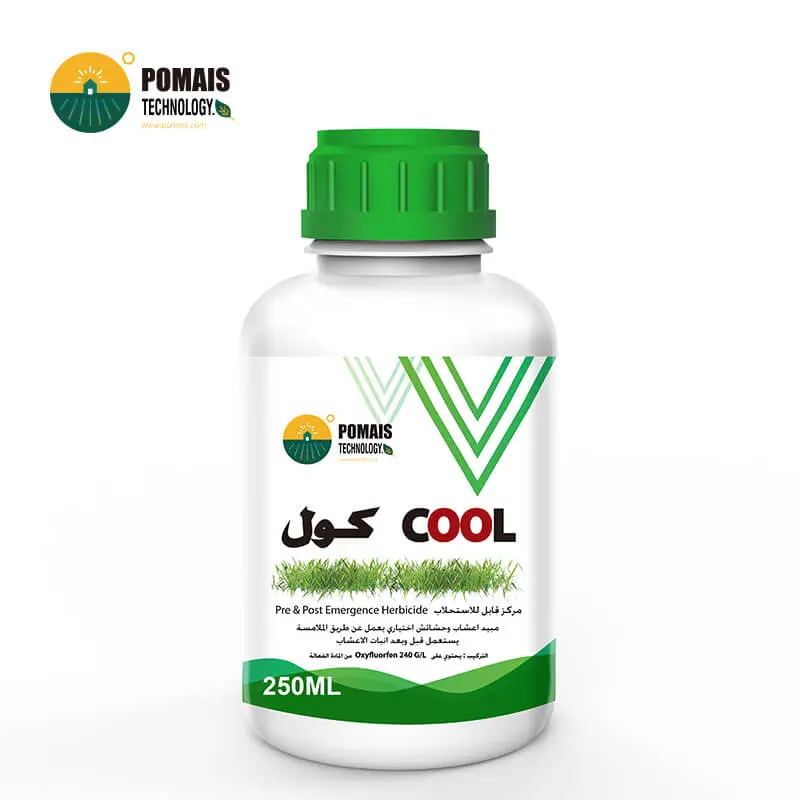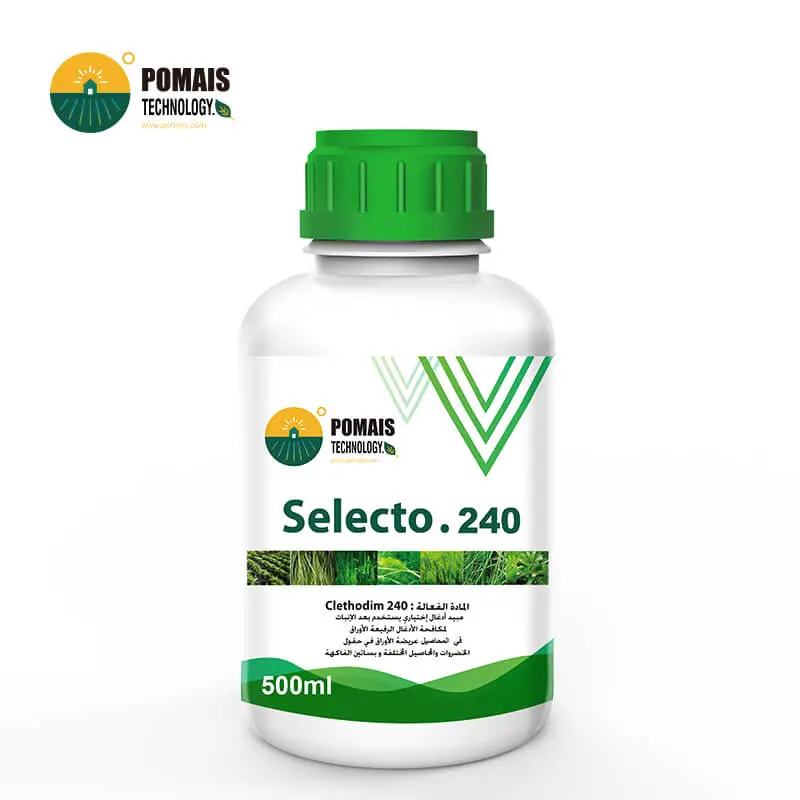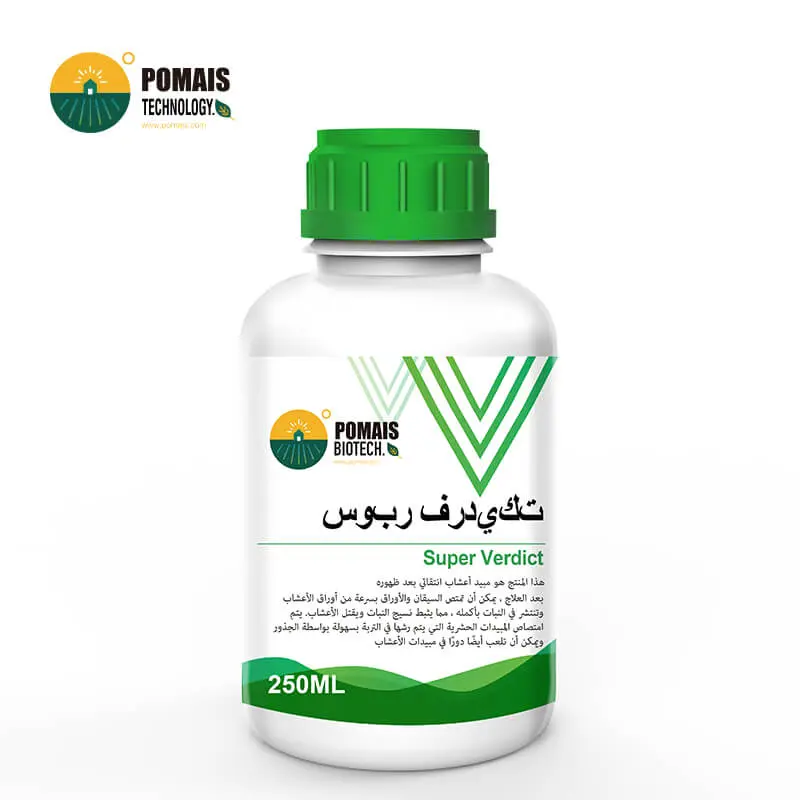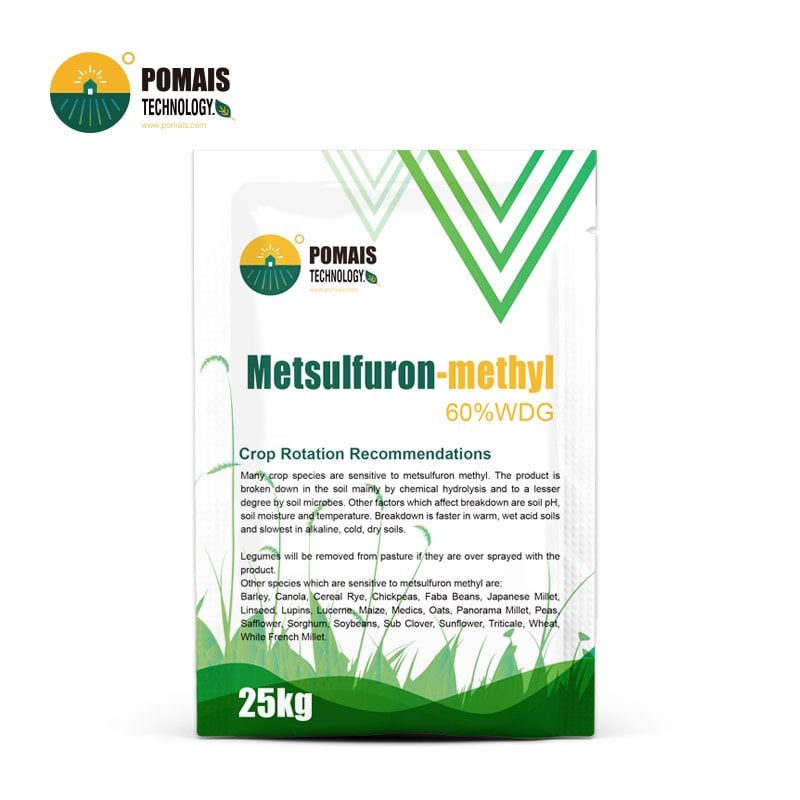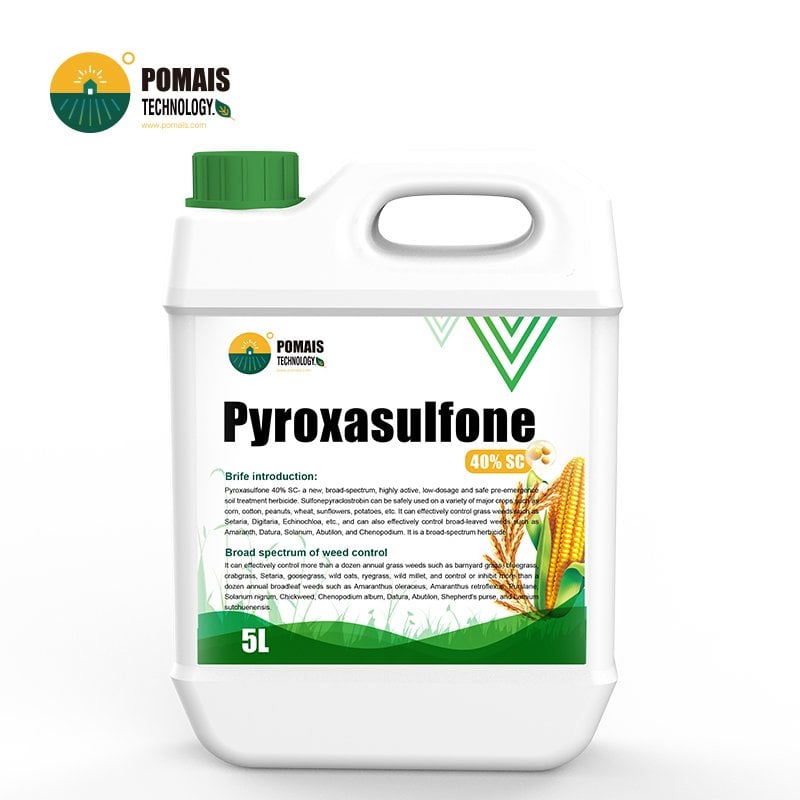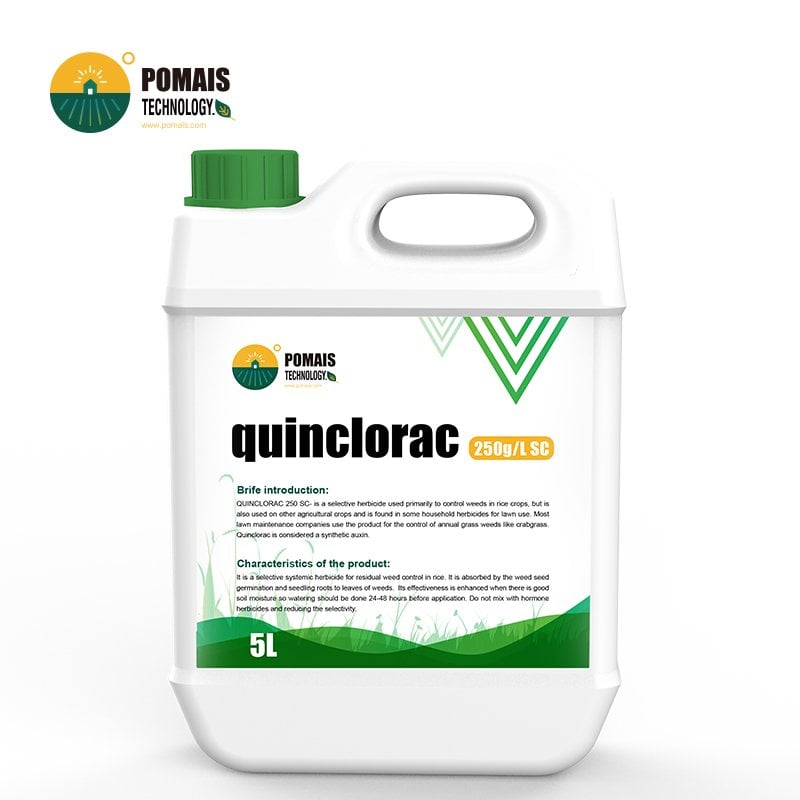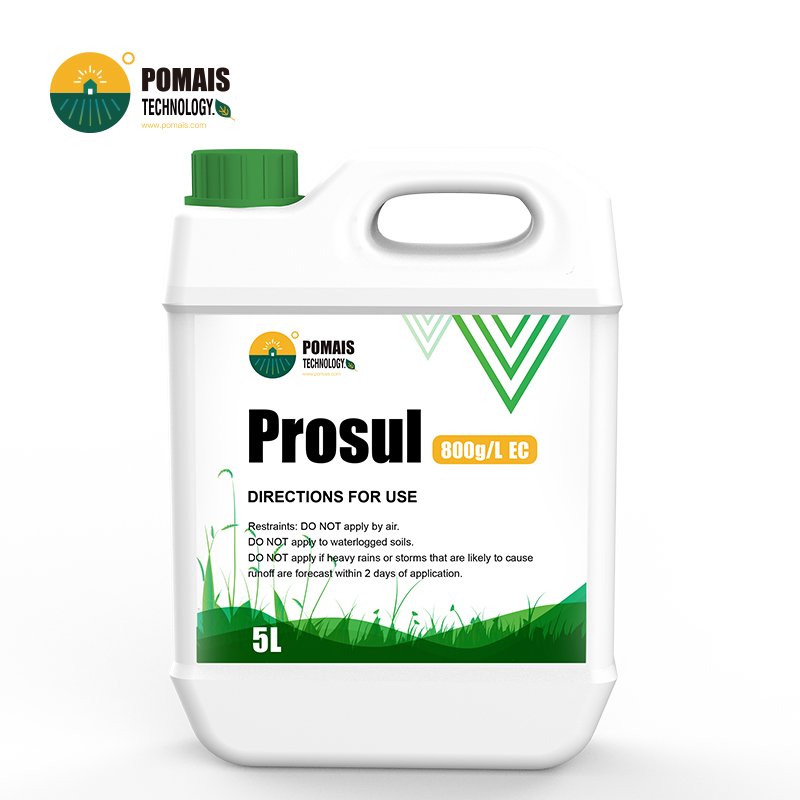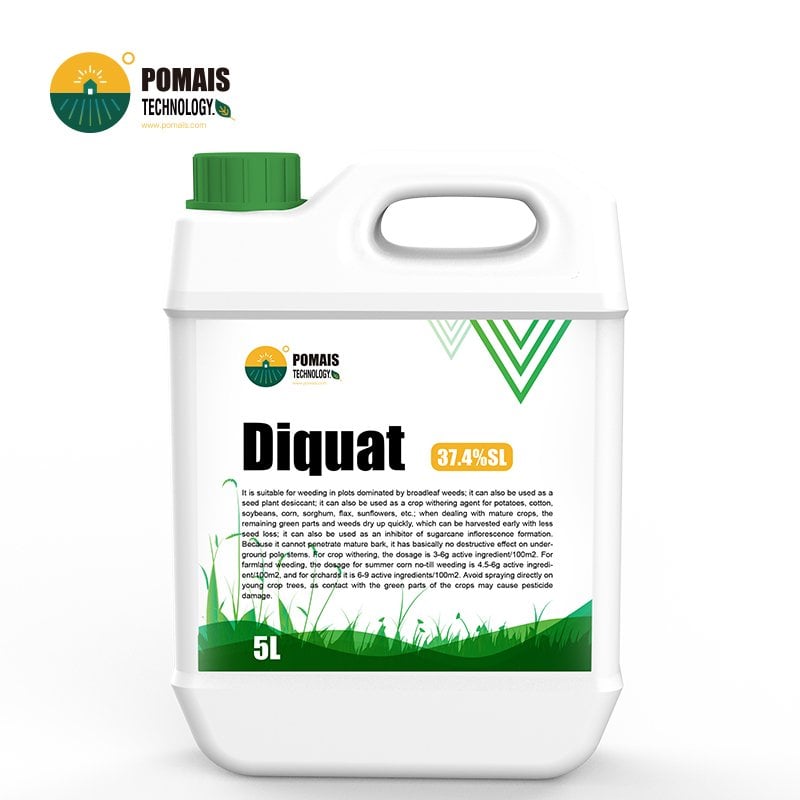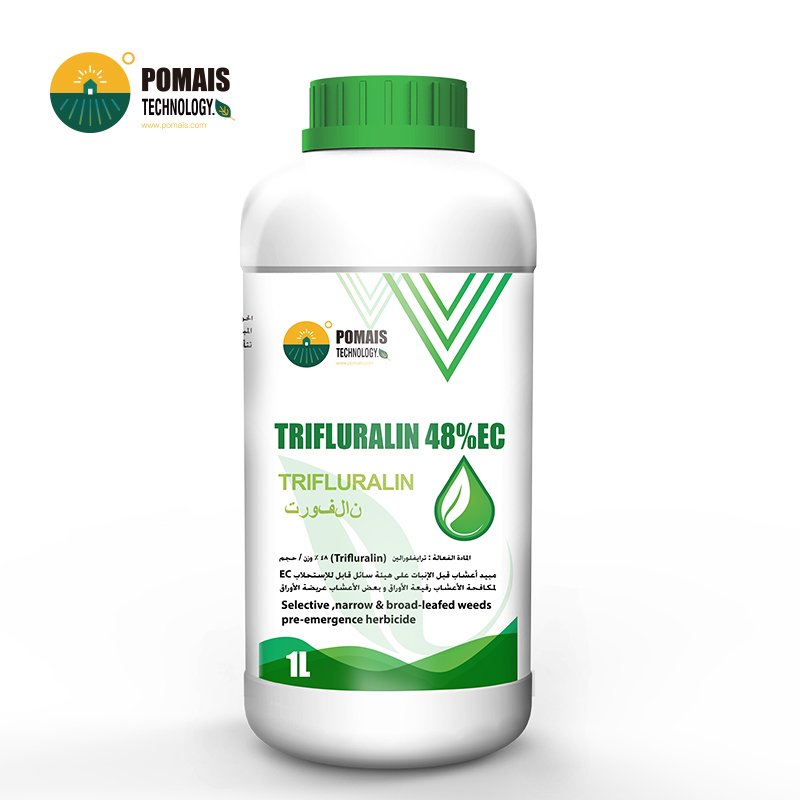Rice is highly vulnerable to pests, diseases, and weeds that can drastically reduce both yield and quality. At POMAIS Agriculture, we offer comprehensive solutions to protect your rice crops through a variety of effective insecticides, fungicides, herbicides, and seed treatments. Our high-quality products are specifically designed to safeguard your rice crops from common rice pests, fungal diseases, and weed infestations at every stage of growth. Additionally, we provide customized pesticide formulations, combining multiple active ingredients to address your unique crop protection needs and ensure optimal rice growth and yield.
- Control de plagas de insectos del arroz según la etapa de crecimiento
- Soluciones para el manejo de plagas de insectos del arroz según la etapa de crecimiento
- Más insecticidas
- Manejo de enfermedades del arroz
- Soluciones para el manejo de enfermedades del arroz según la etapa de crecimiento
- Ingredientes activos recomendados por enfermedad
- Más fungicidas
- Manejo de malezas del arroz según la etapa de crecimiento
- Soluciones para el manejo de malezas en el arroz según su etapa de crecimiento
- Más herbicidas
Rice Insect Pest Control by Growth Stage
| Rice Growth Stage | Key Insect Pests | Recommended Active Ingredients |
|---|---|---|
| Nursery (Seedling) Stage | Thrips, Aphids, Leafhoppers/Planthoppers, Soil Pests (Maggots, Wireworms), Snails | Thiamethoxam, Imidacloprid, Lambda-cyhalothrin, Fipronil, Chlorpyrifos, Niclosamide |
| Transplanting Stage | Stem Borers (1st Generation), Rice Water Weevil, Cutworms, Caseworms, Leafhoppers, Golden Apple Snail | Chlorantraniliprole, Indoxacarb, Fipronil, Cartap, Imidacloprid, Clothianidin, Lambda-cyhalothrin, Niclosamide |
| Tillering Stage | Stem Borers (2nd Generation), Leaf Folder, Brown Planthopper, Green Leafhopper, Gall Midge, Whorl Maggot, Armyworms | Chlorantraniliprole, Fipronil, Indoxacarb, Flubendiamide, Spinosad, Buprofezin, Pymetrozine, Imidacloprid, Bt, Carbofuran |
| Booting Stage | Stem Borers (late), Brown Planthopper, Rice Earhead Bug, WBPH, Armyworms, Aphids | Chlorantraniliprole, Fipronil, Cartap, Buprofezin, Pymetrozine, Dinotefuran, Malathion, Alpha-cypermethrin, Fenitrothion |
| Heading/Flowering Stage | Rice Ear Bugs, Brown Planthopper (late), Grasshoppers, Rodents, Birds | Malathion, Pyrethroids (Lambda-cyhalothrin, Deltamethrin), Etofenprox, Chlorpyrifos (observe PHI) |
| Ripening Stage | Residual Grain Suckers, Late Brown Planthopper, Storage Pests (rare) | No insecticide advised; focus on timely harvest and rodent/bird control |
Rice Insect Pest Management Solutions by Growth Stage
Rice cultivation is subject to significant insect pest pressure throughout its life cycle. From seedling emergence to grain harvest, pests such as thrips, planthoppers, borers, and grain-sucking bugs can severely impact crop vigor, yield, and grain quality. Effective control requires a growth-stage-based approach—combining monitoring, cultural practices, and timely application of suitable insecticides based on economic thresholds.
Below is a detailed stage-by-stage guide to key rice insect pests and recommended active ingredients for control.
1. Nursery (Seedling) Stage
Young rice seedlings are highly vulnerable to insect attack. The key pests at this stage are small but destructive sap-sucking or root-feeding insects.
- Key Pests: Thrips, Aphids, Leafhoppers/Planthoppers, Soil Maggots, Wireworms, Snails
- Symptoms: Silver streaks, stunted growth, yellowing leaves, poor emergence, seedling collapse
- Recommended Control Measures:
- Seed treatment with Thiamethoxam FS, Imidacloprid FS, or Fipronil provides systemic early protection.
- Foliar sprays with lambda-cyhalothrin can control visible thrips and aphid hotspots.
- Soil-applied insecticides such as Chlorpyrifos or Fipronil granules help manage soil pests.
- Molluscicides like niclosamide are effective for snail control in flooded nurseries.
Tip: Healthy, pest-free seedlings are the foundation of a high-yielding rice crop. Prioritize seed treatment and nursery monitoring.
2. Transplanting Stage
At transplanting, rice faces a new range of field-based threats. Damage at this phase can compromise crop establishment.
- Key Pests: Stem Borers (1st Gen), Rice Water Weevils, Cutworms, Caseworms, Planthoppers, Golden Apple Snail
- Symptoms: Deadheart tillers, uprooted or cut seedlings, root pruning, visible feeding scars
- Recommended Control Measures:
- Stem borers: Control larvae with Chlorantraniliprole, indoxacarb, or cartap before they bore into stems.
- Water weevils: Apply Fipronil, Clothianidin, or Imidacloprid to soil or water post-flooding.
- Cutworms/Caseworms: Use Chlorpyrifos, lambda-cyhalothrin, or diflubenzuron.
- Snails: Apply niclosamide early; hand-remove snails and their eggs.
Note: Transplant with insecticide-protected seedlings when possible. Maintain water levels carefully to suppress pest movement.
3. Tillering Stage
This phase sees an expansion of canopy and the entry of mid-season pests that target foliage, stems, and sap.
- Key Pests: Stem Borers (2nd Gen), Leaf Folder, Brown Planthopper (BPH), Green Leafhopper (GLH), Gall Midge, Armyworm
- Symptoms: Folded leaves, hopperburn, deadheart tillers, leaf scraping, gall shoots
- Recommended Control Measures:
- Leaf folders: Use flubendiamide, Chlorantraniliprole, or Spinosad at early larval stage.
- Planthoppers: Apply buprofezin, Pymetrozine, or Imidacloprid judiciously.
- Stem borers: Rotate insecticides if treated earlier; include Bt or indoxacarb.
- Gall midge: Use Fipronil, carbofuran, or resistant varieties.
IPM Tip: Preserve natural enemies—avoid broad-spectrum pyrethroids unless thresholds are breached.
4. Booting Stage
As reproductive organs develop, protecting the panicle becomes the priority. Certain insects can cause direct yield loss by destroying grain-bearing tissue.
- Key Pests: Late Stem Borers, Brown Planthopper, Rice Earhead Bug, Armyworms
- Symptoms: Whiteheads (empty panicles), sap loss, defoliation, milky grain damage
- Recommended Control Measures:
- Stem borers: Use Chlorantraniliprole, Fipronil, or cartap granules before whiteheads appear.
- Earhead bugs: Apply Malathion, alpha-cypermethrin, or fenitrothion at early grain fill.
- BPH: Manage resurgence with Dinotefuran, buprofezin, or Pymetrozine.
- Armyworms: Treat outbreaks with lambda-cyhalothrin or indoxacarb.
Strategy: One well-timed spray at early heading can suppress multiple panicle-stage pests.
5. Heading/Flowering Stage
With the panicle fully emerged, the crop is in a sensitive stage. Insecticide use should be minimized, but key pests may still require attention.
- Key Pests: Ear Bugs, Late BPH, Grasshoppers, Birds and Rodents
- Symptoms: Pecky rice (discolored grains), hopperburn, grain drop, bird pecking
- Recommended Control Measures:
- Use Malathion or lambda-cyhalothrin carefully to avoid harming pollinators.
- Rodent/bird management: Physical barriers, scare tactics, field sanitation.
- If BPH persists: use etofenprox or Chlorpyrifos (with PHI compliance).
Reminder: Respect pre-harvest intervals (PHI) when applying any late-season insecticides.
6. Ripening Stage
At this stage, grain is hardening and plant sap dries up. The crop is less attractive to most pests.
- Key Pests: Residual Rice Bugs, Late BPH, Storage Insects (rare)
- Symptoms: Pecky spots, lodging, occasional hopperburn
- Recommended Control Measures:
- No chemical treatment advised.
- Focus on timely harvest and post-harvest hygiene.
- Destroy stubble and manage surrounding vegetation to break pest cycles.
End-Season Advisory: Avoid late sprays. Instead, coordinate harvest logistics and community pest management.
| Insect Pest | Recommended Active Ingredients |
|---|---|
| Rice Thrips (Stenchaetothrips biformis) | Thiamethoxam, Imidacloprid, Lambda‑cyhalothrin |
| Aphids | Imidacloprid, Acetamiprid, Thiamethoxam |
| Leafhoppers / Planthoppers | Imidacloprid, Thiamethoxam, Buprofezin, Pymetrozine |
| Soil Pests (Maggots, Wireworms) | Fipronil, Chlorpyrifos |
| Golden Apple Snail (Pomacea canaliculata) | Niclosamide, Metaldehyde |
| Rice Stem Borer (Chilo suppressalis, Scirpophaga incertulas) | Chlorantraniliprole, Indoxacarb, Fipronil, Cartap hydrochloride |
| Rice Water Weevil (Lissorhoptrus oryzophilus) | Fipronil, Clothianidin, Imidacloprid |
| Cutworms / Caseworms | Lambda‑cyhalothrin, Chlorpyrifos, Diflubenzuron |
| Leaf Folder (Cnaphalocrocis medinalis) | Flubendiamide, Chlorantraniliprole, Spinosad, Spinetoram |
| Brown Planthopper (Nilaparvata lugens) | Buprofezin, Pymetrozine, Dinotefuran, Imidacloprid (single use), Isoprocarb |
| Green Leafhopper (Nephotettix virescens) | Fipronil, Imidacloprid, Buprofezin |
| Gall Midge (Orseolia oryzae) | Carbofuran (restricted), Fipronil, Imidacloprid |
| Rice Whorl Maggot (Hydrellia philippina) | Chlorpyrifos (if necessary), Water management |
| Armyworm / Swarming Caterpillar (Spodoptera spp.) | Lambda‑cyhalothrin, Cypermethrin, Spinosad, Indoxacarb |
| Rice Ear Bug (Leptocorisa oratorius) | Malathion, Alpha‑cypermethrin, Fenitrothion, Lambda‑cyhalothrin |
| Rice Stink Bug (Oebalus pugnax) | Same as above |
| Grasshoppers | Pyrethroids (e.g. Lambda‑cyhalothrin), Spot spraying |
| Late Brown Planthopper | Etofenprox, Deltamethrin, Chlorpyrifos |
More Insecticides
Rice Disease Management
| Rice Growth Stage | Common Diseases | Recommended Management |
|---|---|---|
| Nursery (Seedling) Stage | Bakanae, Damping-Off, Rice Seedling Viruses | Seed treatment with benomyl, carbendazim, or metalaxyl; nursery hygiene; remove infected seedlings |
| Transplanting Stage | Carry-over Bakanae, Leaf Blast, Bacterial Leaf Blight (early), Seedling Tungro | Scout and remove infected transplants; apply tricyclazole or isoprothiolane for blast; copper for BLB |
| Tillering Stage | Leaf Blast, Brown Spot, Sheath Blight (early), Bacterial Leaf Blight, Tungro | Tricyclazole or azoxystrobin at lesion appearance; maintain water, avoid excess nitrogen |
| Booting Stage | Sheath Blight, Neck Blast, Bacterial Leaf Blight (late), Sheath Rot, False Smut | Apply azoxystrobin, propiconazole, tebuconazole at threshold; protect panicle and flag leaf |
| Heading/Flowering Stage | Neck Blast, Grain Spotting, False Smut, Kernel Smut, Bacterial Panicle Blight | Late tricyclazole or strobilurin spray; propiconazole for smut; harvest planning is essential |
| Ripening (Grain Fill) Stage | Late Sheath Blight, Stem Rot, Grain Weathering, Storage Molds | No sprays advised; harvest on time; monitor for stem diseases and avoid grain overexposure |
Rice Disease Management Solutions by Growth Stage
Rice production faces critical disease threats at every stage of growth. From the delicate seedling phase to the final grain ripening stage, fungal, bacterial, and viral pathogens can significantly reduce yield and grain quality if not managed properly. Understanding which diseases are most likely to occur during each stage and applying the correct control measures is essential for a healthy and productive crop.
Below is a detailed overview of common rice diseases by growth stage, their symptoms, and recommended management practices.
1. Nursery (Seedling) Stage
At this early phase, seedlings are especially vulnerable to seed-borne and soil-borne pathogens, as well as viral infections transmitted by insect vectors.
- Common Diseases:
Bakanae (Foolish Seedling Disease), Damping-Off, Rice Seedling Viruses - Symptoms & Impact:
Abnormal seedling elongation, yellowing, weak roots, patchy death, stunted viral growth - Recommended Management:
Seed treatment with benomyl, carbendazim, or metalaxyl. Ensure hygiene and insect vector control.
2. Transplanting Stage
This stage involves moving seedlings to the field. Transplant stress increases disease susceptibility.
- Common Diseases:
Carry-over Bakanae, Leaf Blast, Bacterial Leaf Blight (early), Seedling Tungro Virus - Symptoms & Impact:
Stunting, grey leaf lesions, rot, orange-yellow virus symptoms post-transplant - Recommended Management:
Remove infected plants. Use tricyclazole/isoprothiolane for blast, copper bactericides for BLB.
3. Tillering Stage
Tillering brings dense canopy growth, ideal for foliar diseases.
- Common Diseases:
Leaf Blast, Brown Spot, Sheath Blight, Bacterial Leaf Blight, Tungro - Symptoms & Impact:
Spindle lesions, brown spots, sheath rot, virus effects; reduced tillering - Recommended Management:
Apply tricyclazole or azoxystrobin early. Split nitrogen doses. Maintain ideal water levels.
4. Booting Stage
Flag leaf and panicle are vulnerable during booting.
- Common Diseases:
Sheath Blight, Neck Blast, Sheath Rot, False Smut - Symptoms & Impact:
Panicle blocking, rot, empty heads, smutty grains - Recommended Management:
Use azoxystrobin, propiconazole, tebuconazole before panicle emergence. Ensure thorough canopy spray.
5. Heading/Flowering Stage
Critical stage for grain quality and final yield.
- Common Diseases:
Neck Blast, Grain Spotting, False Smut, Kernel Smut, Bacterial Panicle Blight - Symptoms & Impact:
Whiteheads, glume blotches, black smut, discolored grain - Recommended Management:
Use tricyclazole or strobilurin + triazole before heading. Minimal treatment options post-infection.
6. Ripening (Grain Fill) Stage
Final protection phase—focus on harvest hygiene.
- Common Diseases:
Late Sheath Blight, Stem Rot, Grain Weathering, Storage Molds - Symptoms & Impact:
Lodging, stem decay, moldy grains, pre-harvest sprouting - Recommended Management:
No fungicides; prioritize timely harvest and monitoring.
Final Tip:
Preventative care is most effective. Use resistant varieties, timely sprays, and cultural practices like proper irrigation and fertilization. Scout regularly. Prevention is more effective than cure.
Recommended Active Ingredients by Disease
| Disease Name | Recommended Active Ingredients |
|---|---|
| Bakanae | benomyl, carbendazim, Iprobenfos |
| Damping-Off | metalaxyl, Thiram, Mancozeb, Captan |
| Rice Seedling Viruses | No fungicide. Use Imidacloprid, Thiamethoxam (vector control) |
| Leaf Blast | Tricyclazole, Isoprothiolane, Azoxystrobin, Propiconazole, Tebuconazole |
| Bacterial Leaf Blight | Copper Oxychloride (limited), resistance preferred |
| Tungro Virus | No direct treatment. Vector control with Imidacloprid, Thiamethoxam |
| Brown Spot | Mancozeb, Propiconazole, Triazoles |
| Sheath Blight | Azoxystrobin, Propiconazole, Tebuconazole, Validamycin |
| Sheath Rot | Propiconazole, benomyl, Hexaconazole, Mancozeb |
| False Smut | Propiconazole, Azoxystrobin, Fluoxastrobin (booting stage) |
| Kernel Smut | Propiconazole (early flowering) |
| Grain Spotting | Mancozeb, Propiconazole |
| Neck Blast | Tricyclazole, Trifloxystrobin + Tebuconazole |
| Stem Rot | No late-season control; manage early with Propiconazole or Validamycin |
| Grain Weathering | No fungicide; cultural practices only |
| Bacterial Panicle Blight | No fungicide; focus on resistance and agronomy |
| Storage Molds | Not treated in field; manage with drying and hygiene |
More Fungicides
Rice Weed Management by Growth Stage
| Rice Growth Stage | Common Weeds | Recommended Active Ingredients |
|---|---|---|
| Nursery (Seedling) Stage | Barnyardgrass, Chinese sprangletop, Monochoria, Cyperus spp. | Butachlor, Pretilachlor, Oxadiazon, Fenoxaprop‑ethyl, Cyhalofop‑butyl, Bensulfuron‑methyl, 2,4‑D (low dose, with caution) |
| Transplanting Stage | Barnyardgrass, Junglerice, Sedges, Monochoria, Ludwigia, Sagittaria | Pretilachlor, Butachlor, Oxadiazon, Pendimethalin, Bispyribac‑sodium, Penoxsulam, Quinclorac, Bentazon, Fenoxaprop‑ethyl, 2,4‑D |
| Tillering Stage | Surviving grasses, Weedy rice, Mid‑season sedges, Alternanthera, Eclipta | 2,4‑D (amine or sodium salt), Pyrazosulfuron‑ethyl, Propanil, Thiobencarb, Spot herbicide application as needed |
| Booting/Heading Stage | Mature escapes (barnyardgrass, weedy rice), tall sedges, aquatic weeds | Manual removal only; no herbicide recommended due to crop safety and PHI restrictions |
| Ripening Stage | Late flush weeds, ratoon rice, hardy perennials at field edges | Mechanical methods only; post‑harvest sanitation, stubble burning or deep ploughing if permitted |
Rice Weed Management Solutions by Growth Stage
Weeds pose one of the most persistent and yield‑limiting challenges in rice cultivation. If left unchecked, they compete with rice for nutrients, light, water, and space—potentially causing yield losses of up to 80%. Effective weed control is not only crucial for maximizing yields but also for ensuring ease of harvest, reducing pest habitat, and lowering future weed seed banks.
At POMAIS Agriculture, we emphasize growth‑stage‑specific weed management strategies, combining chemical, mechanical, and cultural practices. Below is a detailed breakdown of the key weed threats during each growth stage of rice, along with the recommended active ingredients to manage them effectively.
1. Nursery (Seedling) Stage
Common Weeds
- Grasses: Barnyardgrass (Echinochloa crus-galli), Chinese sprangletop (Leptochloa chinensis)
- Broadleaves: Monochoria (Monochoria vaginalis), Ludwigia spp.
- Sedges: Cyperus difformis, Fimbristylis miliacea
Weed Impact
Even in this short pre‑transplant phase, weeds can severely weaken rice seedlings by depriving them of light and nutrients. Worse, weeds left in the nursery may be inadvertently transplanted to the main field.
Recommended Control Strategy
- Pre‑emergence herbicides:
- Butachlor, Pretilachlor, Oxadiazon — apply immediately after sowing on moist soil to suppress early weed germination.
- Early post‑emergence options:
- Fenoxaprop‑ethyl, Cyhalofop‑butyl — target emerging grass weeds.
- Bensulfuron‑methyl — controls broadleaves and sedges.
- Use 2,4‑D only at very low doses and with caution to avoid rice injury.
Best Practice: Combine land levelling, stale seedbed methods, and herbicide application to ensure a clean seedbed and deliver weed‑free seedlings to the field.
2. Transplanting Stage (0–20 Days After Transplant)
Common Weeds
- Grasses: Barnyardgrass, Junglerice (Echinochloa colona), Sprangletop
- Sedges: Cyperus difformis, Fimbristylis miliacea, Cyperus iria
- Broadleaves: Monochoria vaginalis, Ludwigia octovalvis, Sagittaria montevidensis
Weed Impact
This is the critical weed competition window—weeds emerging alongside young rice can drastically reduce tillering, canopy closure, and final yield.
Recommended Control Strategy
- Pre‑emergence herbicides (within 2–5 days after transplant):
- Pretilachlor, Butachlor, Oxadiazon, Pendimethalin — create a protective barrier to block weed germination.
- Post‑emergence herbicides (10–20 DAT/DAS):
- Bispyribac‑sodium, Penoxsulam — broad‑spectrum control (grasses, sedges, broadleaves).
- Fenoxaprop‑ethyl, Cyhalofop‑butyl — selective for grasses like barnyardgrass.
- Bentazon, Quinclorac, 2,4‑D — effective against broadleaf weeds and sedges.
Two‑Step Control Approach: Combine a pre‑emergent and a follow‑up post‑emergent spray to ensure near‑total control of early‑season weeds.
3. Tillering Stage (20–40 Days After Transplant)
Common Weeds
- Surviving grasses (e.g., barnyardgrass), weedy rice, mid‑season sedges, terrestrial broadleaves like Alternanthera and Eclipta.
Weed Impact
Even though rice is now better established, mid‑season weeds can still reduce panicle initiation, impede operations, and contribute to weed seed banks.
Recommended Control Strategy
- Post‑emergence herbicides:
- 2,4‑D amine/sodium salt — best applied during mid‑tillering to target broadleaves and sedges.
- Pyrazosulfuron‑ethyl — ALS‑inhibiting residual herbicide for sedges and some broadleaves.
- Propanil + Thiobencarb — a widely used combination for contact and residual control.
- Mechanical Measures:
- Spot weeding and rouging of weedy rice or escaped grasses.
Flooding Strategy: Maintain shallow continuous flooding to suppress late germinating upland weeds.
4. Booting / Heading Stage (40–70 Days After Transplant)
Common Weeds
- Tall escaped barnyardgrass, weedy rice, flowering sedges, aquatic weeds near field margins.
Weed Impact
Weeds at this stage interfere with grain filling, harbor pests, and complicate harvest by causing lodging and contamination.
Recommended Control Strategy
- Manual removal only: No herbicides are recommended due to crop sensitivity and grain residue risks.
- Rogue or clip off mature weeds (especially weedy rice) before they seed.
Caution: DO NOT apply 2,4‑D or other herbicides at this stage—risk of sterility or grain damage is high.
5. Ripening Stage (70+ Days / Pre‑Harvest)
Common Weeds
- Late flush of grass weeds, ratoon rice tillers, perennials like cattail or bulrush at field borders.
Weed Impact
Minimal yield impact, but mature weeds can interfere with harvest, increase grain moisture, and contaminate produce with seeds or debris.
Recommended Control Strategy
- Mechanical sanitation:
- Mow or slash field borders.
- Drain field appropriately for uniform dry‑down.
- Post‑harvest ploughing or permitted stubble burning to destroy late survivors.
Seedbank Prevention: Every weed you prevent from seeding now reduces your weed pressure next season.
| Weed Name | Recommended Active Ingredients |
|---|---|
| Barnyardgrass (Echinochloa crus-galli) | Pretilachlor, Butachlor, Quinclorac, Penoxsulam, Cyhalofop‑butyl, Fenoxaprop‑ethyl |
| Junglerice (Echinochloa colona) | Butachlor, Pretilachlor, Cyhalofop‑butyl, Bispyribac‑sodium |
| Chinese Sprangletop (Leptochloa chinensis) | Cyhalofop‑butyl, Fenoxaprop‑ethyl |
| Smallflower Umbrella Sedge (Cyperus difformis) | Bensulfuron‑methyl, Bentazon, Penoxsulam |
| Rice Flat Sedge (Cyperus iria) | Bentazon, Penoxsulam, Pyrazosulfuron‑ethyl |
| Globe Fringerush (Fimbristylis miliacea) | Bensulfuron‑methyl, Pyrazosulfuron‑ethyl, 2,4‑D |
| Pickerelweed (Monochoria vaginalis) | Bensulfuron‑methyl, Bentazon, 2,4‑D (carefully timed) |
| Water Primrose (Ludwigia spp.) | Bentazon, 2,4‑D, Bispyribac‑sodium |
| Arrowhead (Sagittaria montevidensis) | Quinclorac, Penoxsulam |
| False Daisy (Eclipta prostrata) | 2,4‑D, Bentazon |
| Alternanthera spp. | 2,4‑D, Pyrazosulfuron‑ethyl |
| Weedy Rice (Red Rice) | Manual removal only (no selective herbicide available) |
| Purple Nutsedge (Cyperus rotundus) | Manual removal, spot treatment (non-selective herbicides like glyphosate, with shielding) |

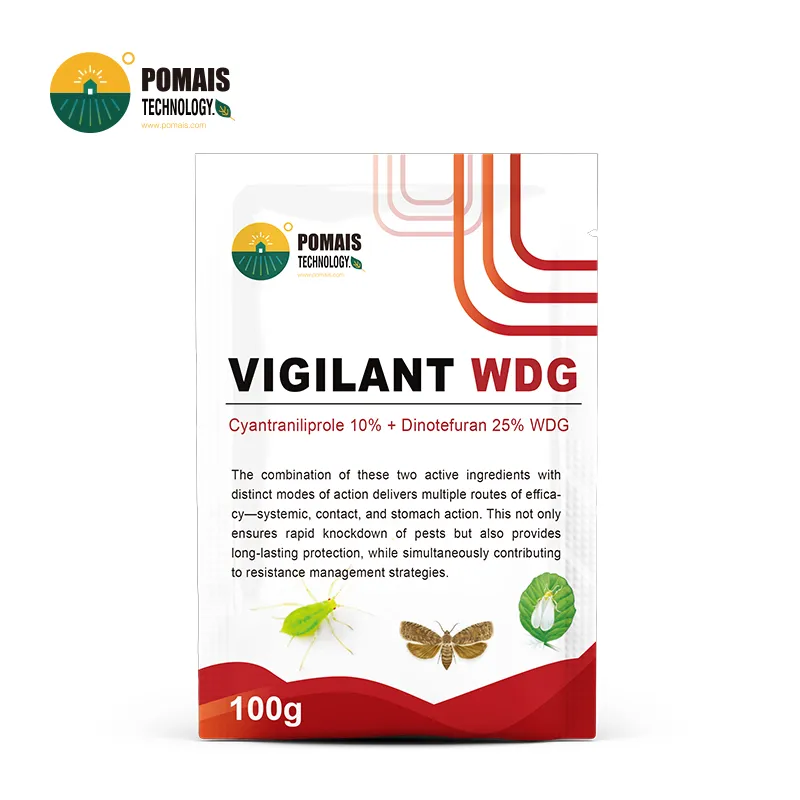
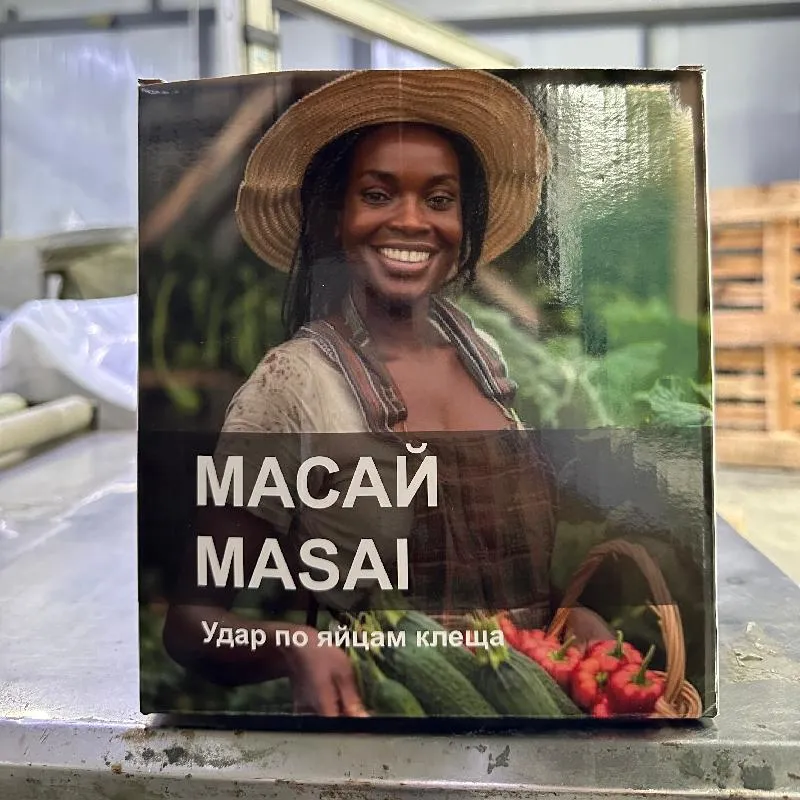
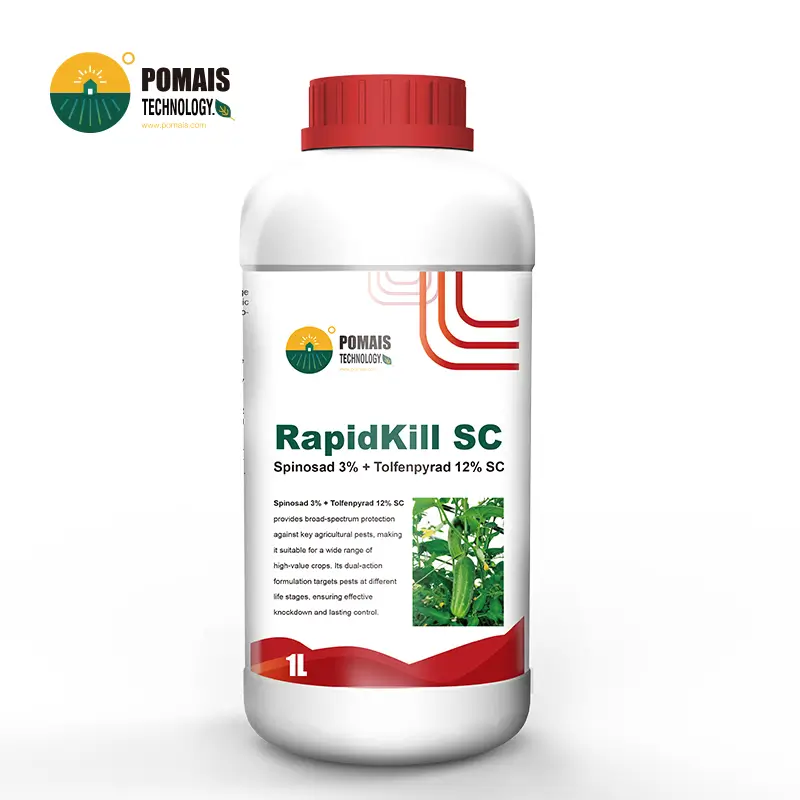
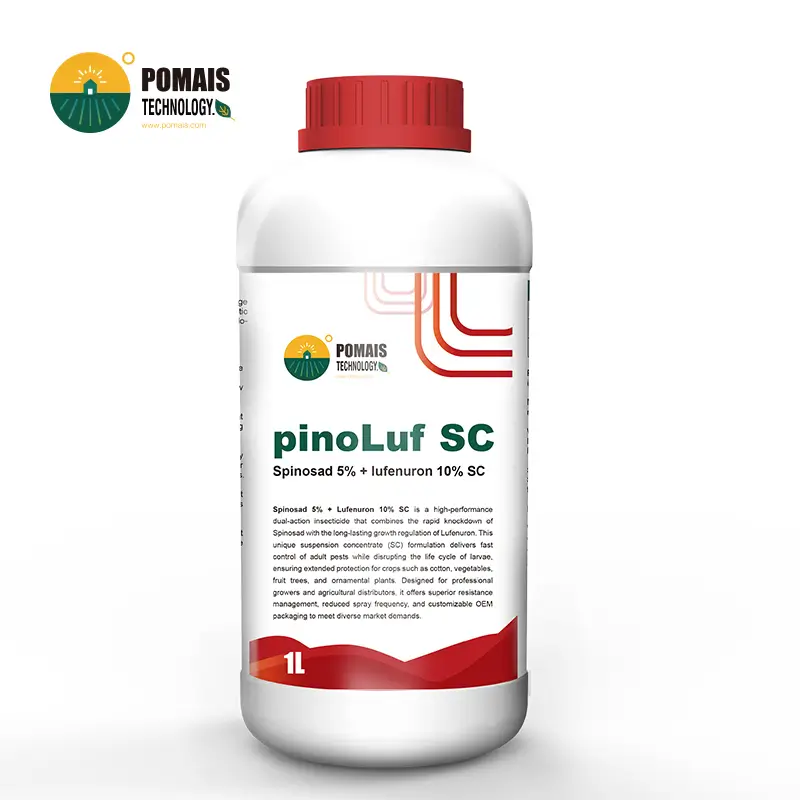
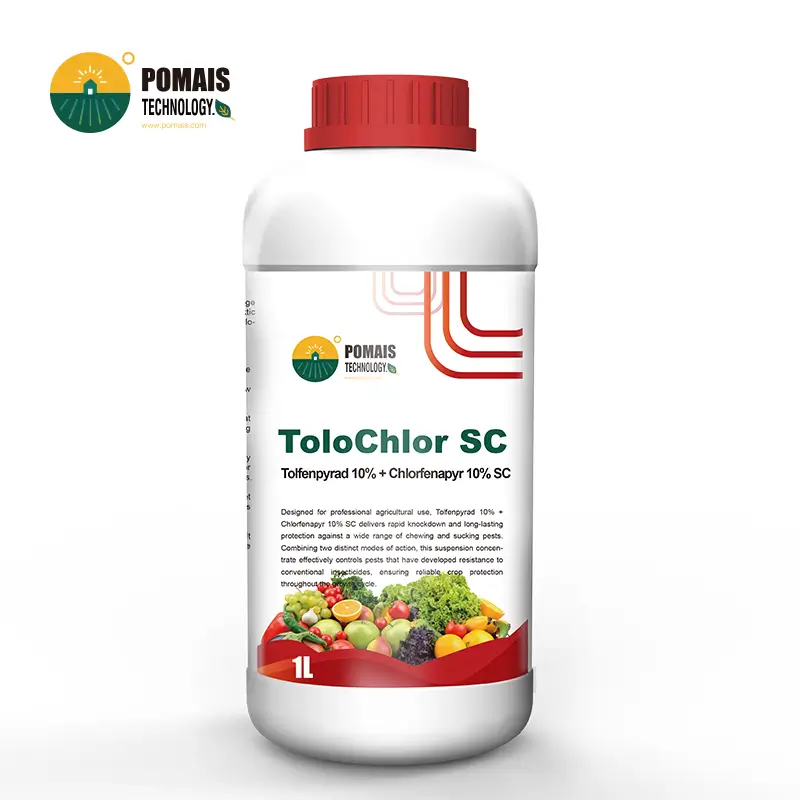
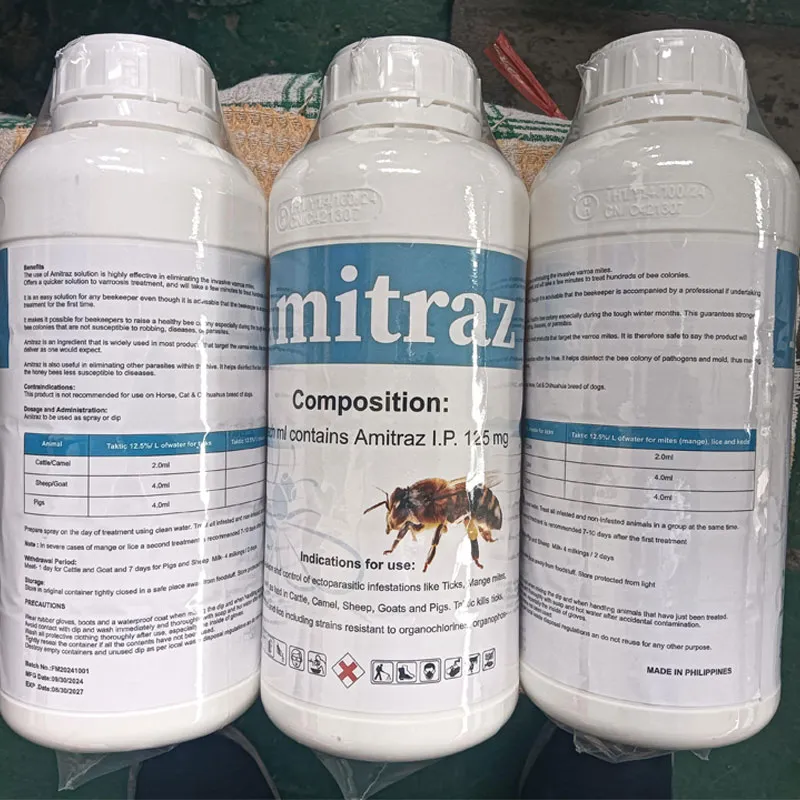
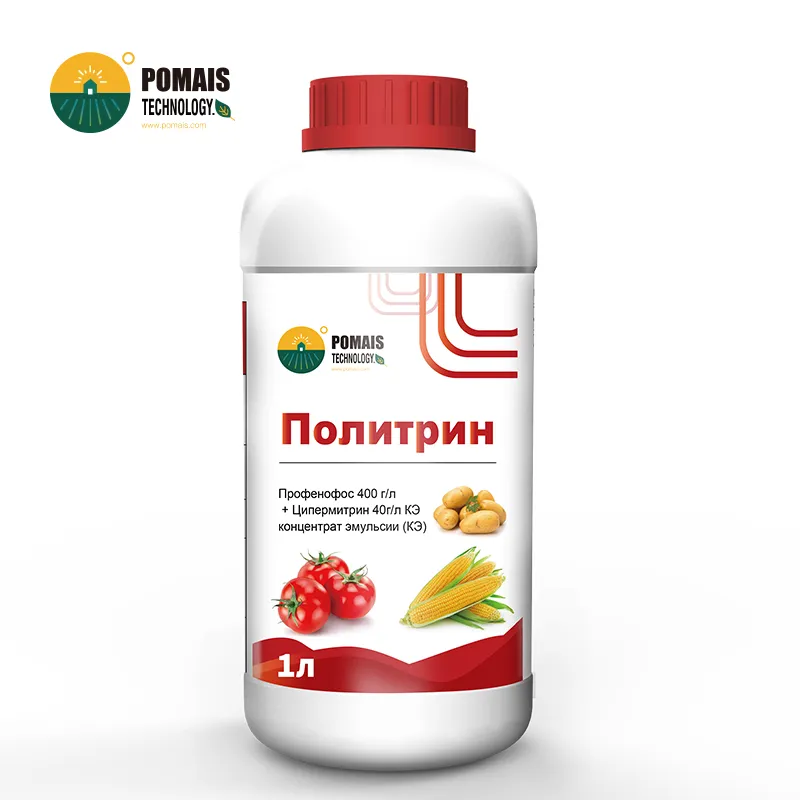
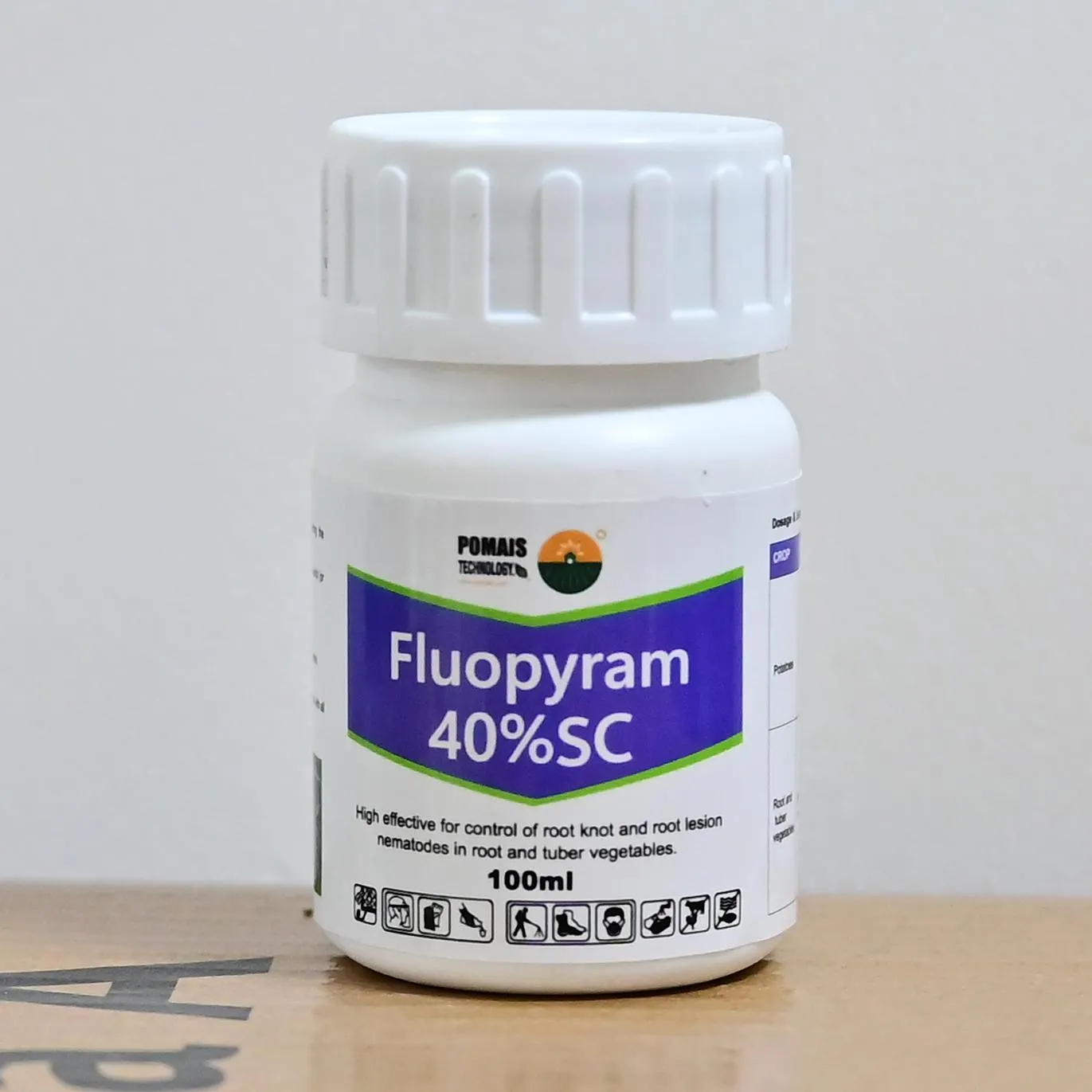
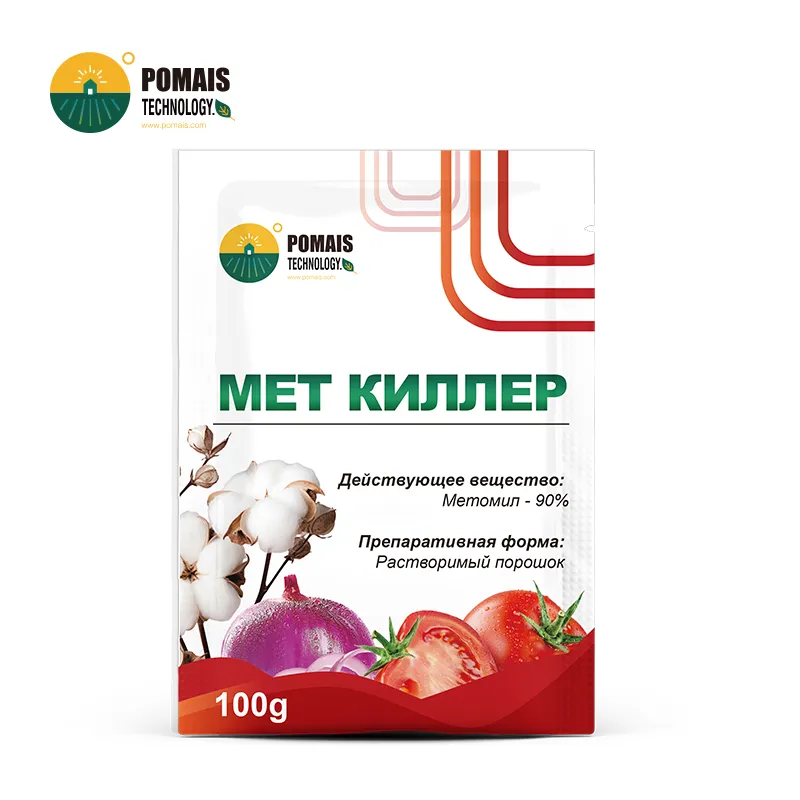
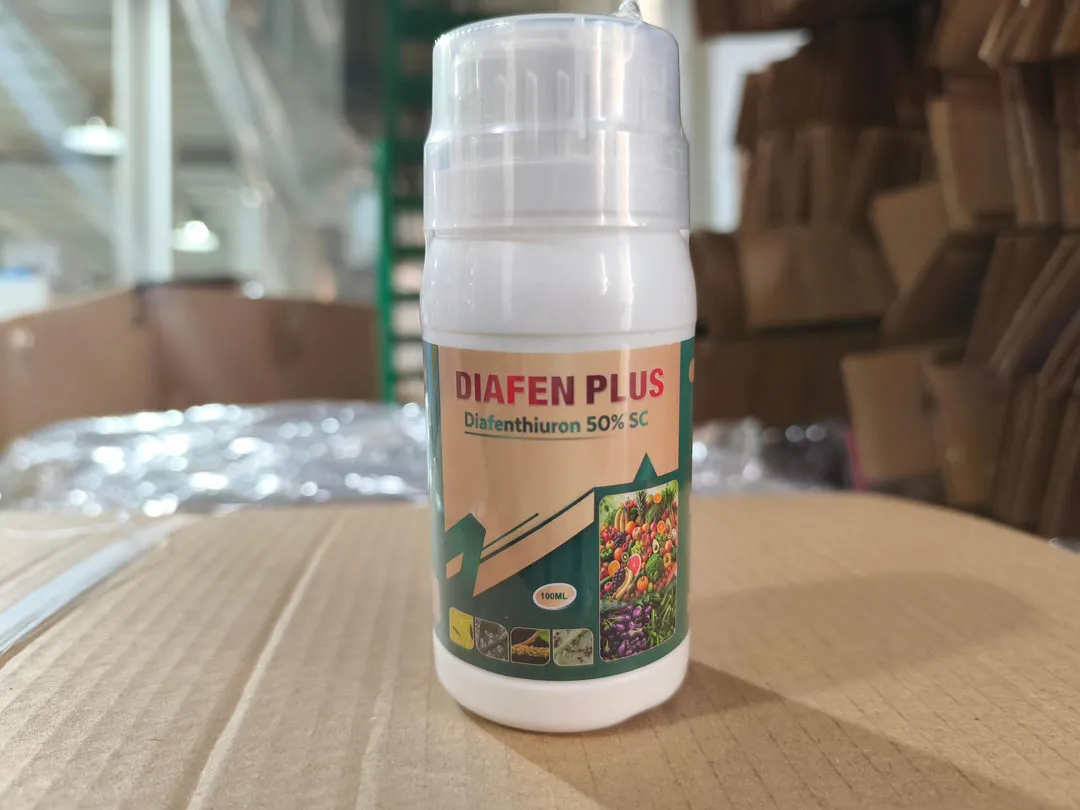
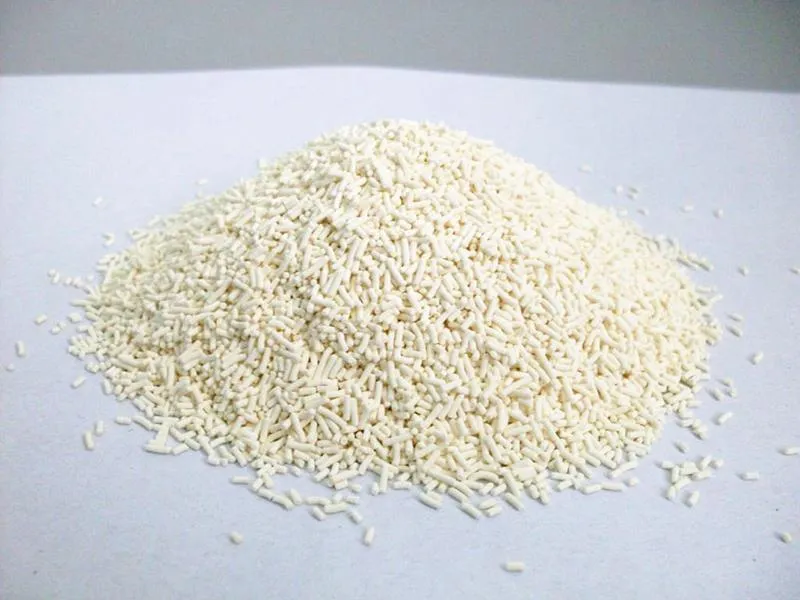
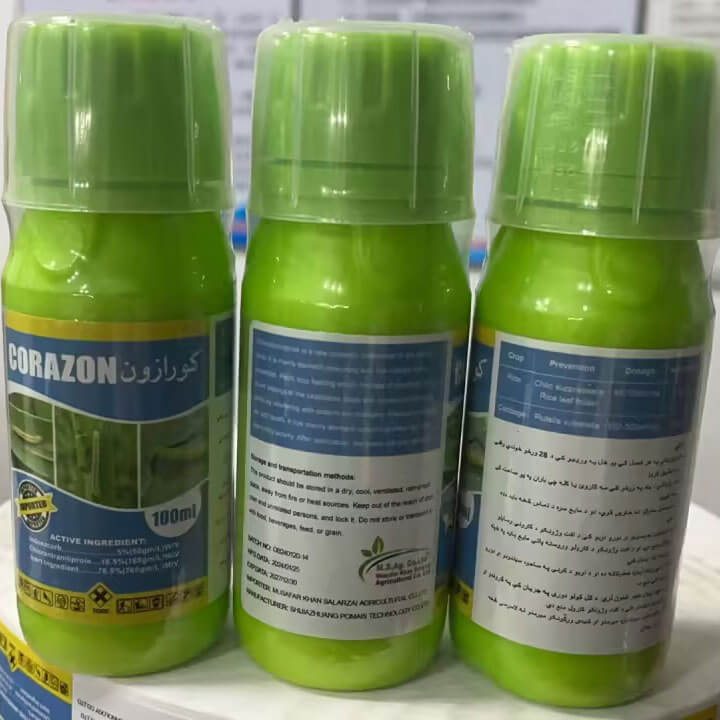
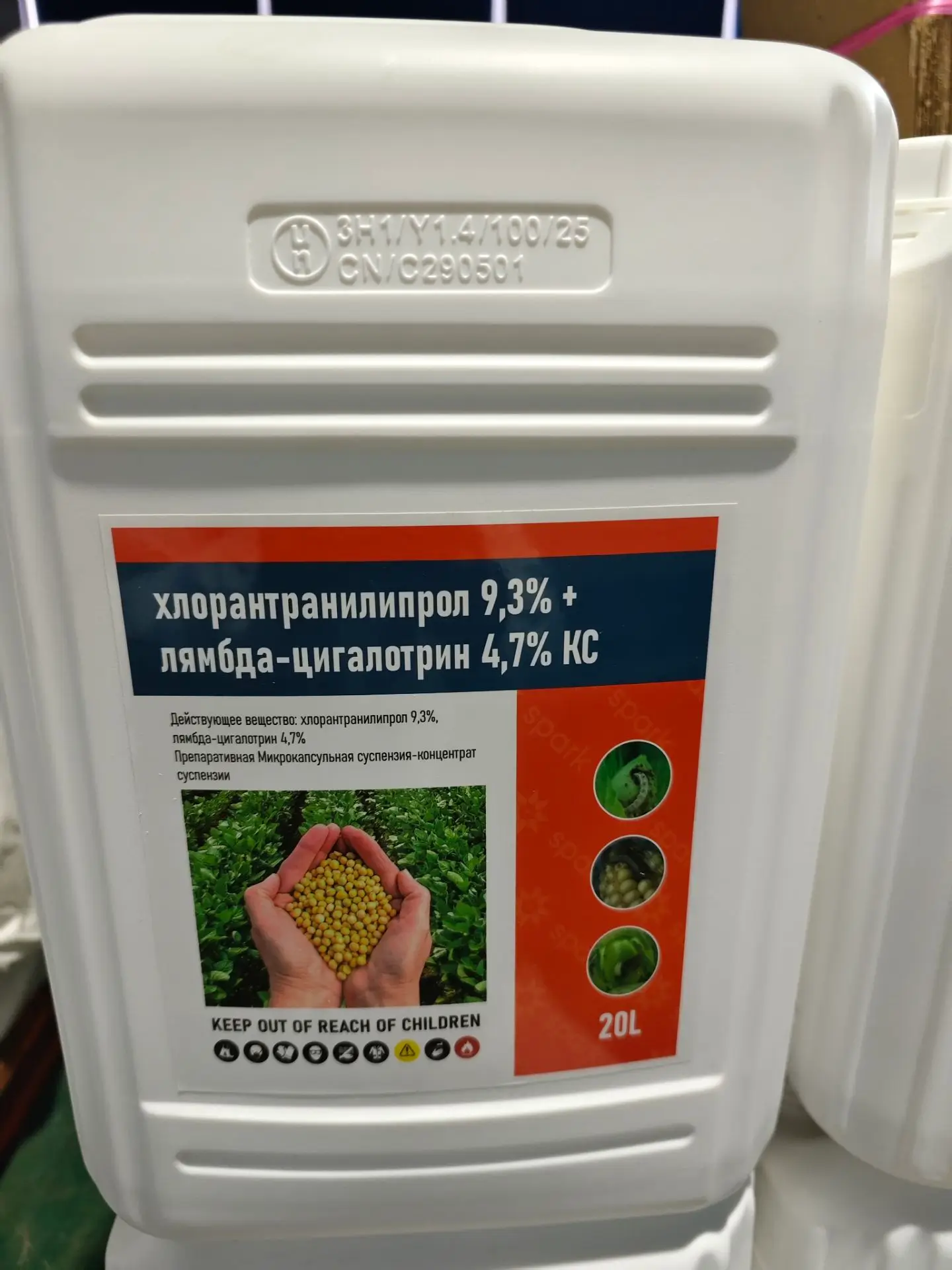
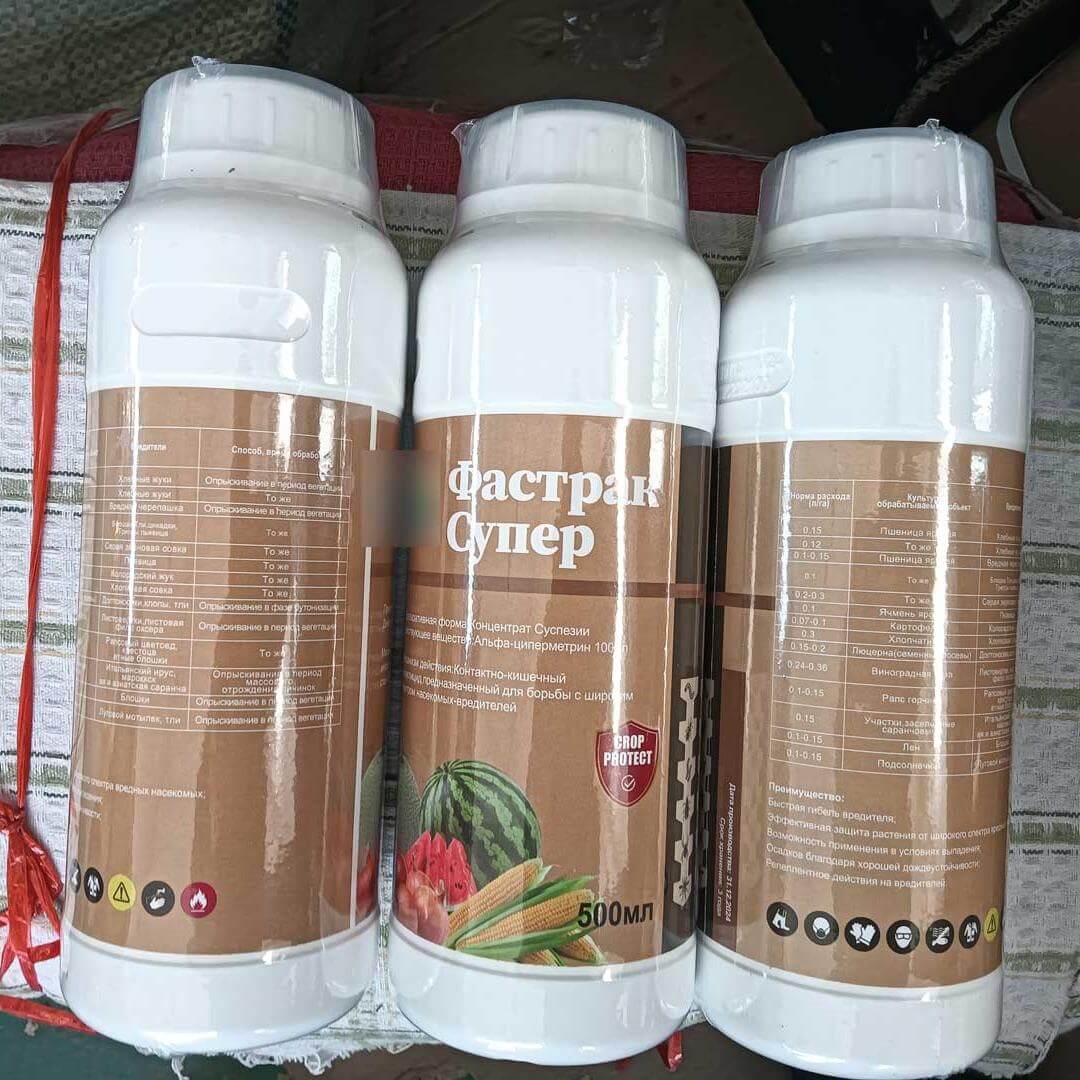
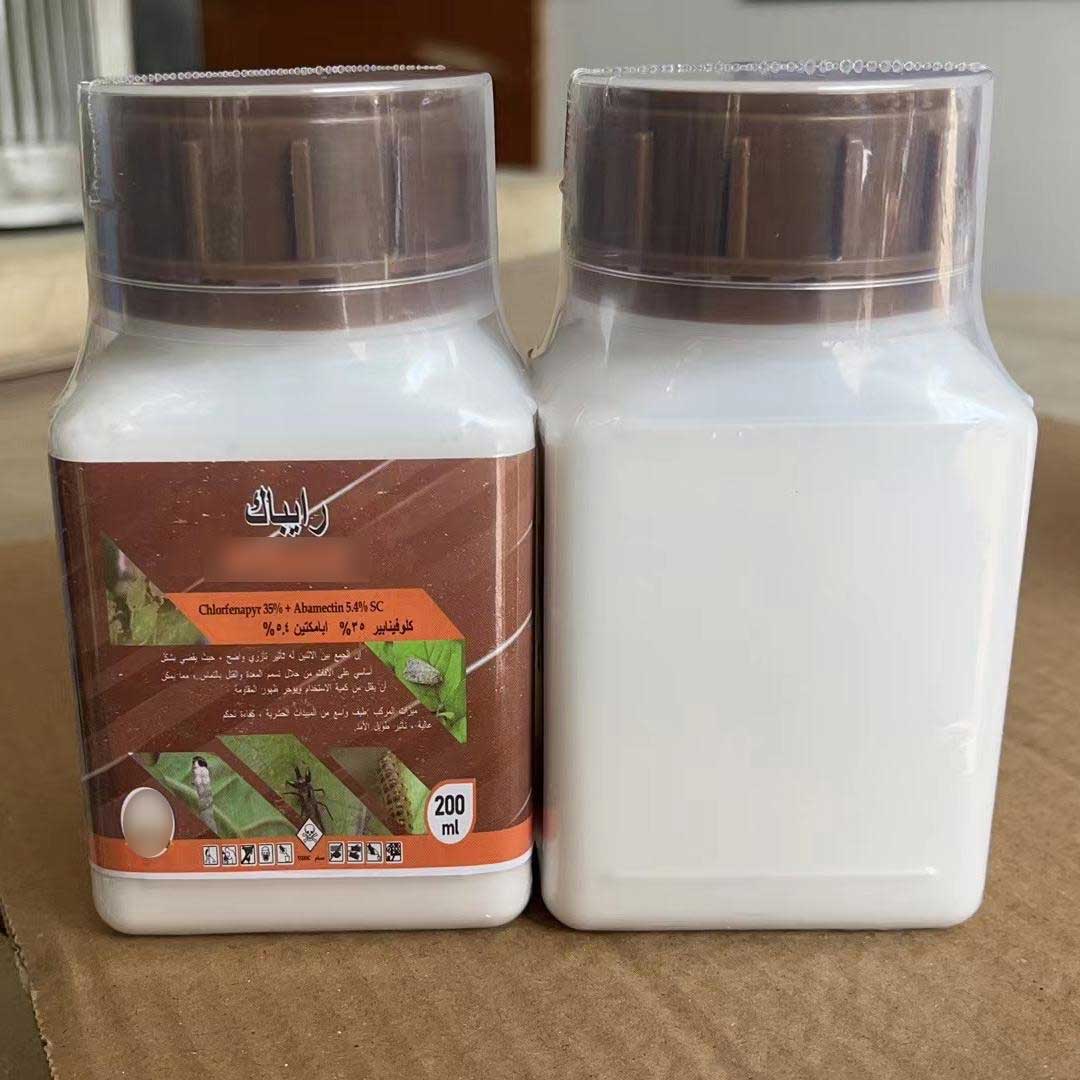
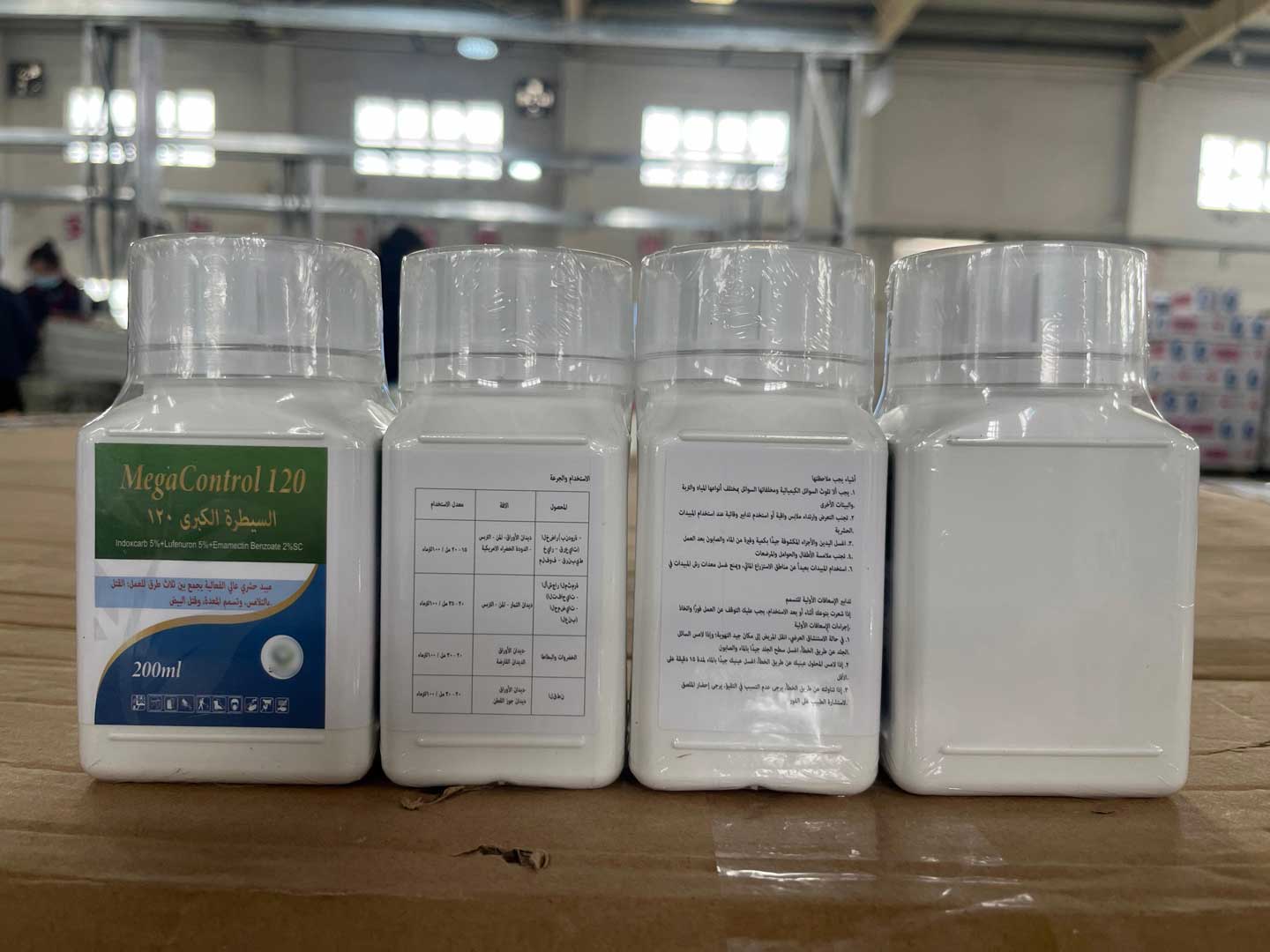
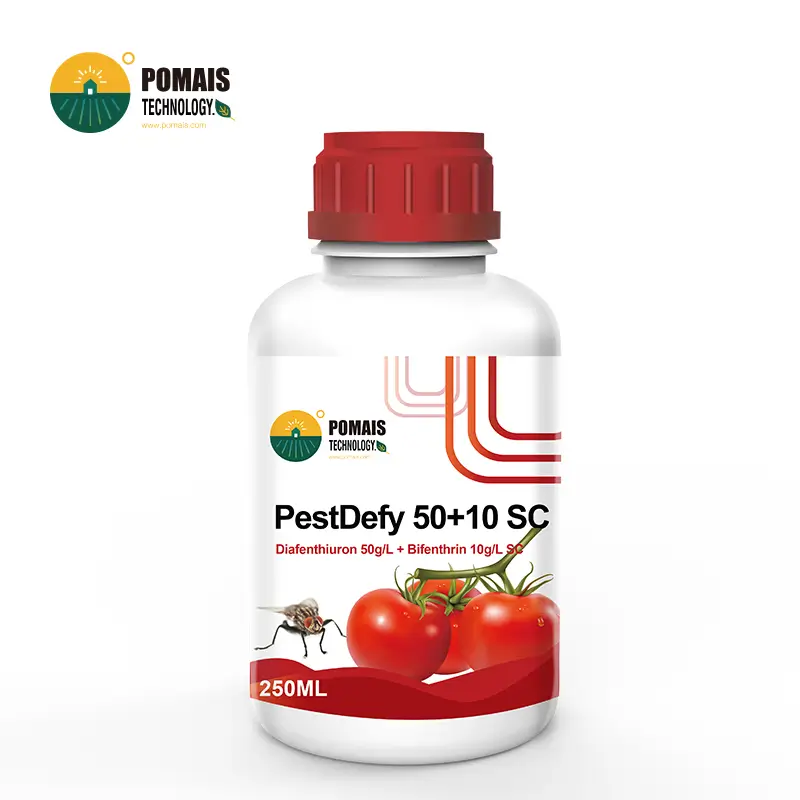
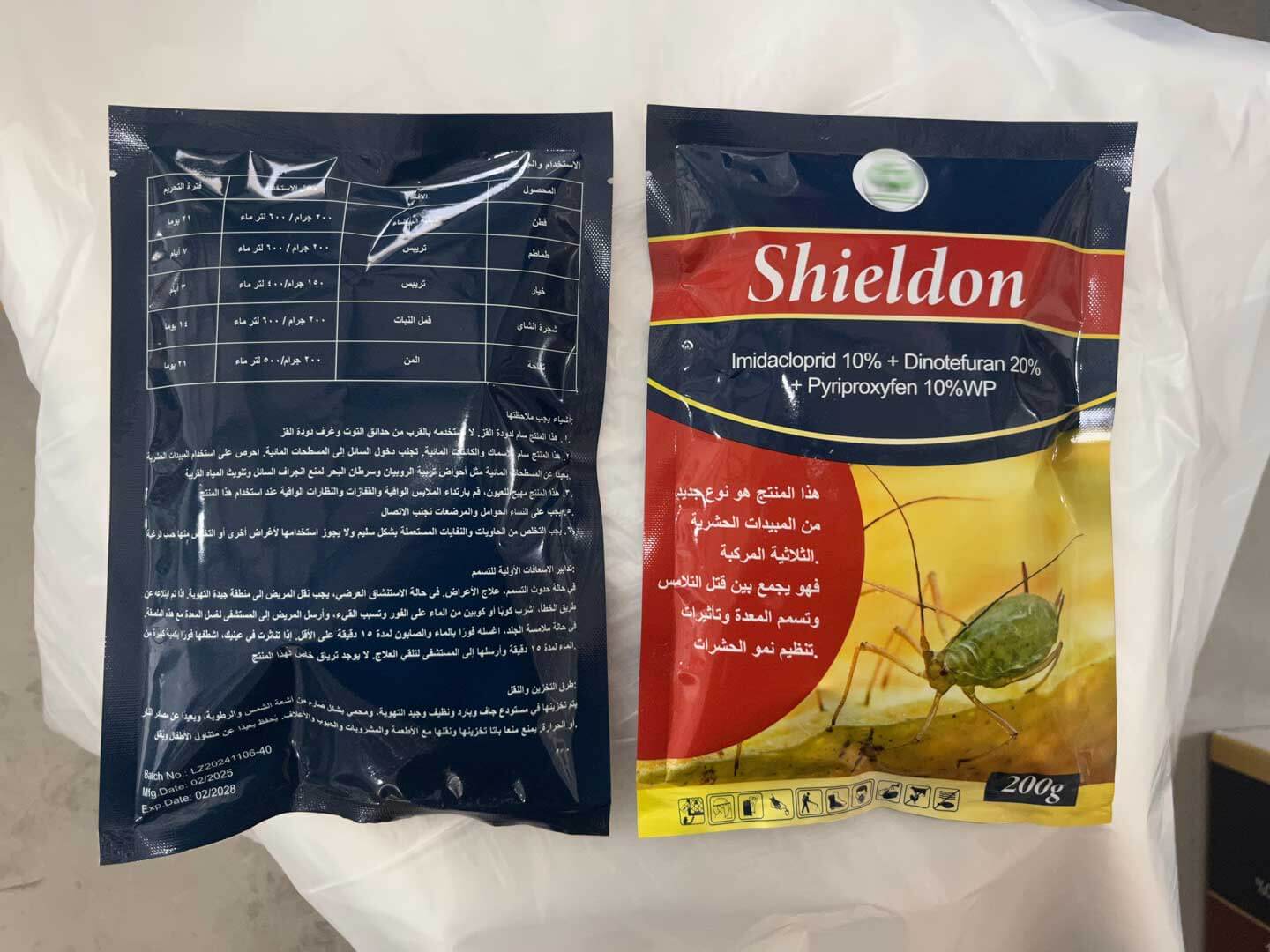
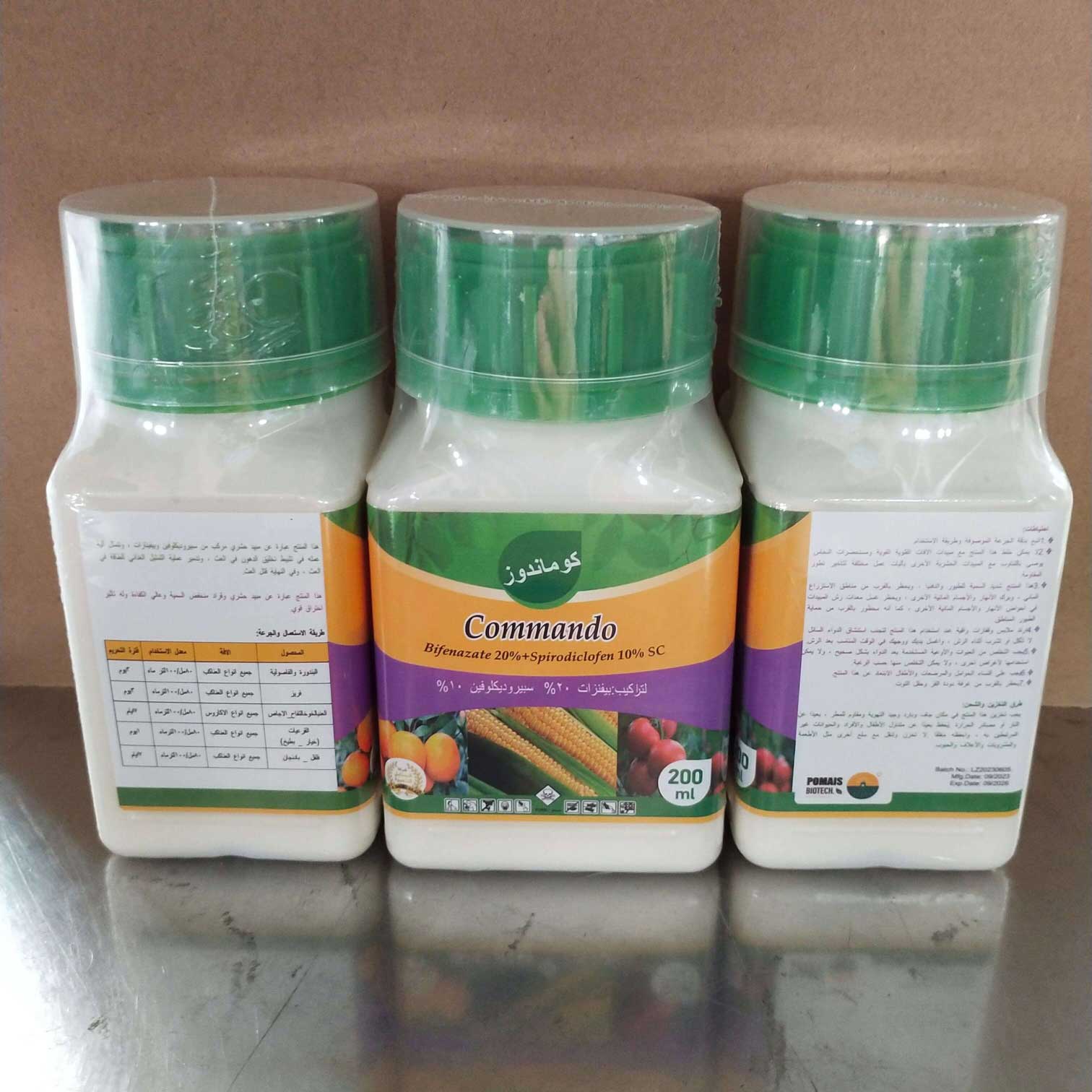
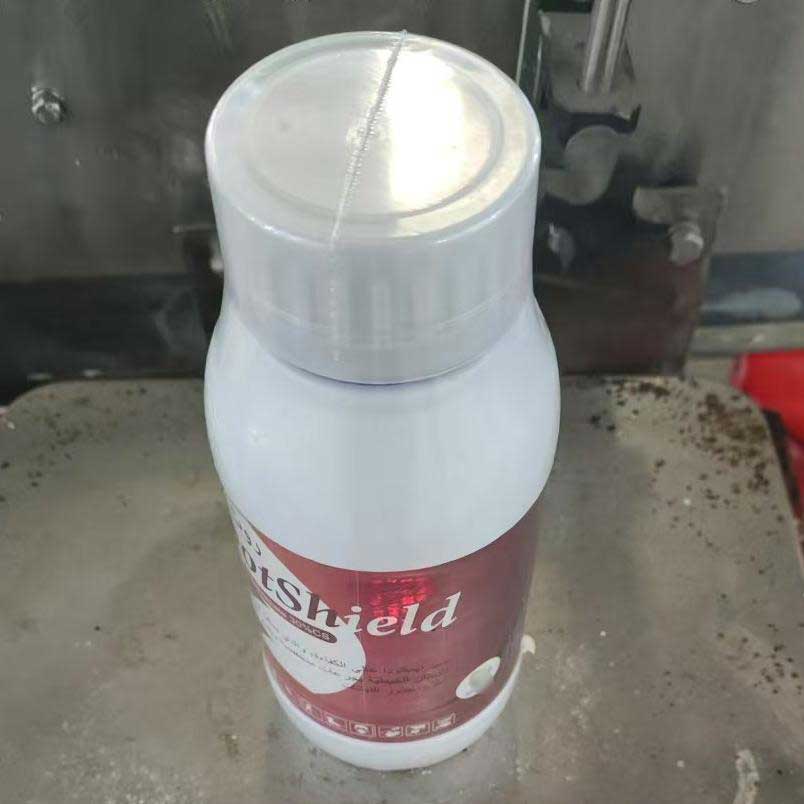
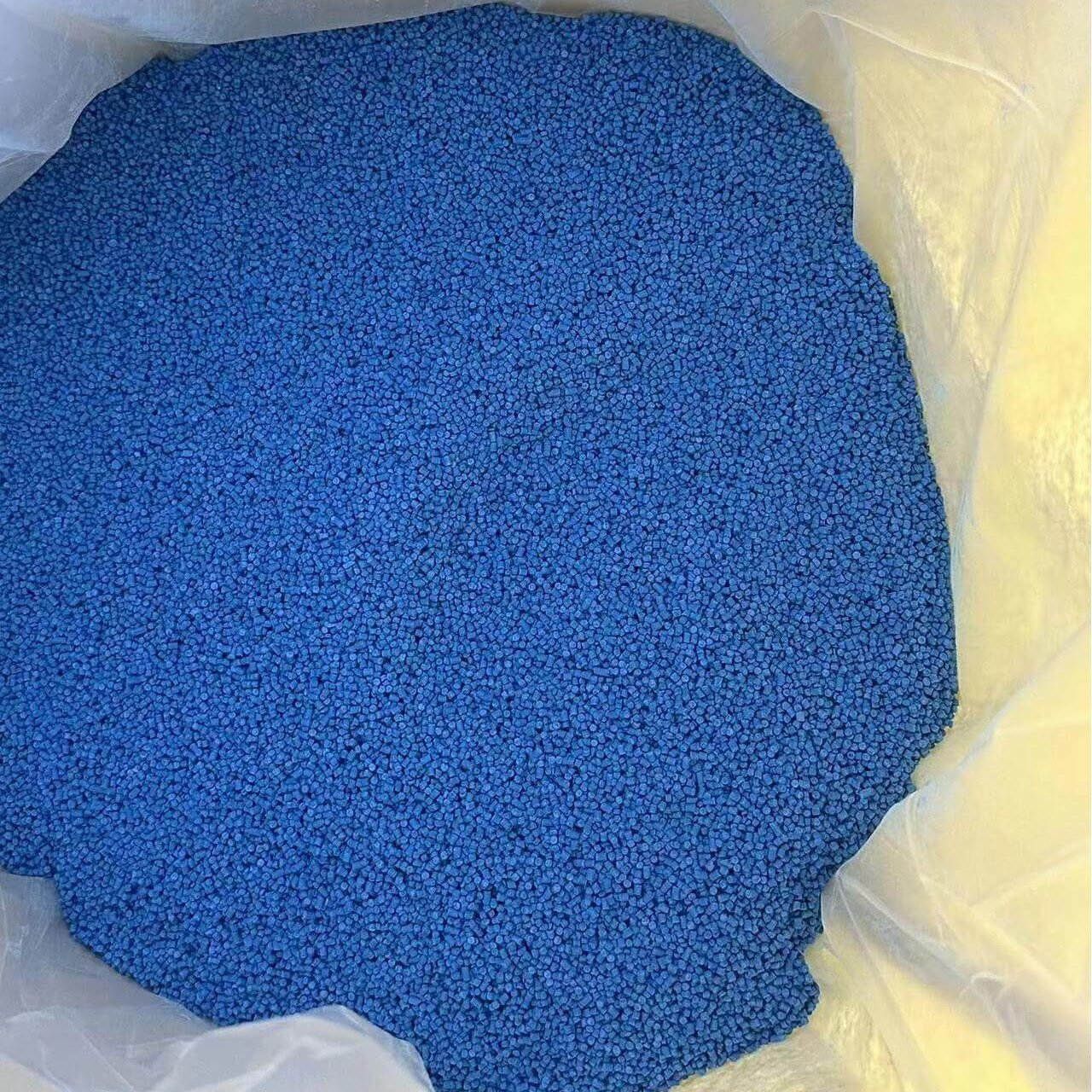
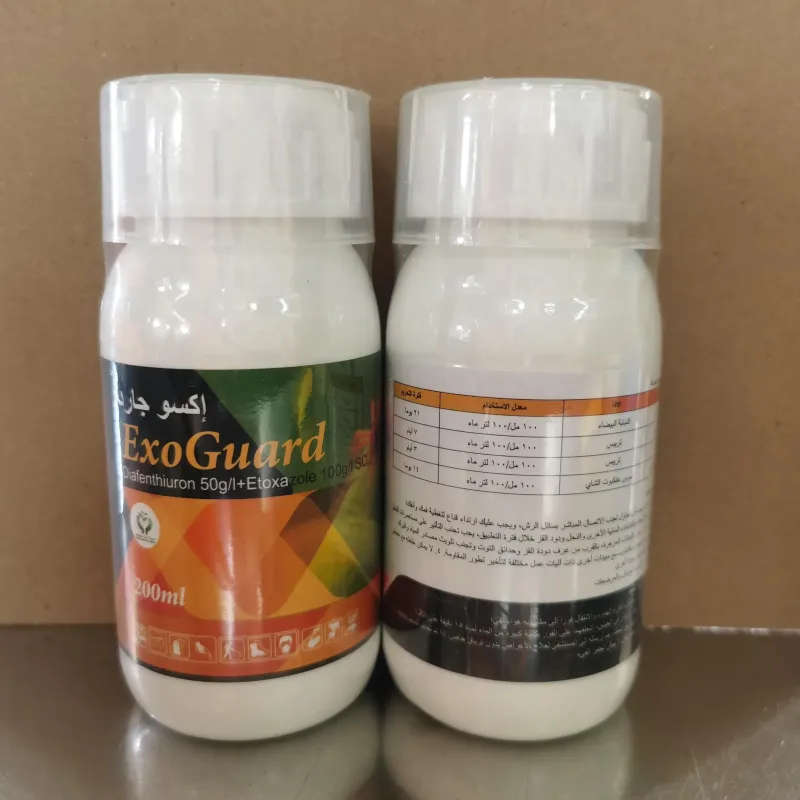
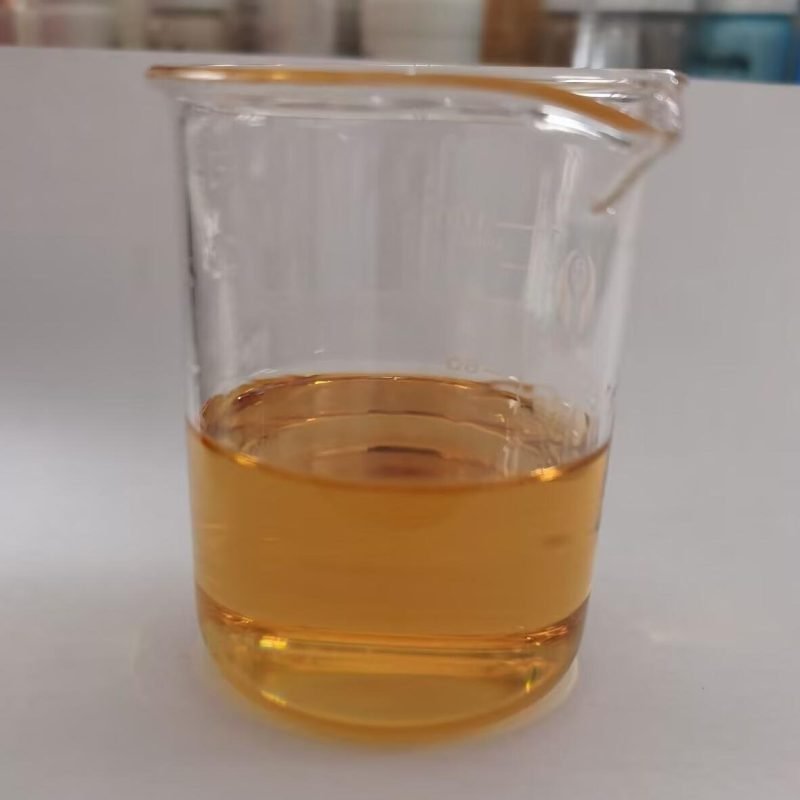
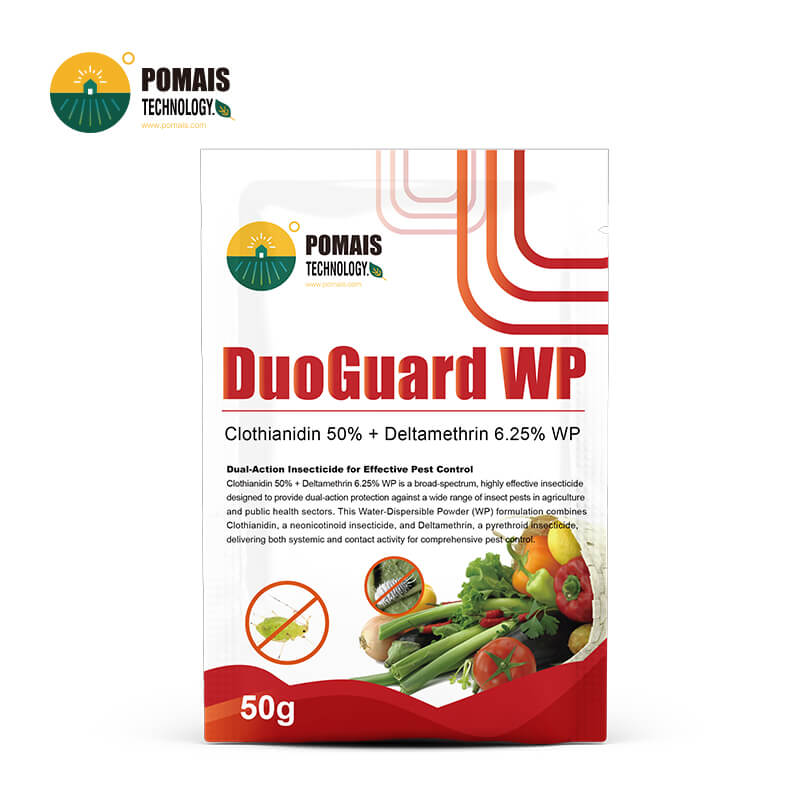
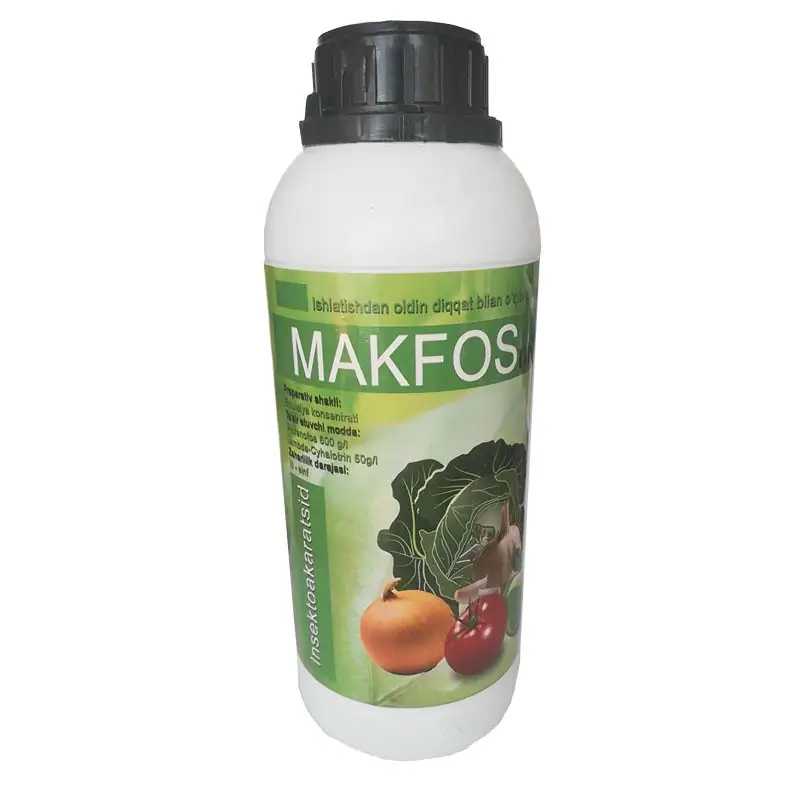
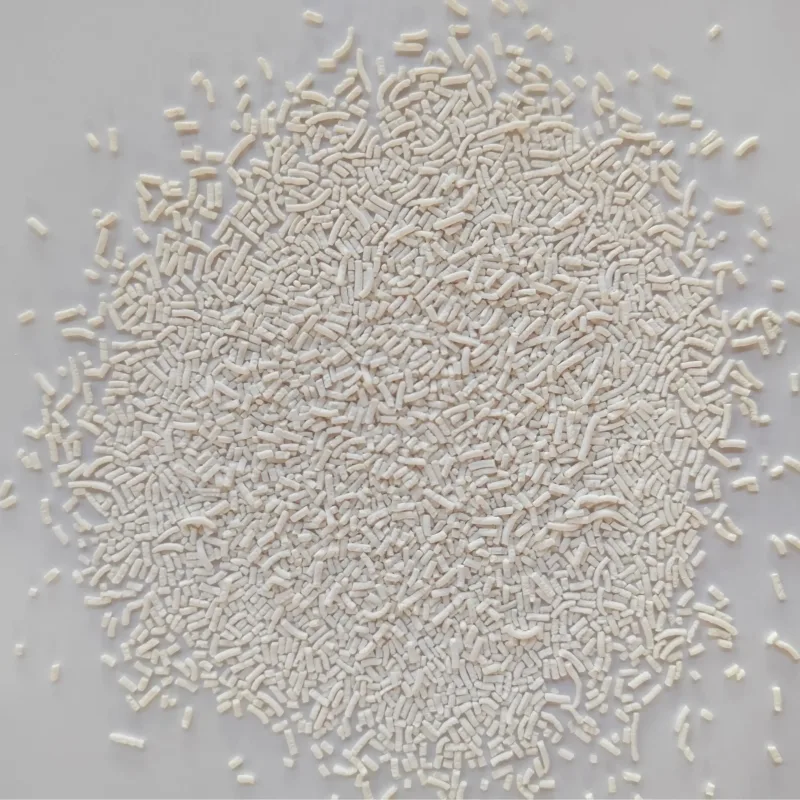
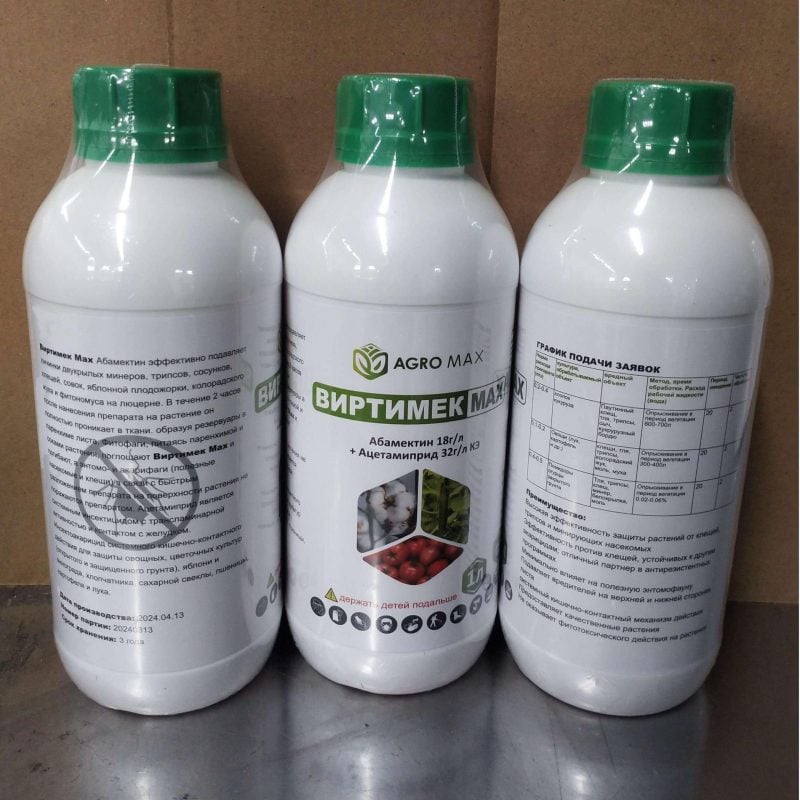
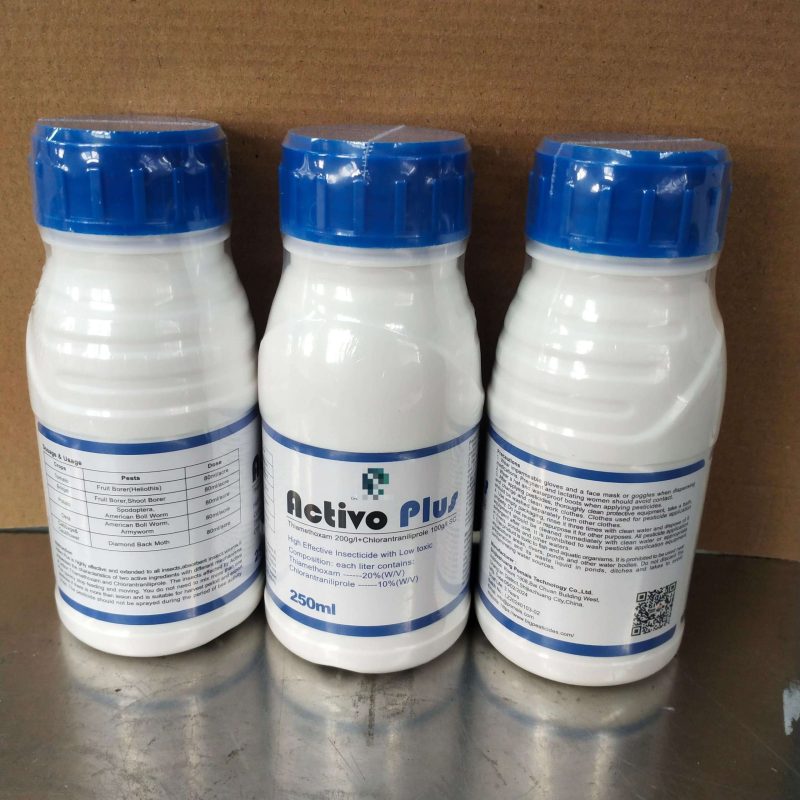
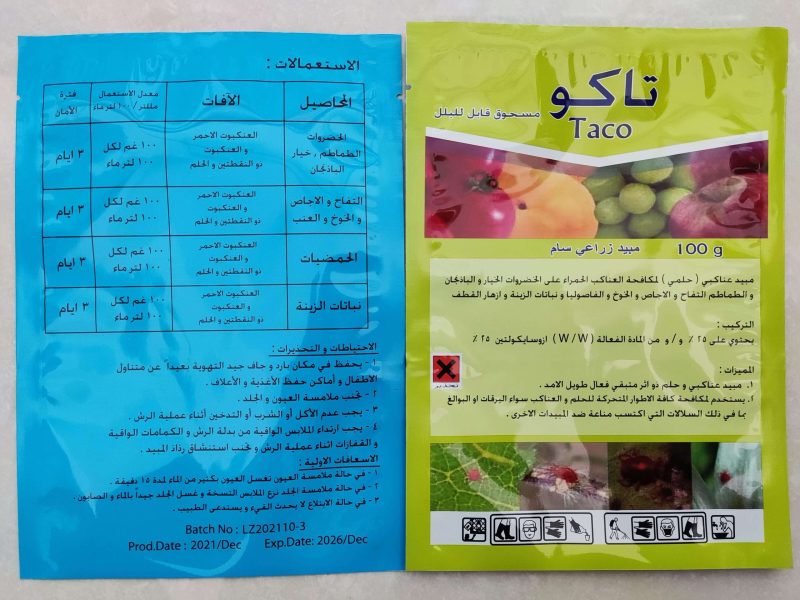
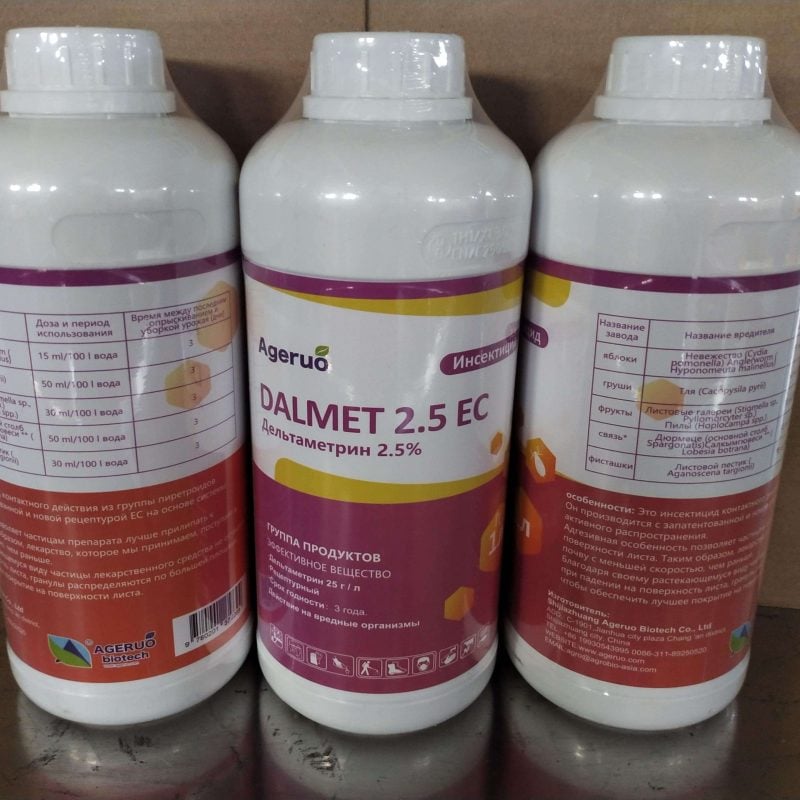
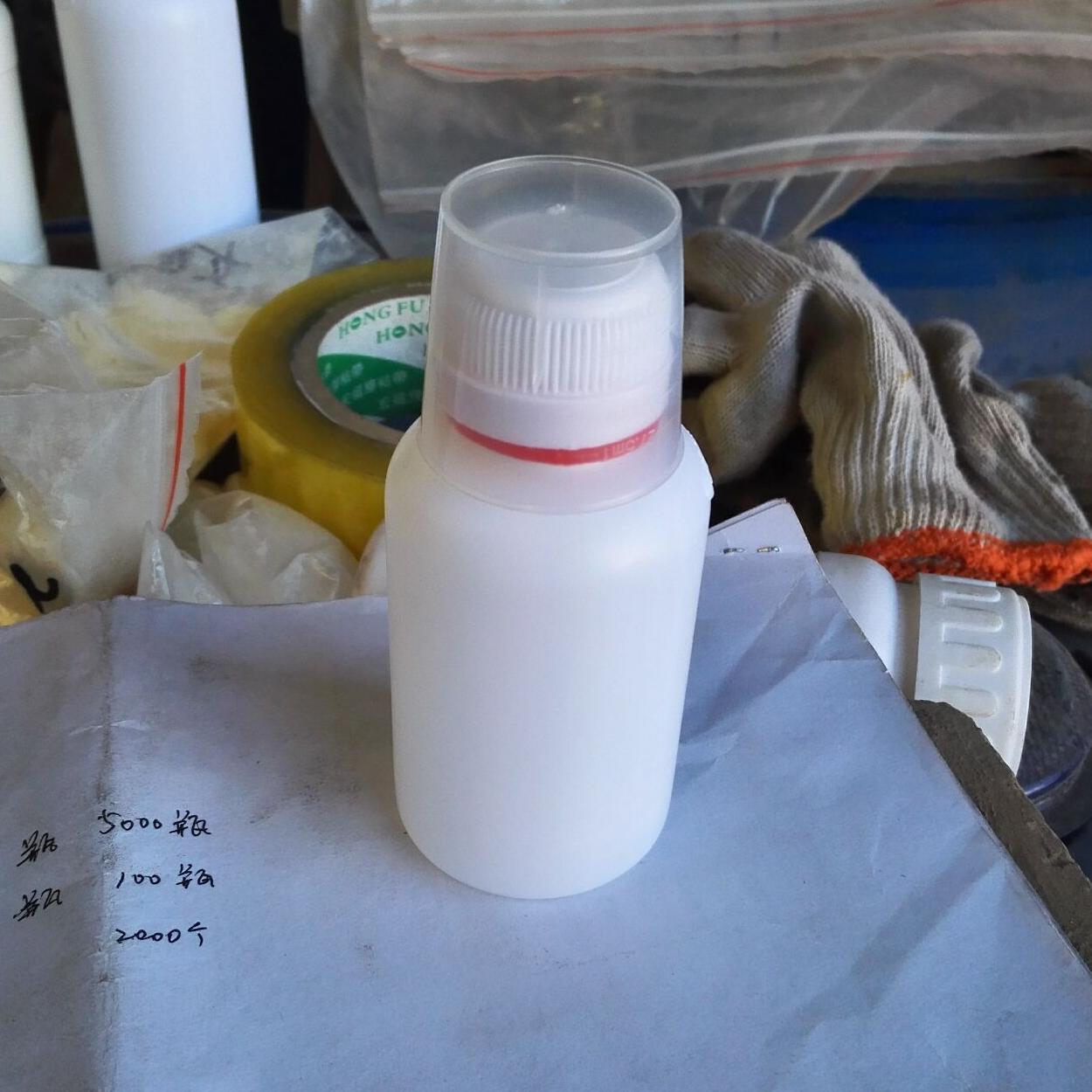
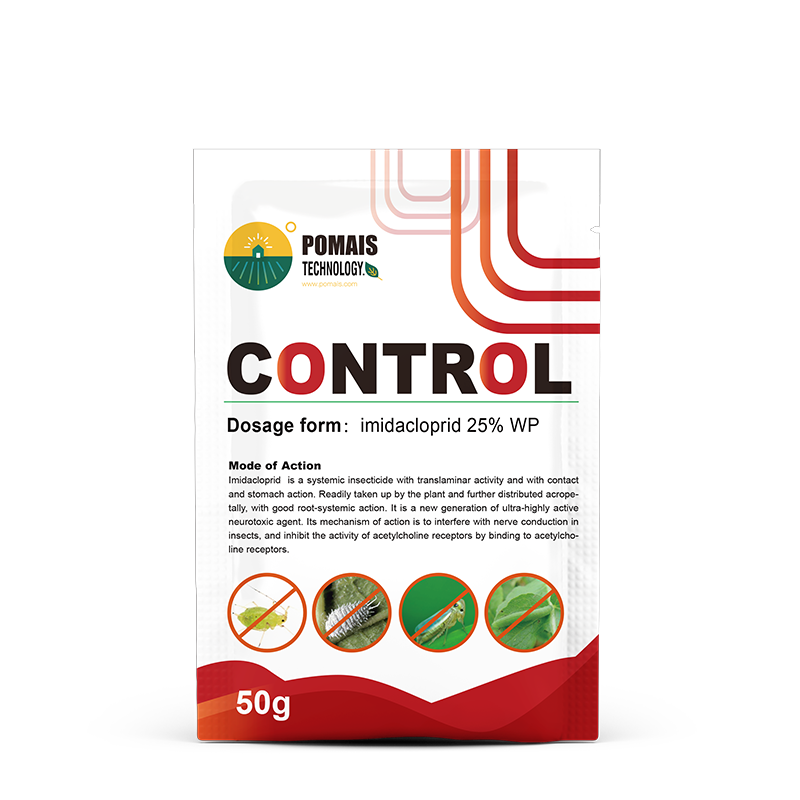

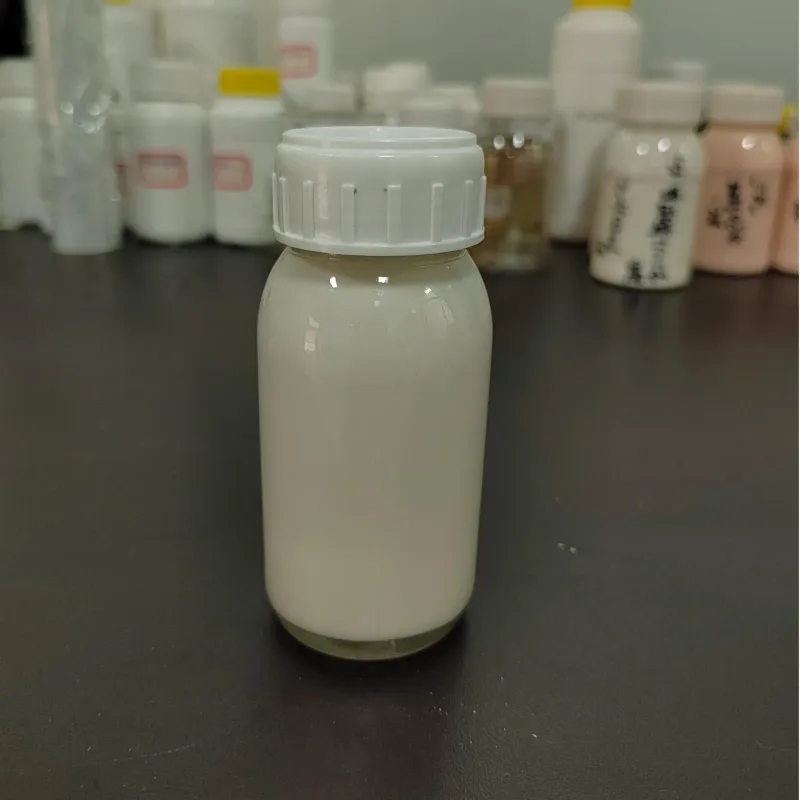


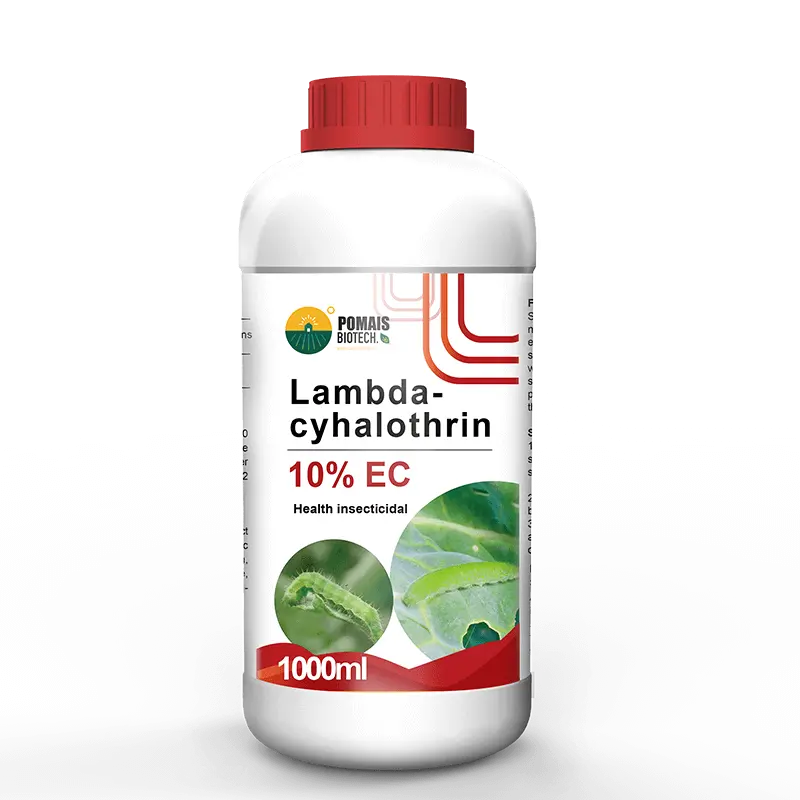

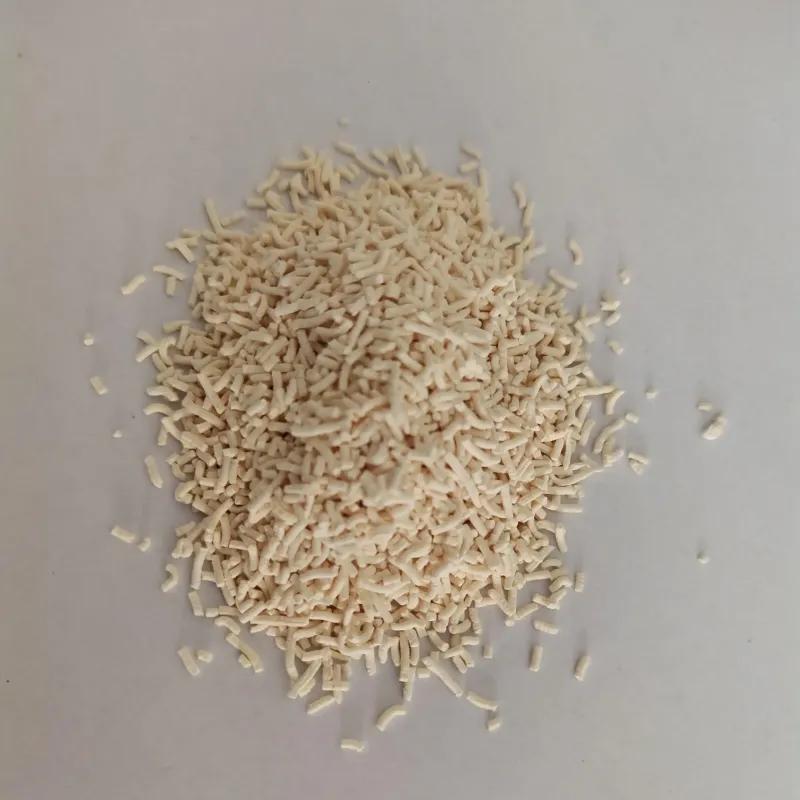
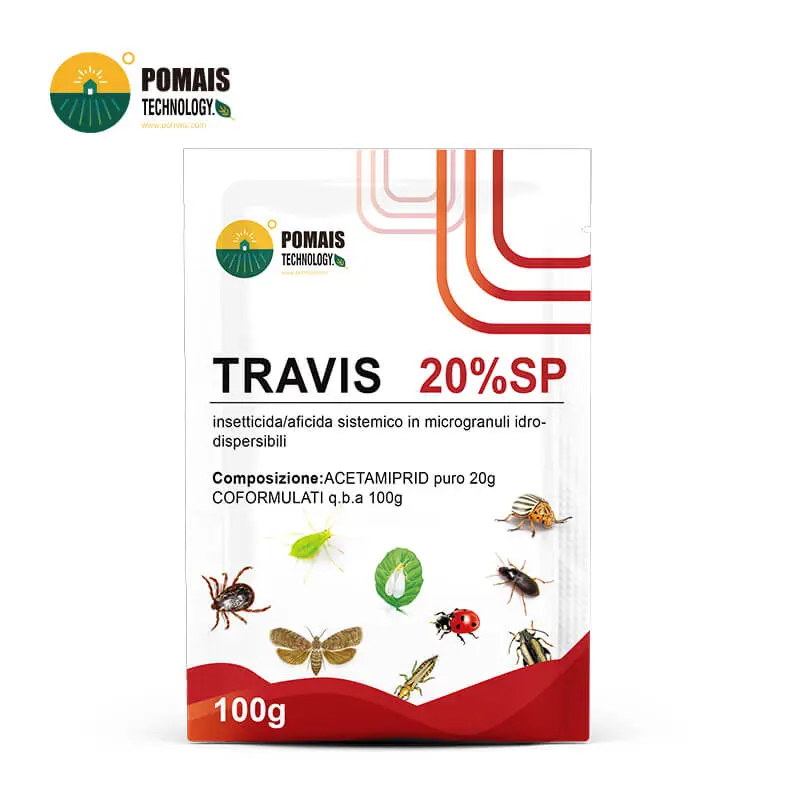
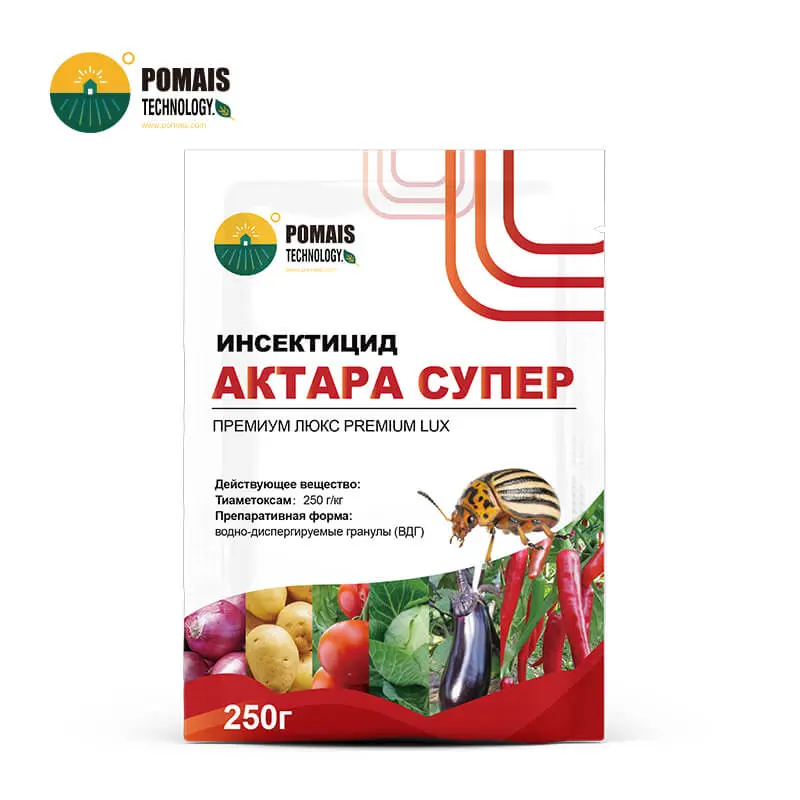
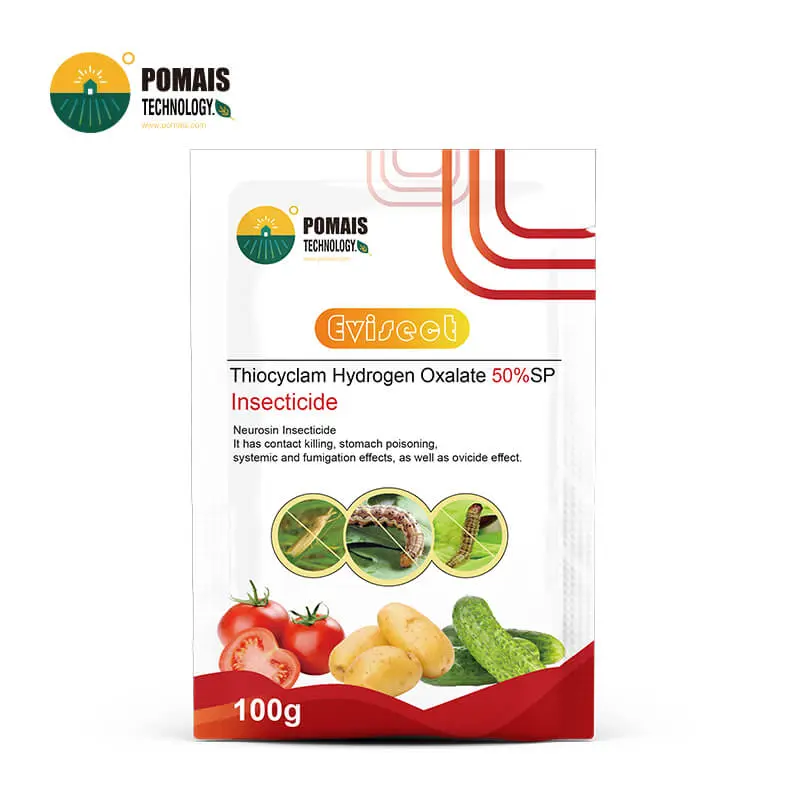
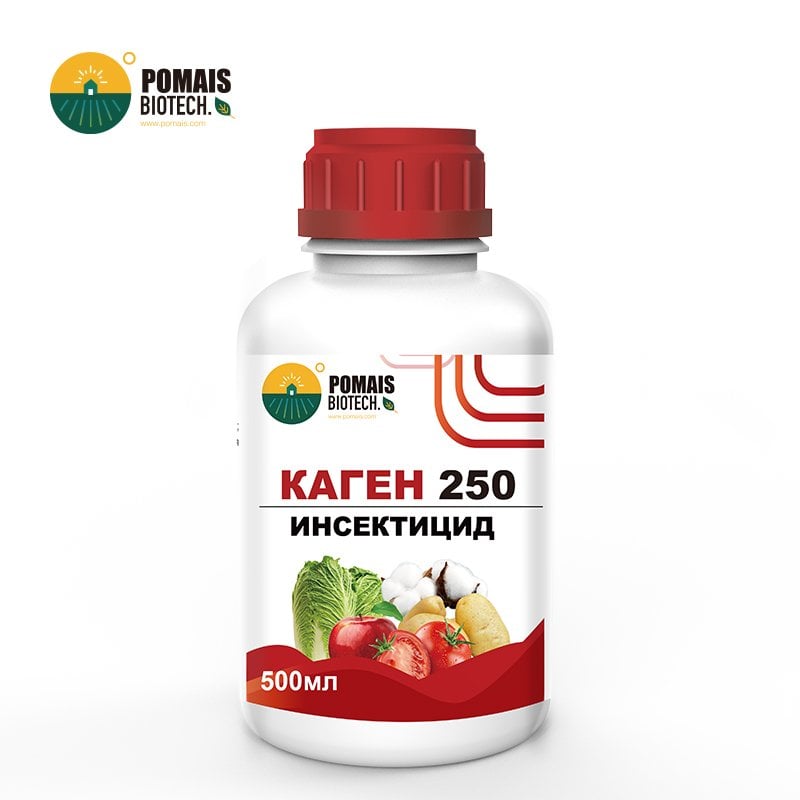
-40EC.jpg)
